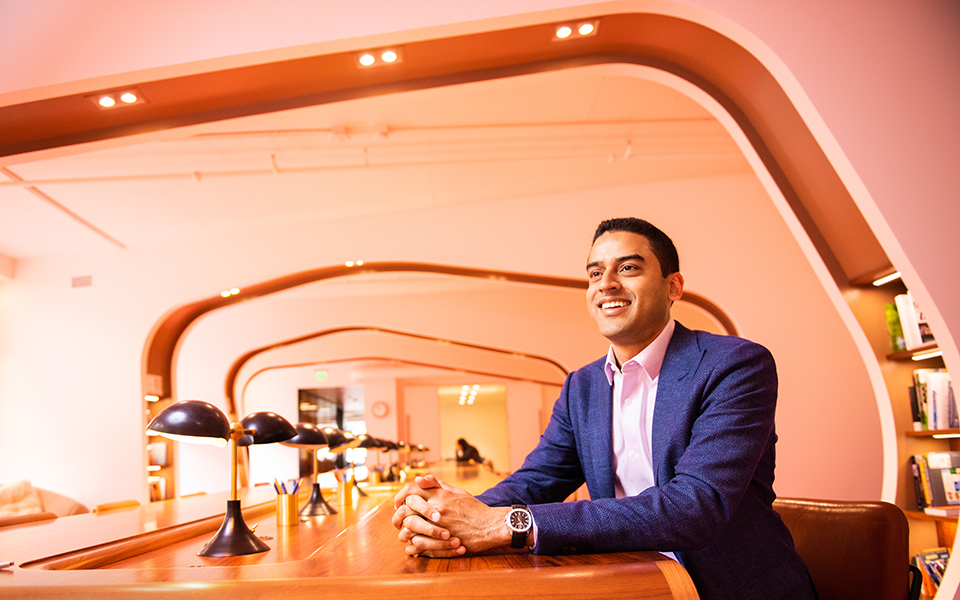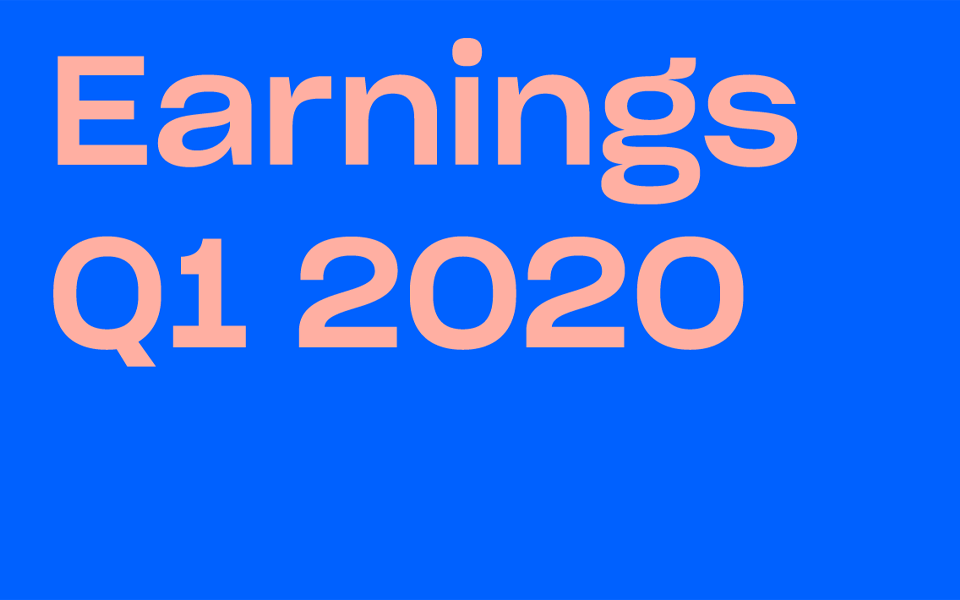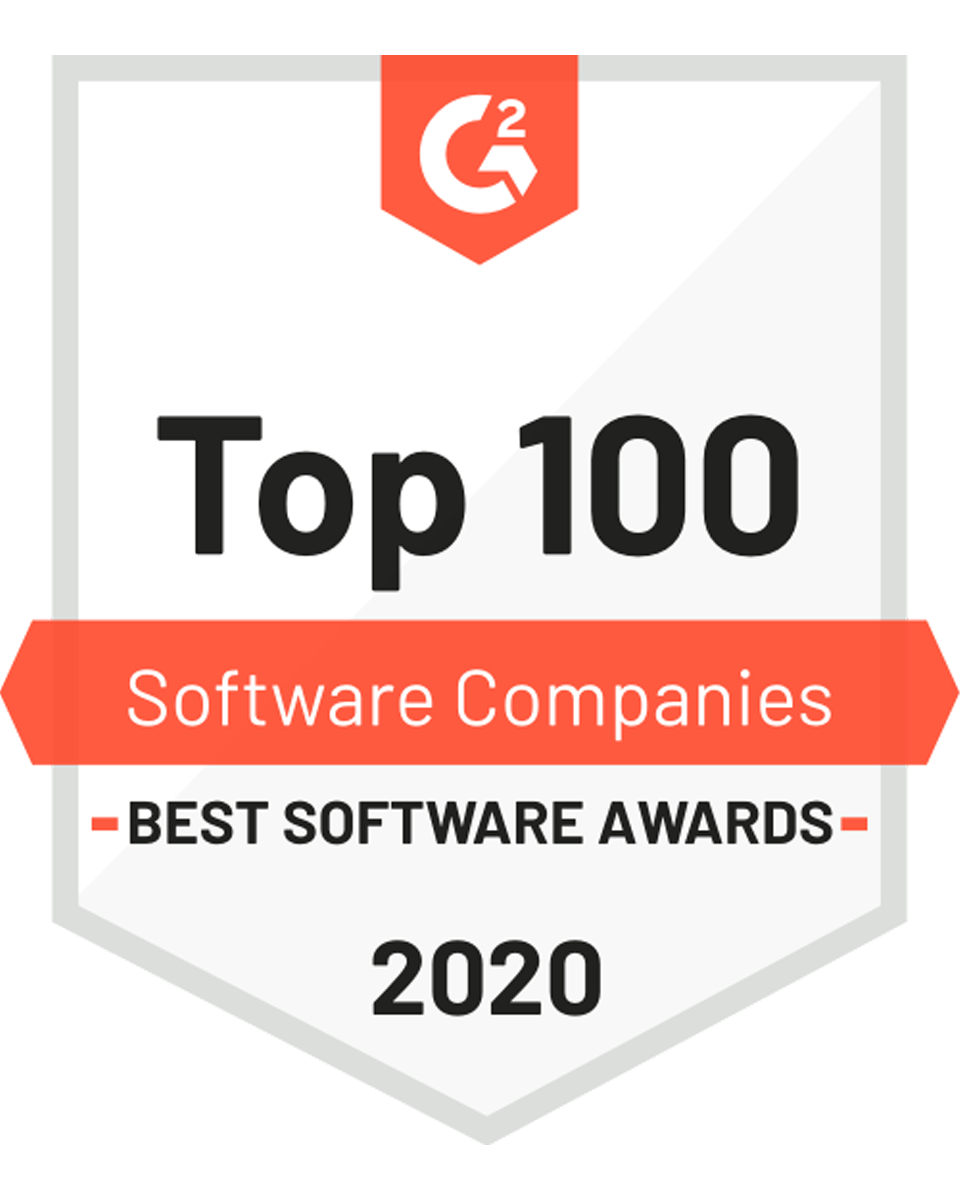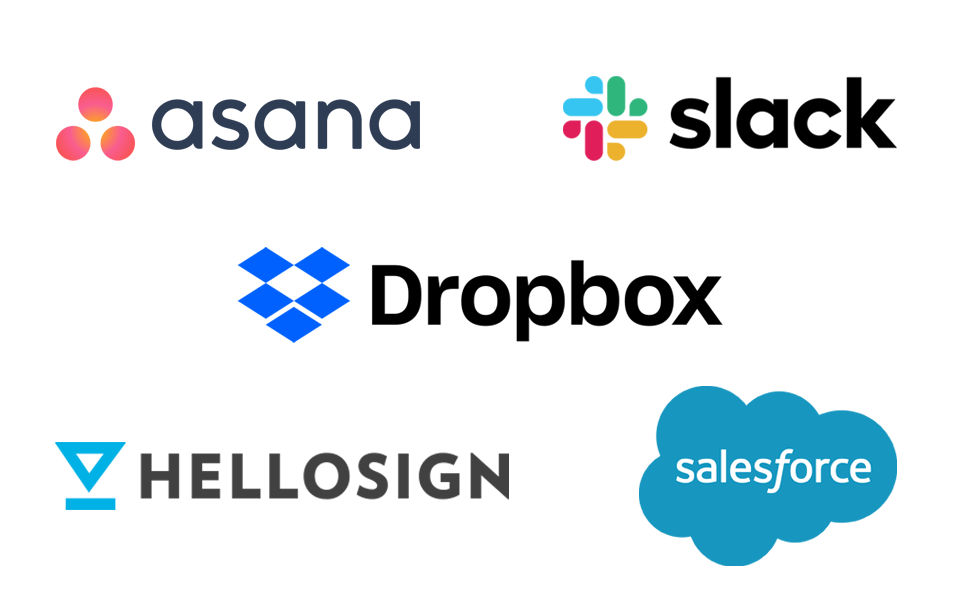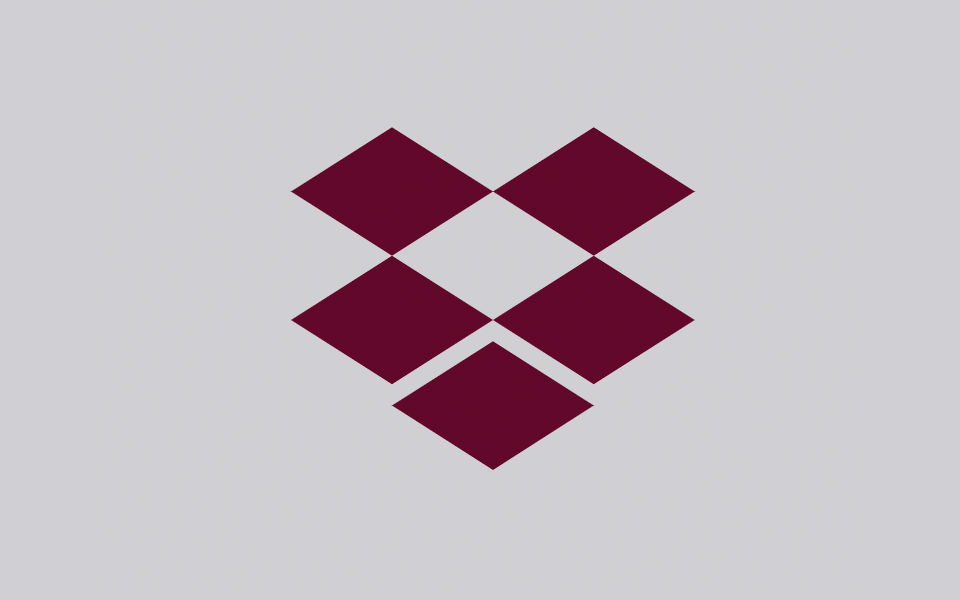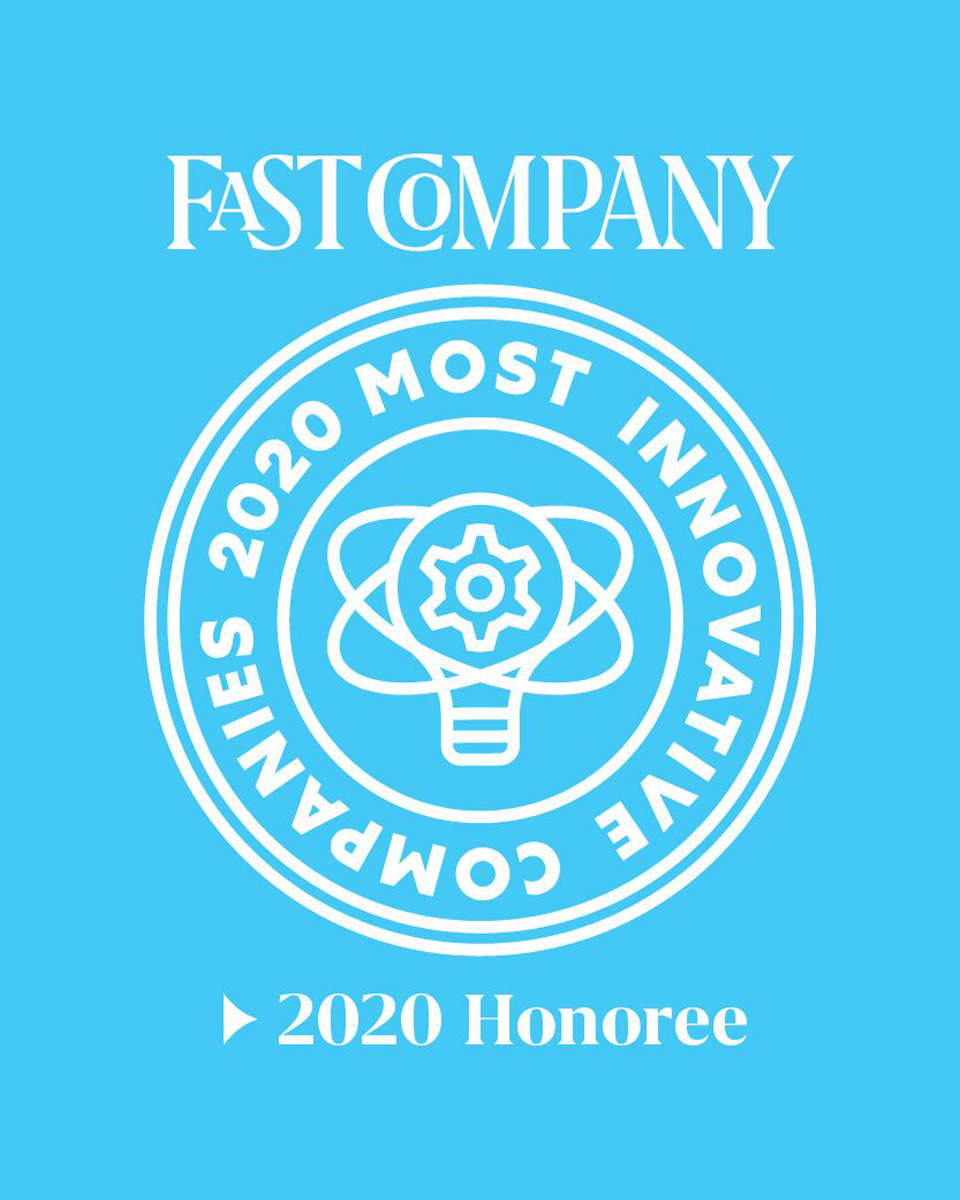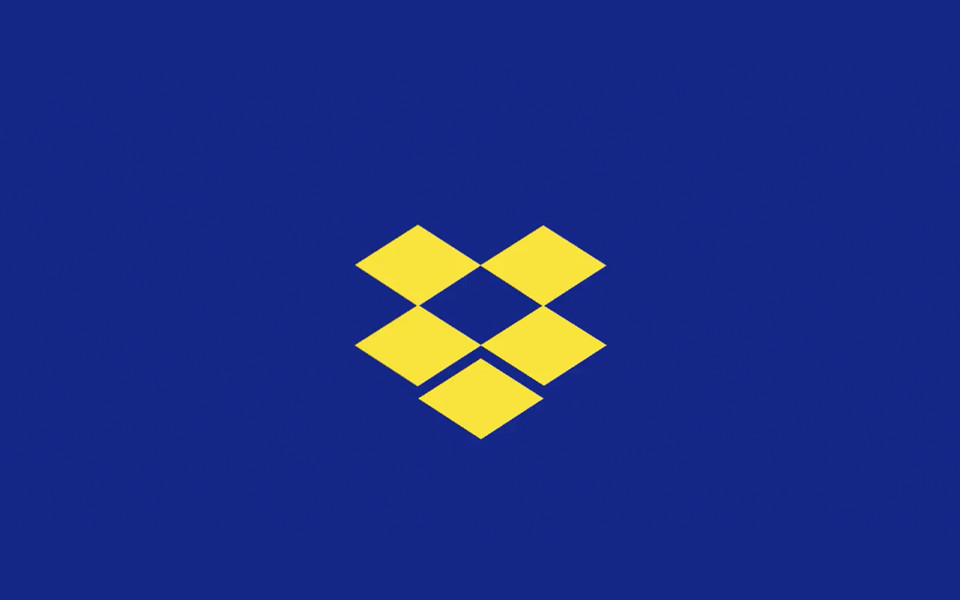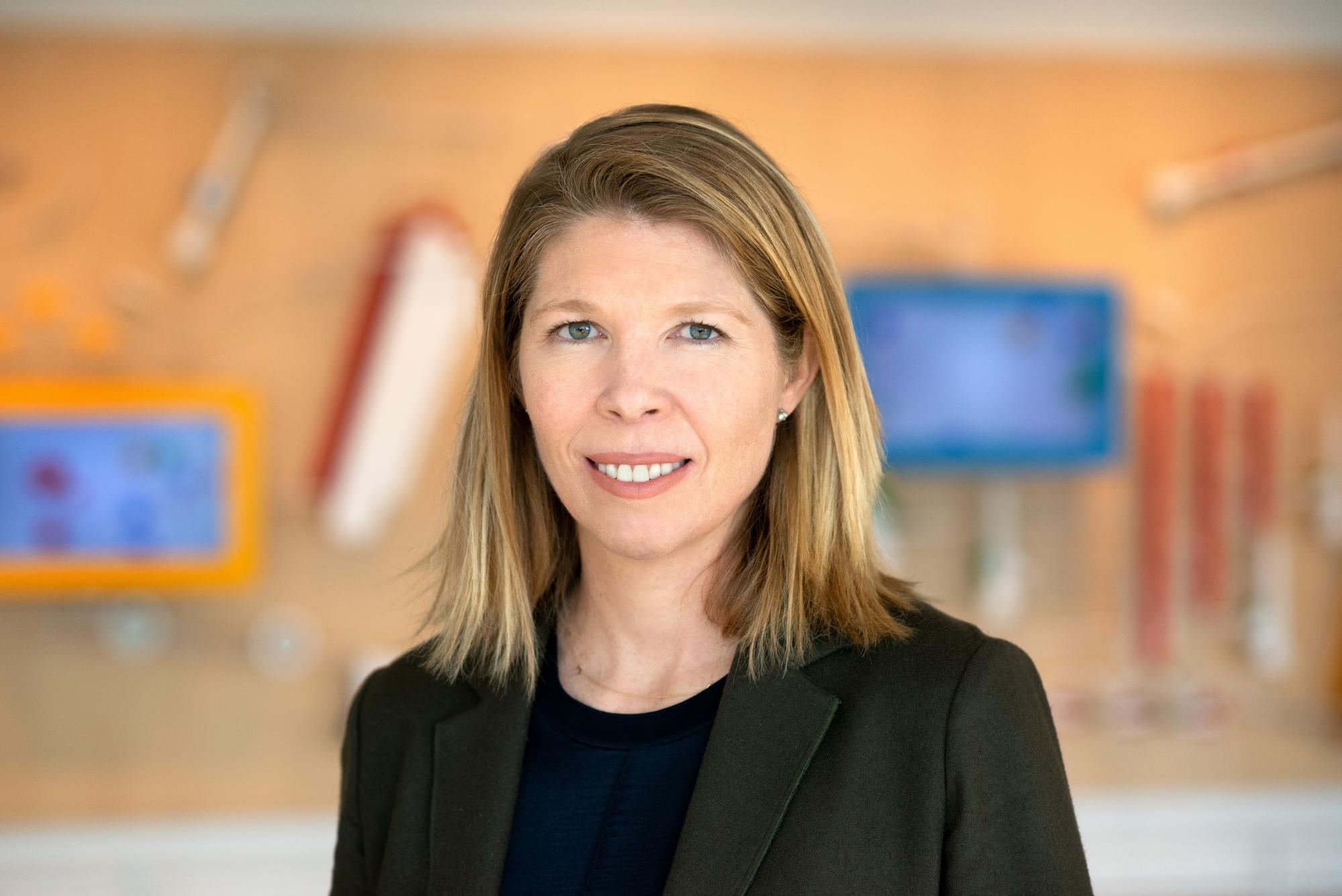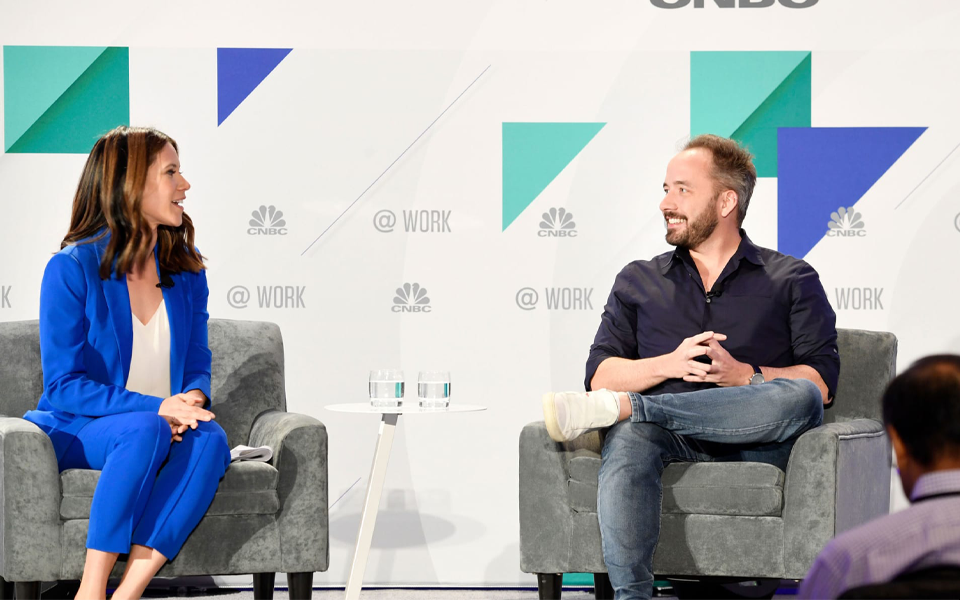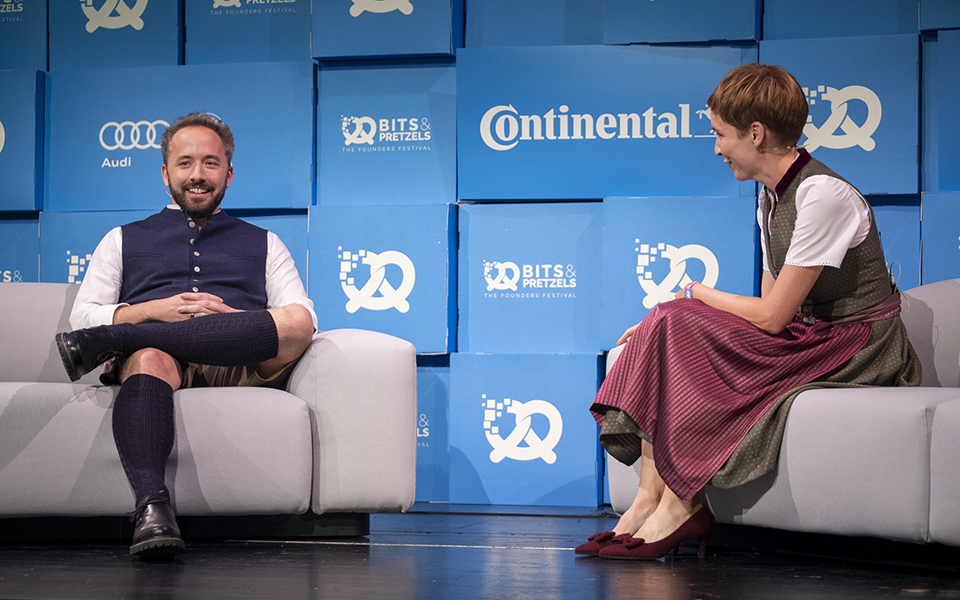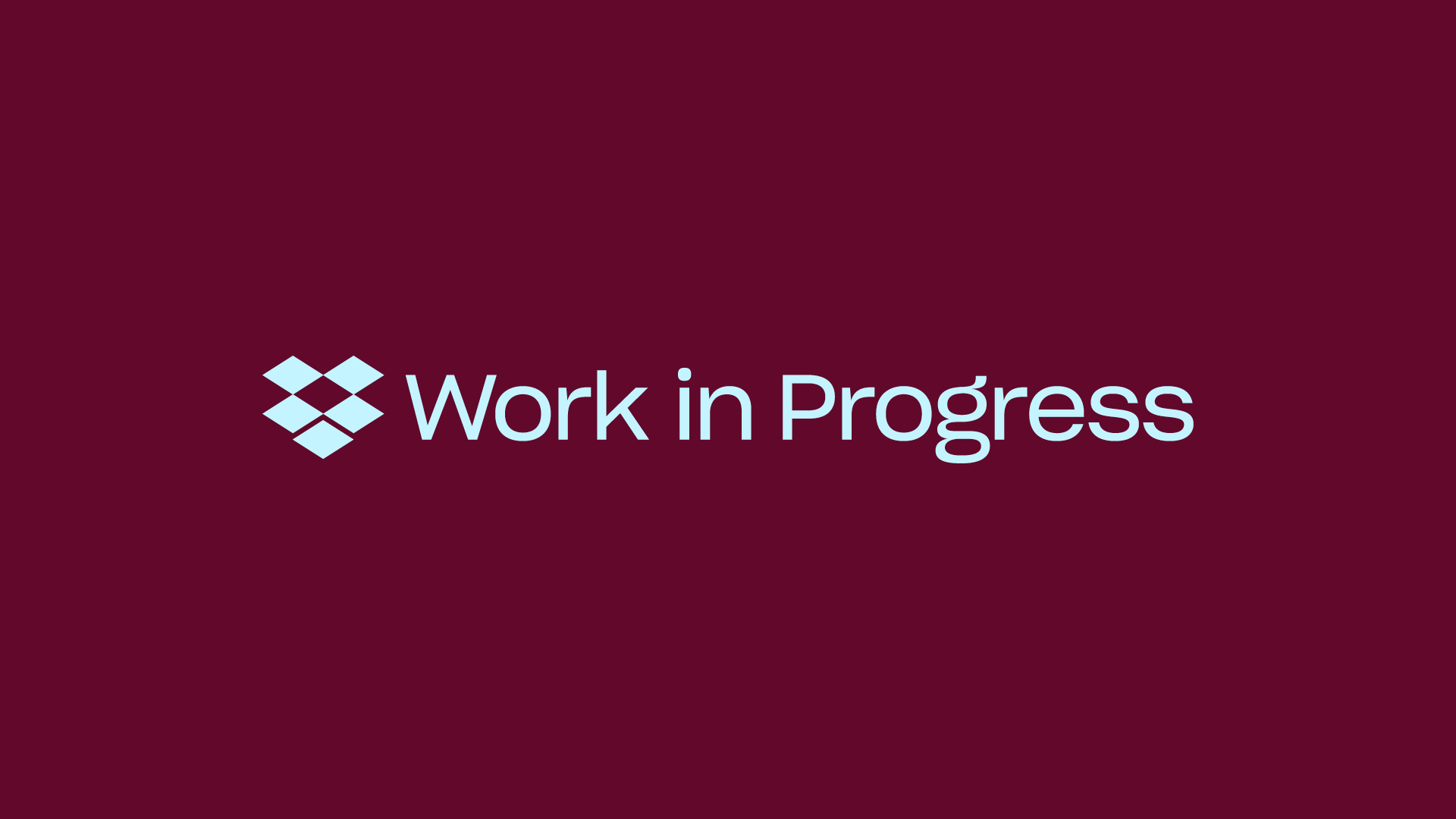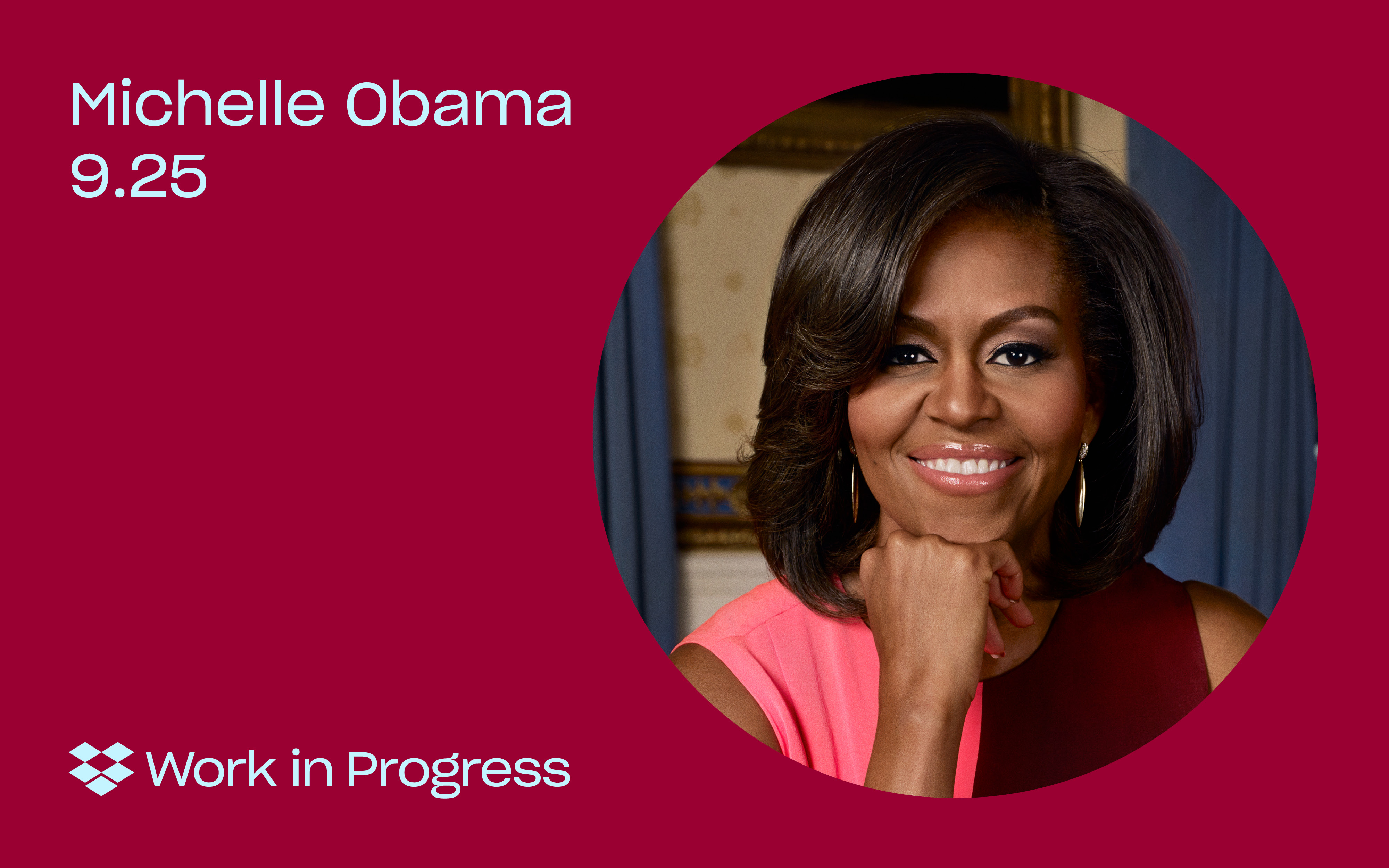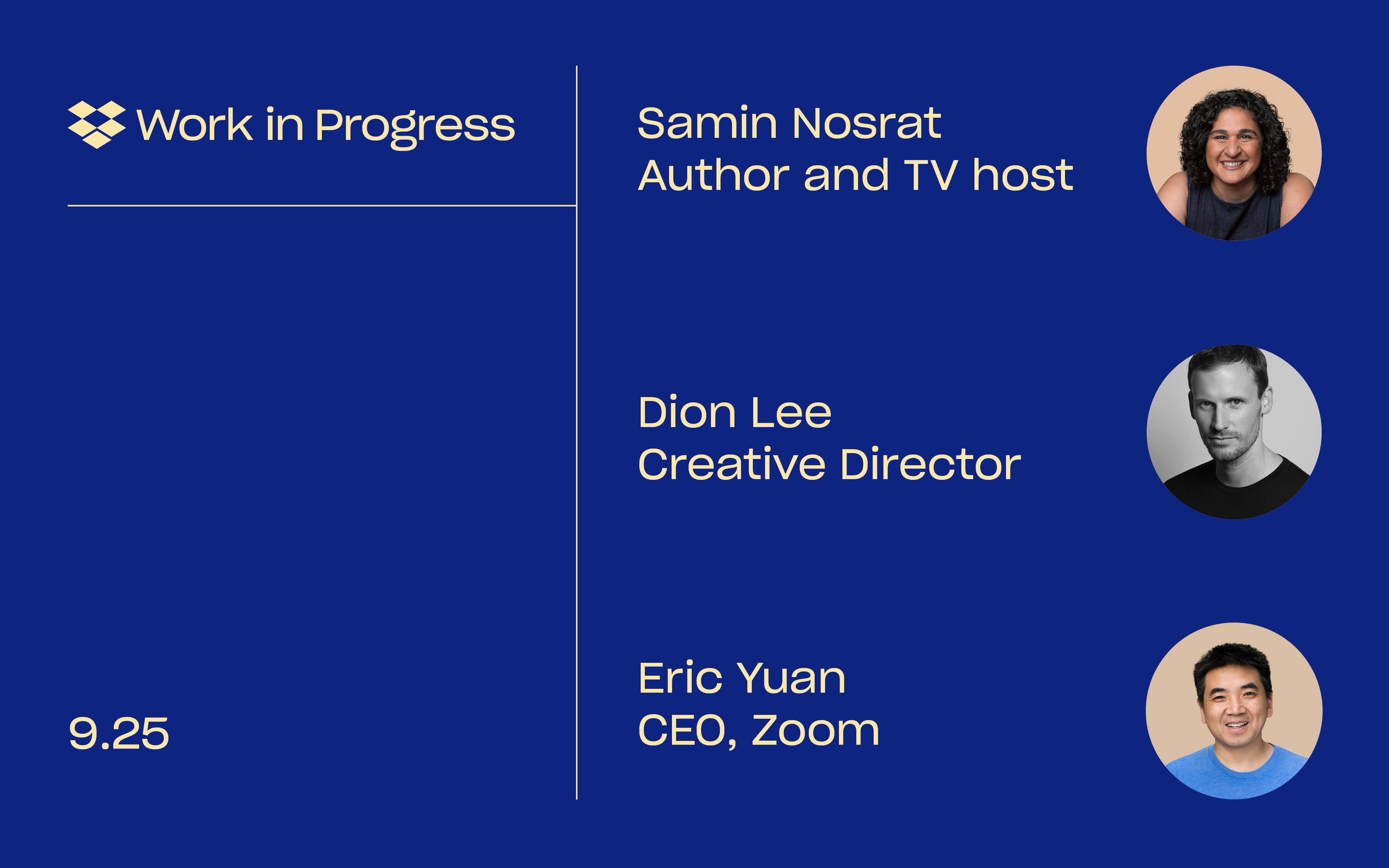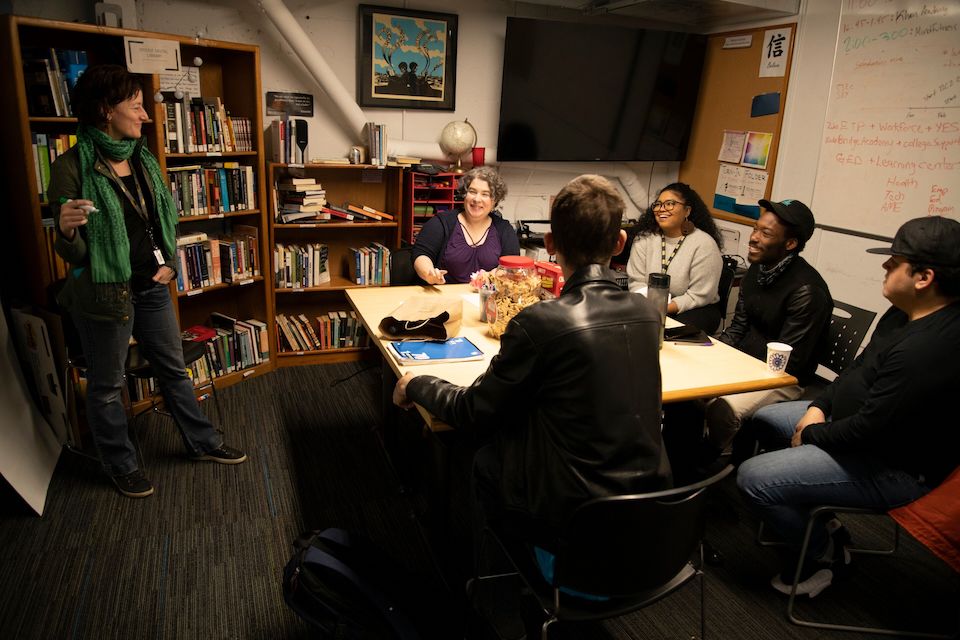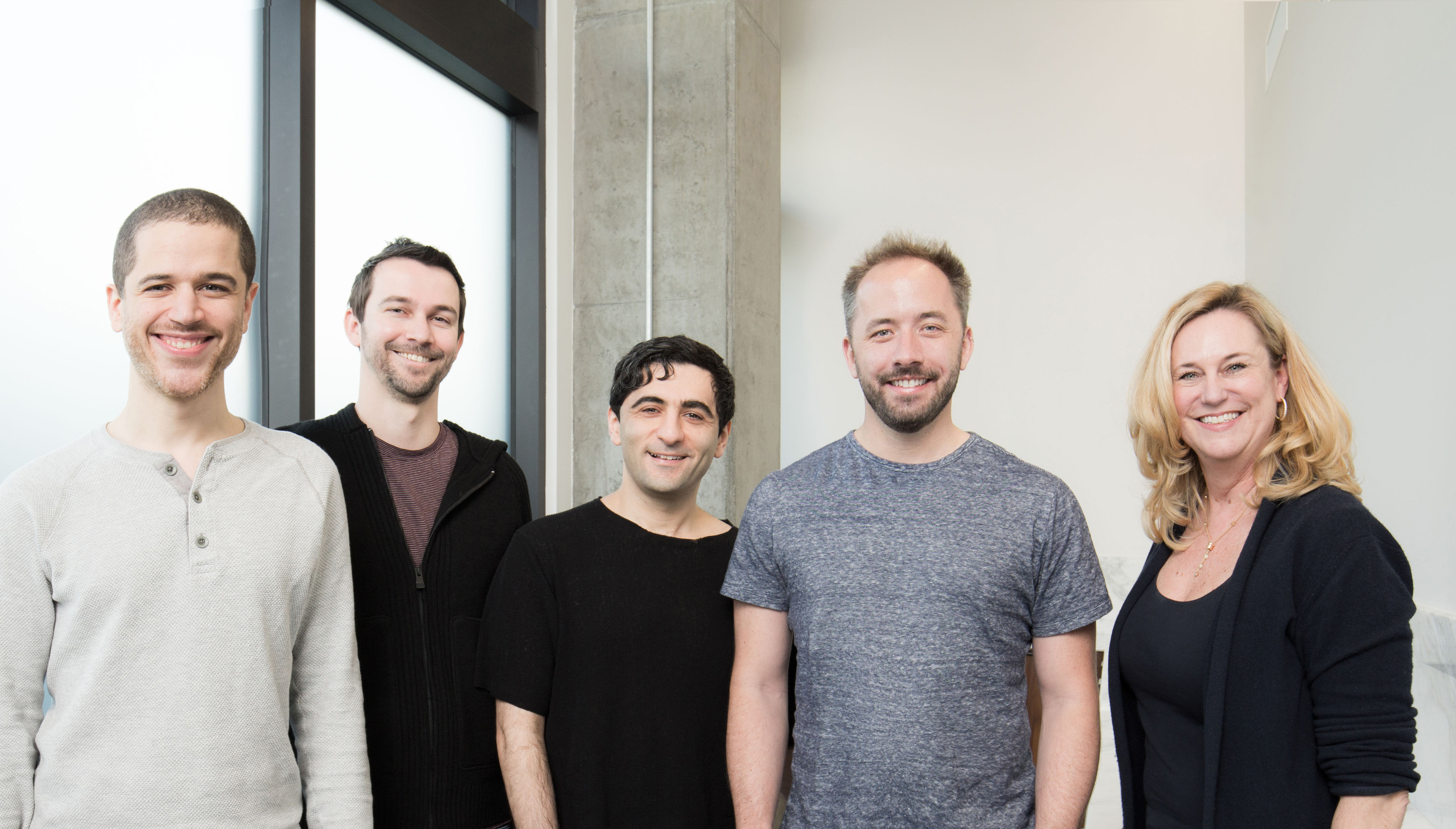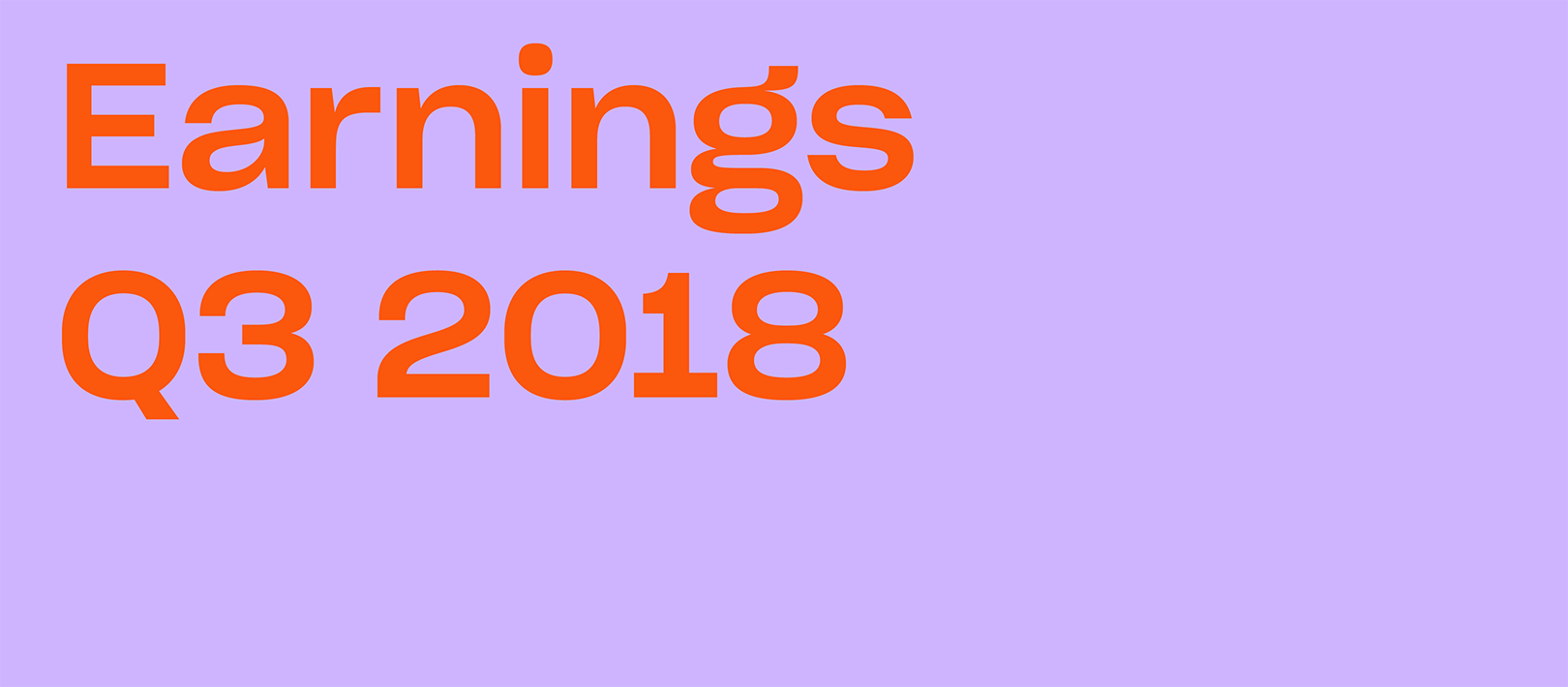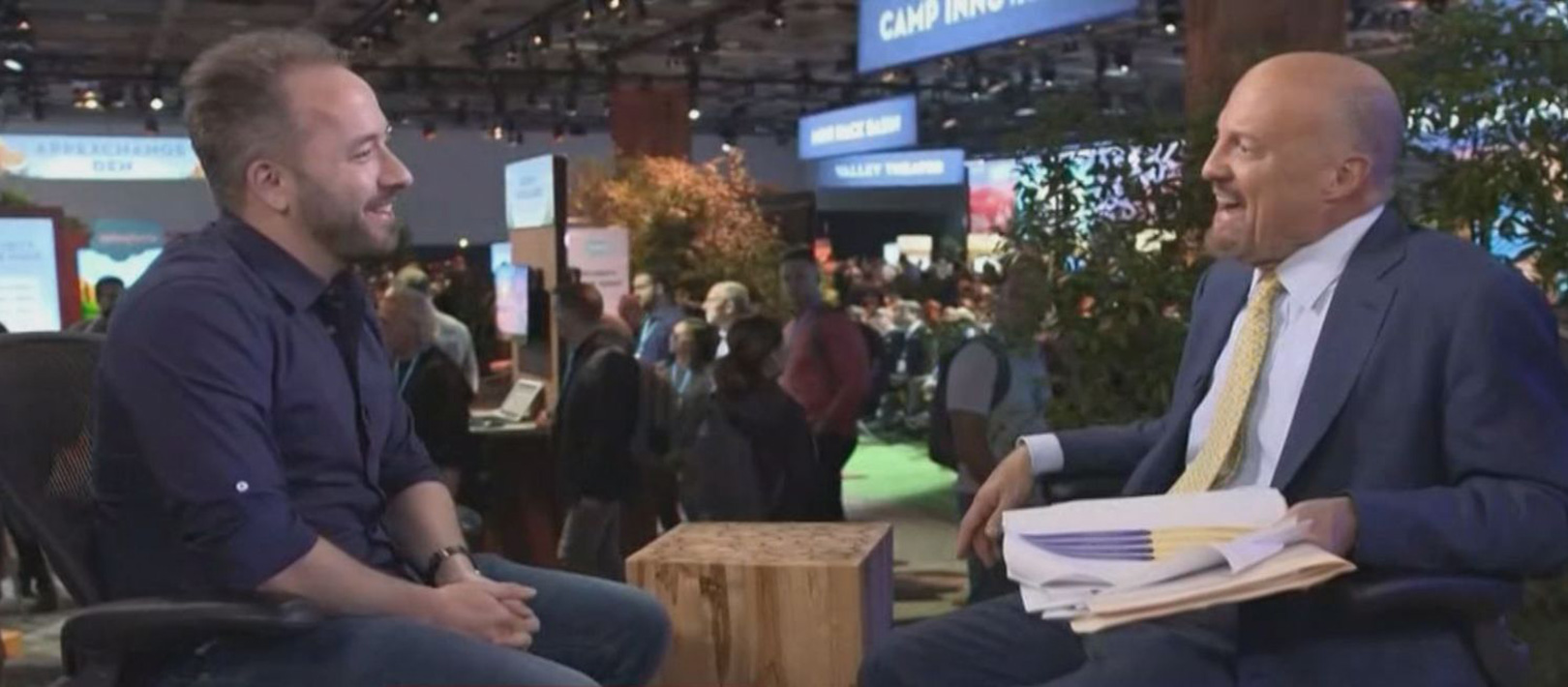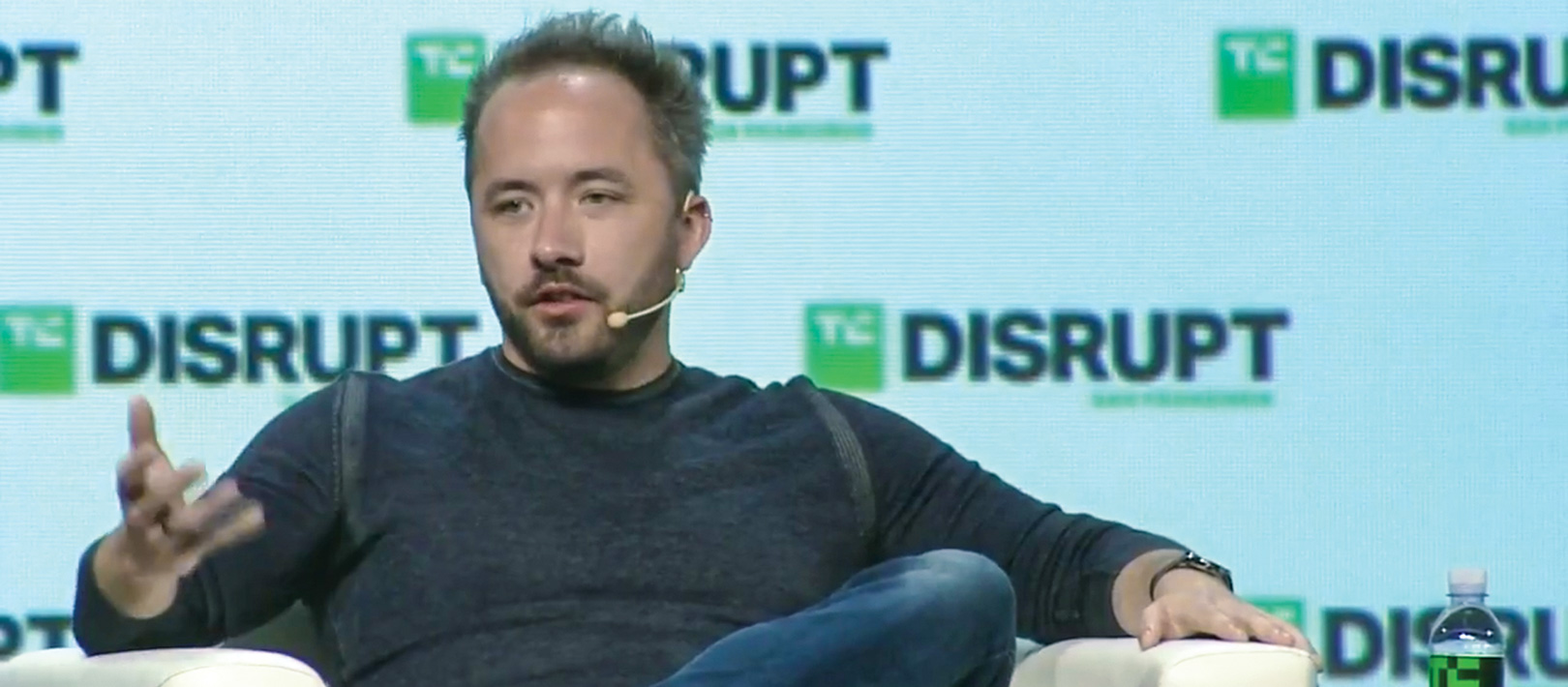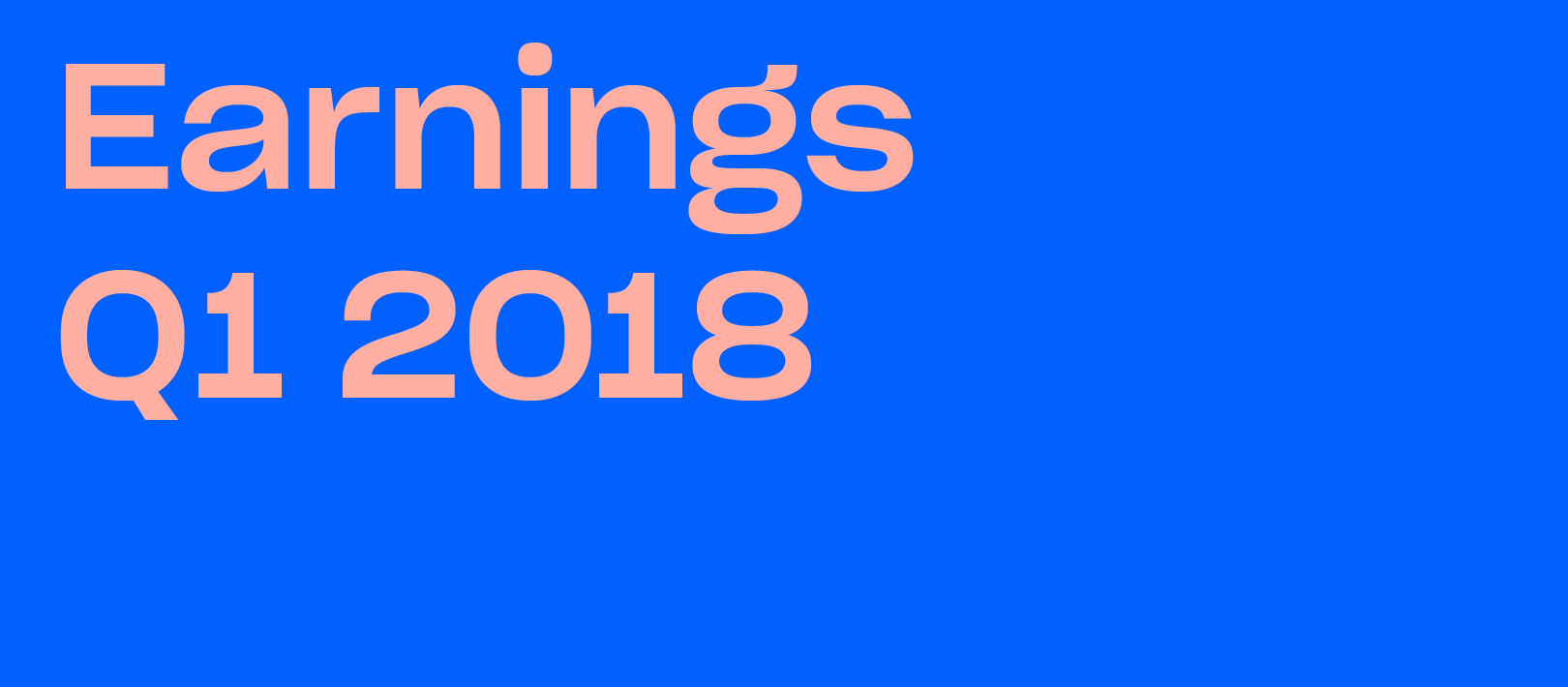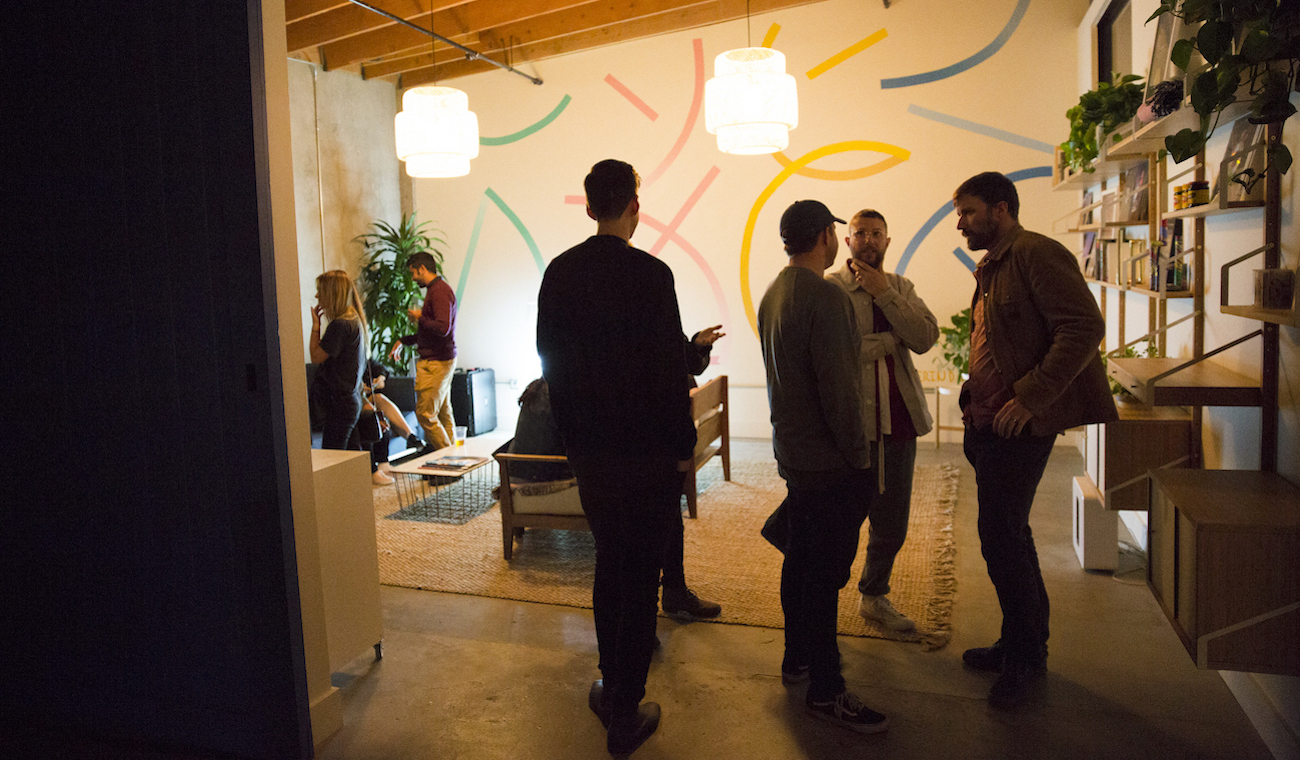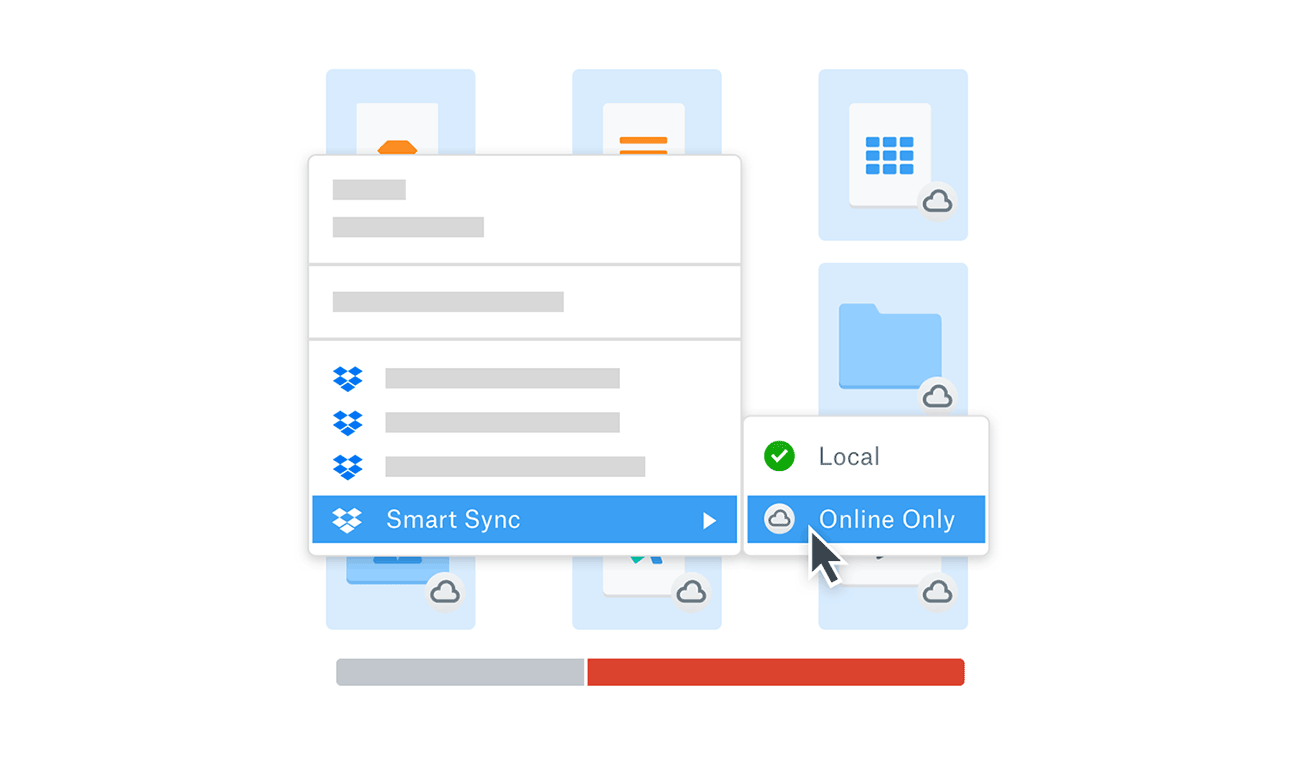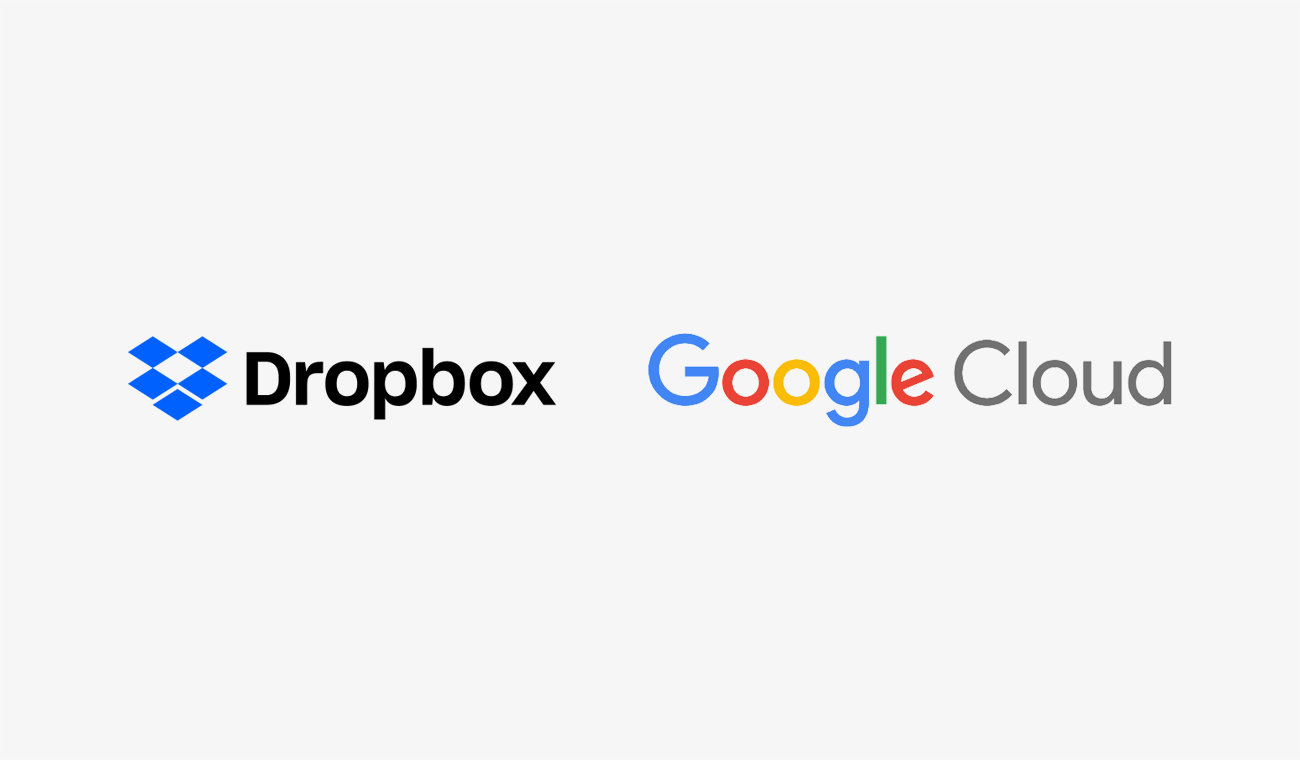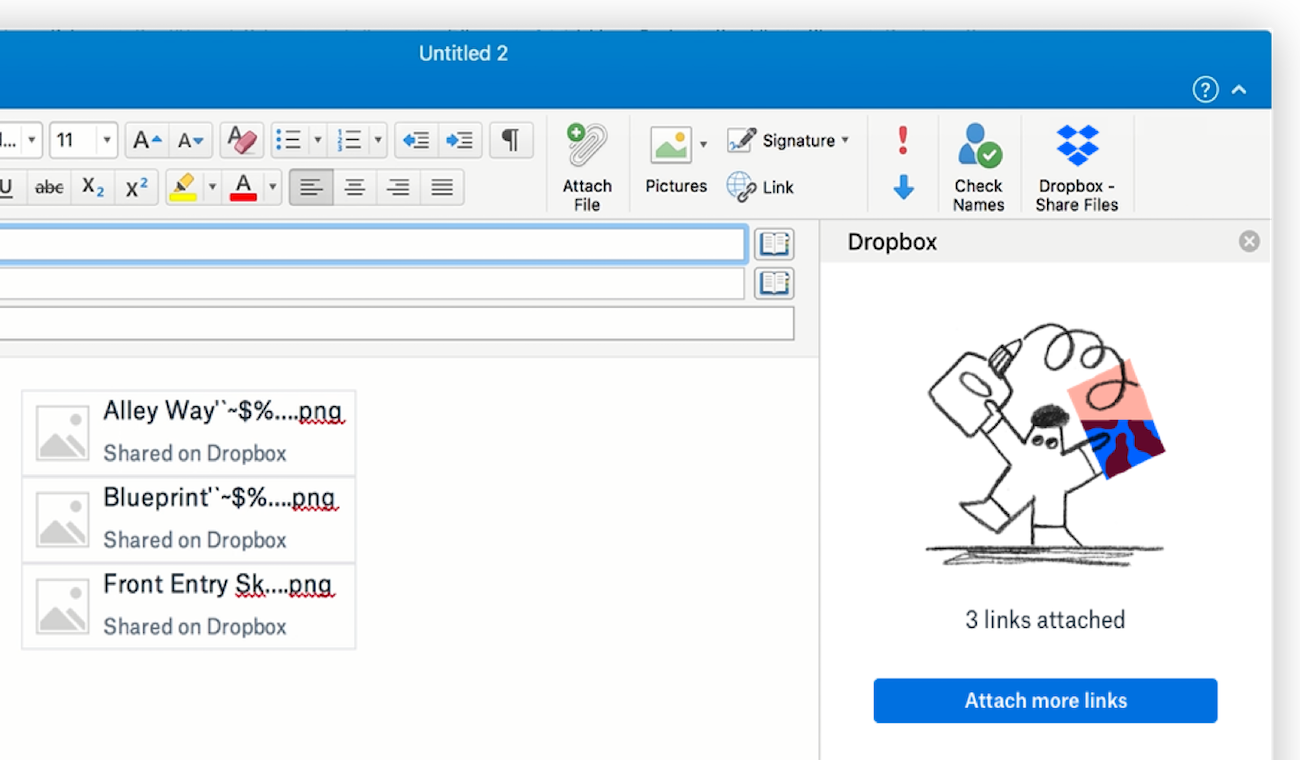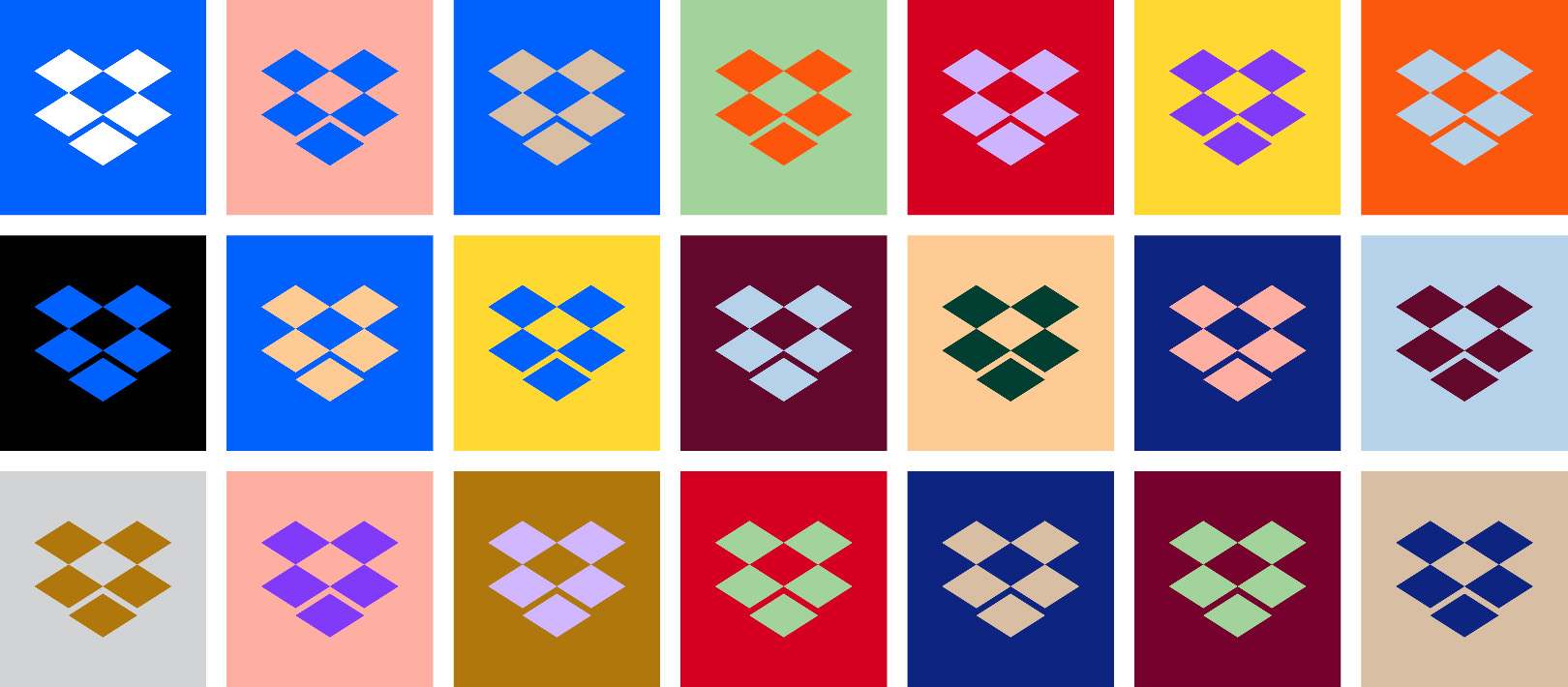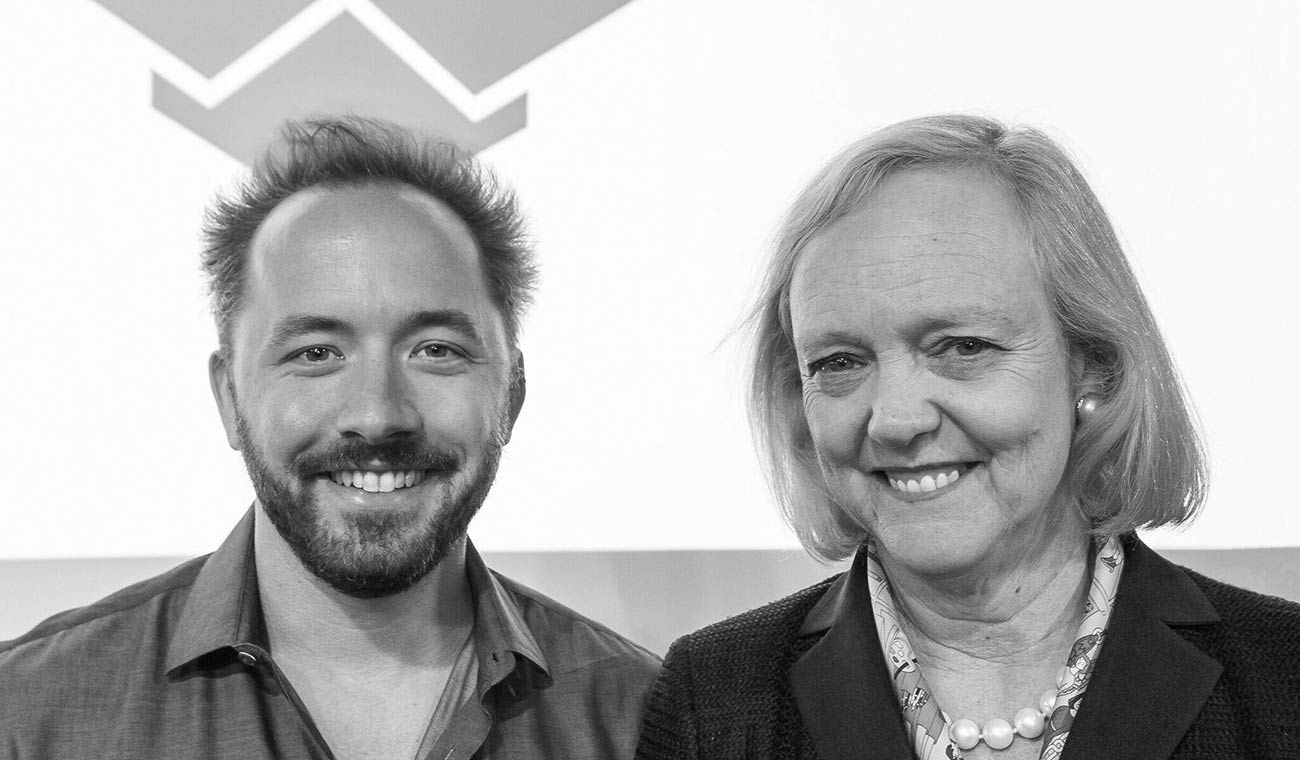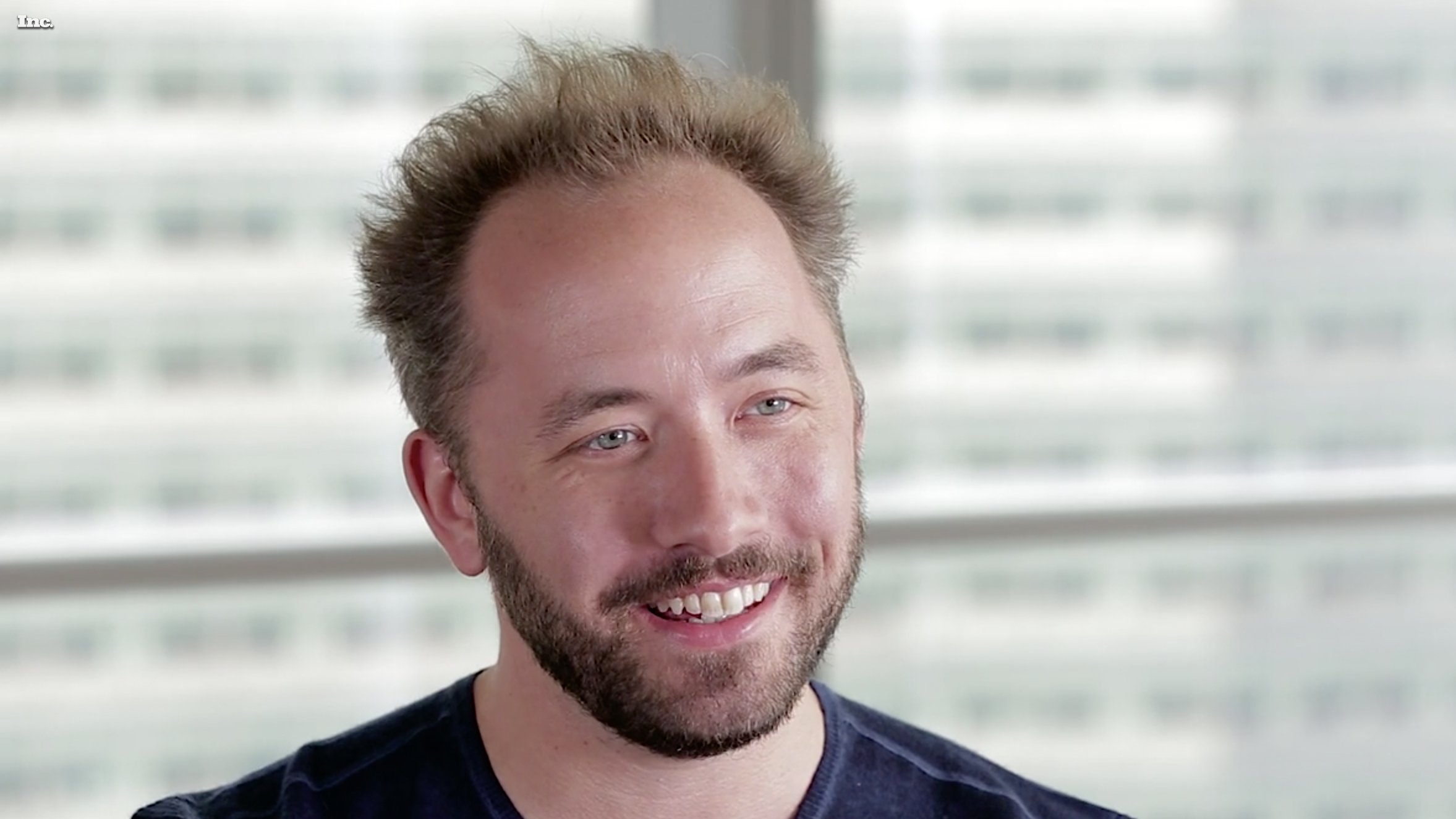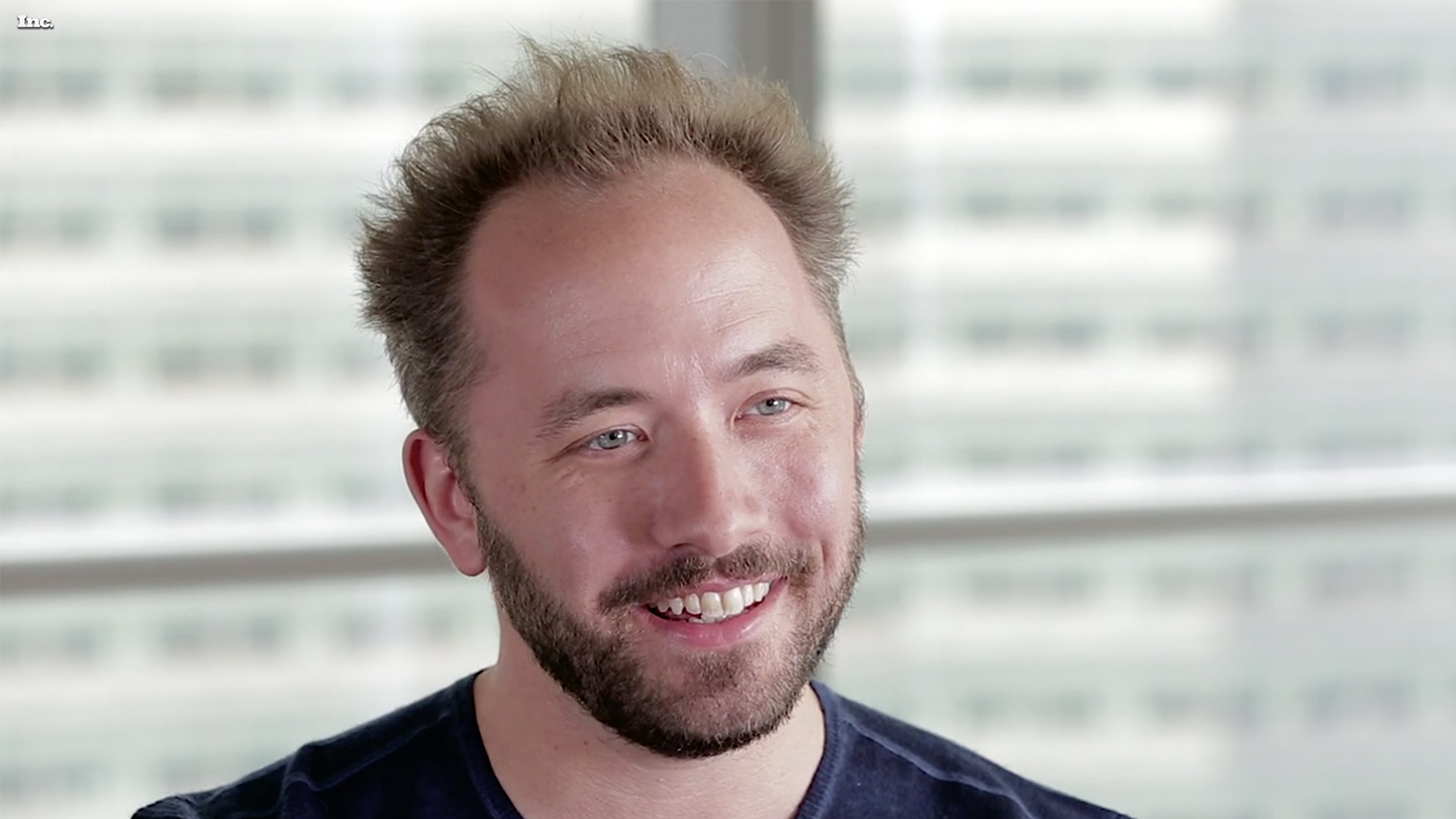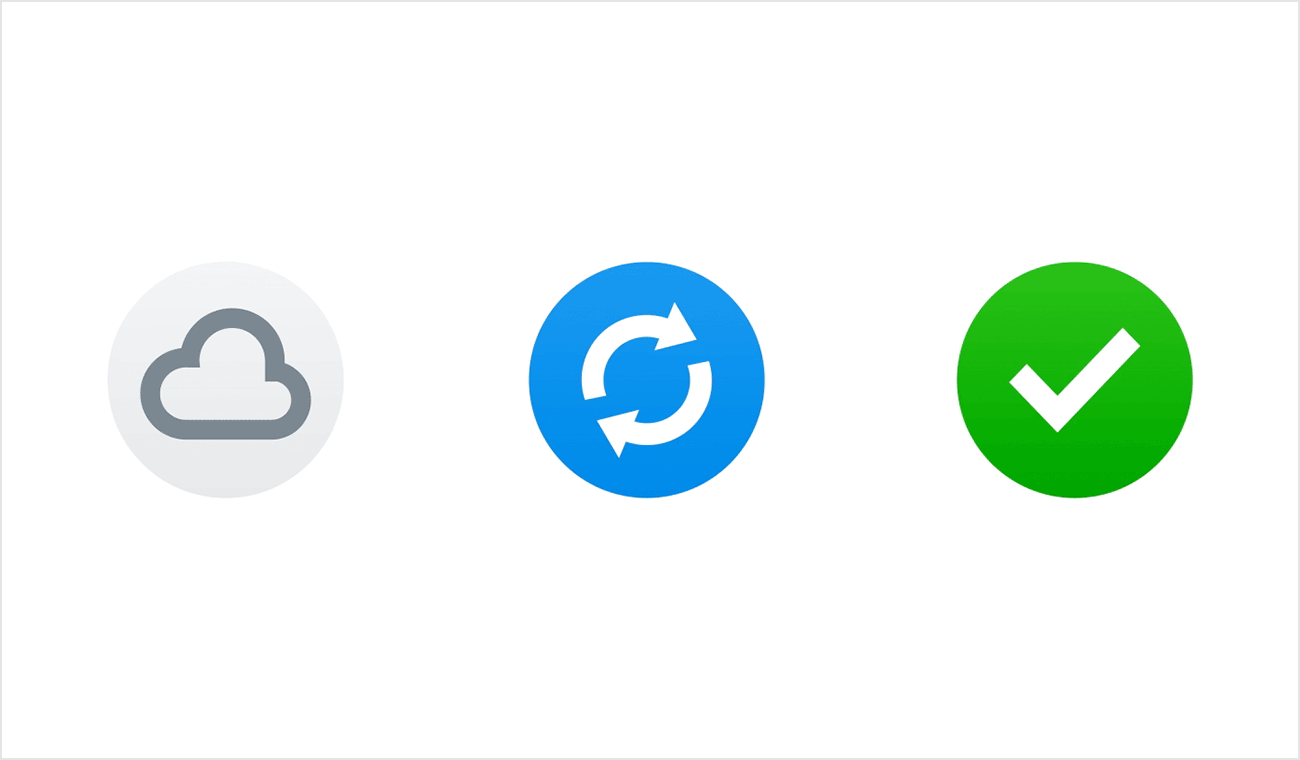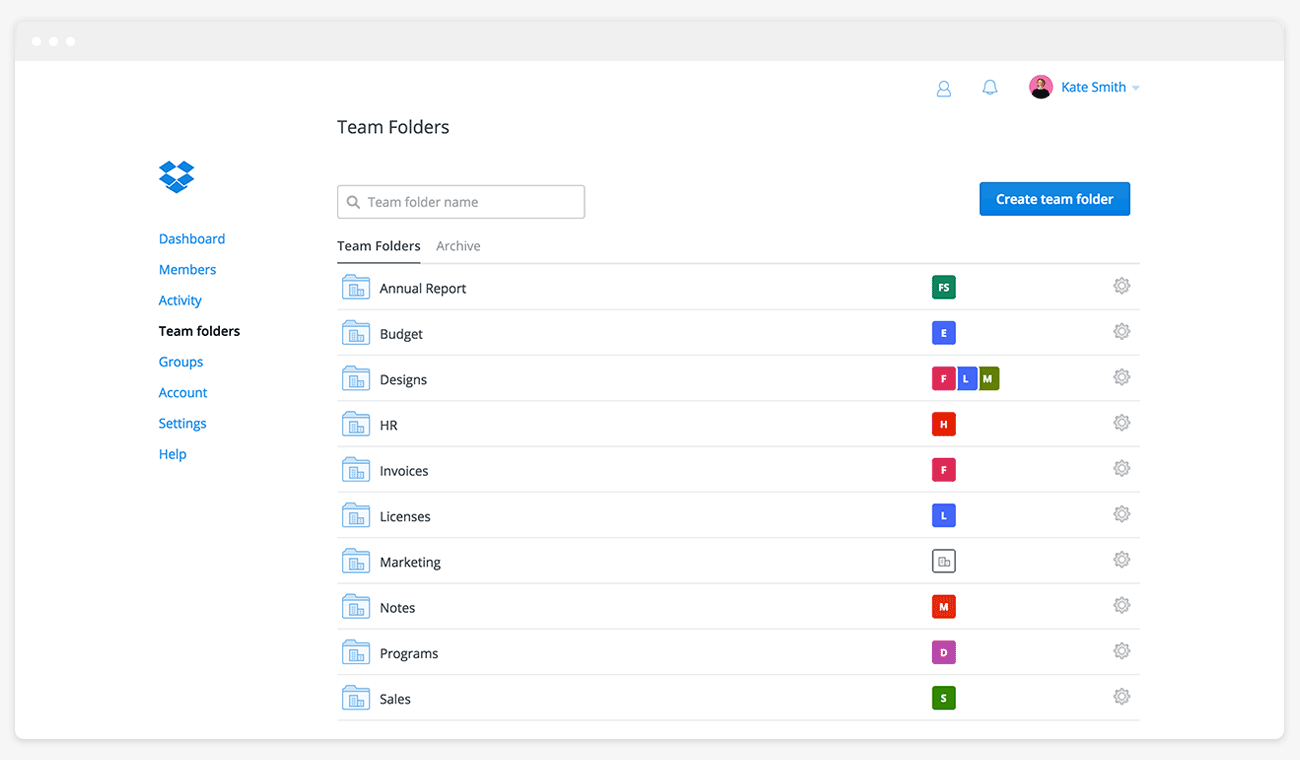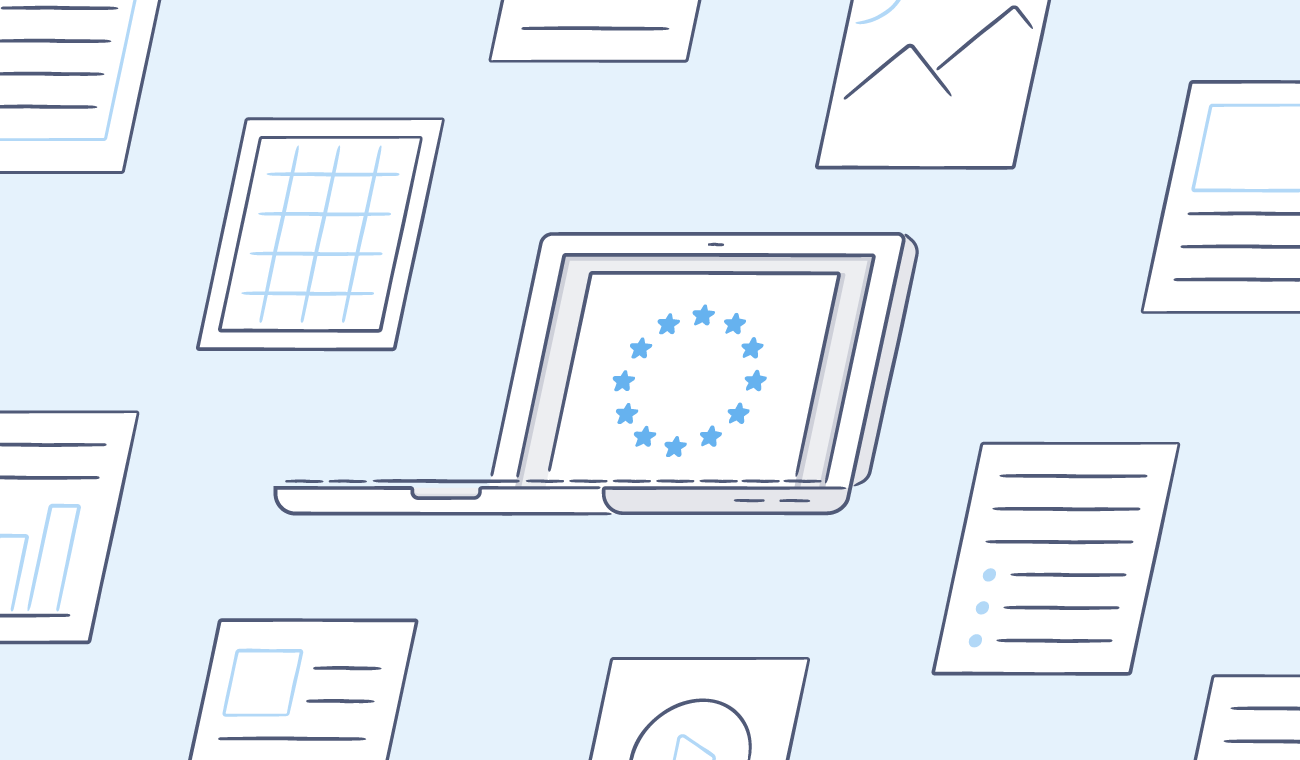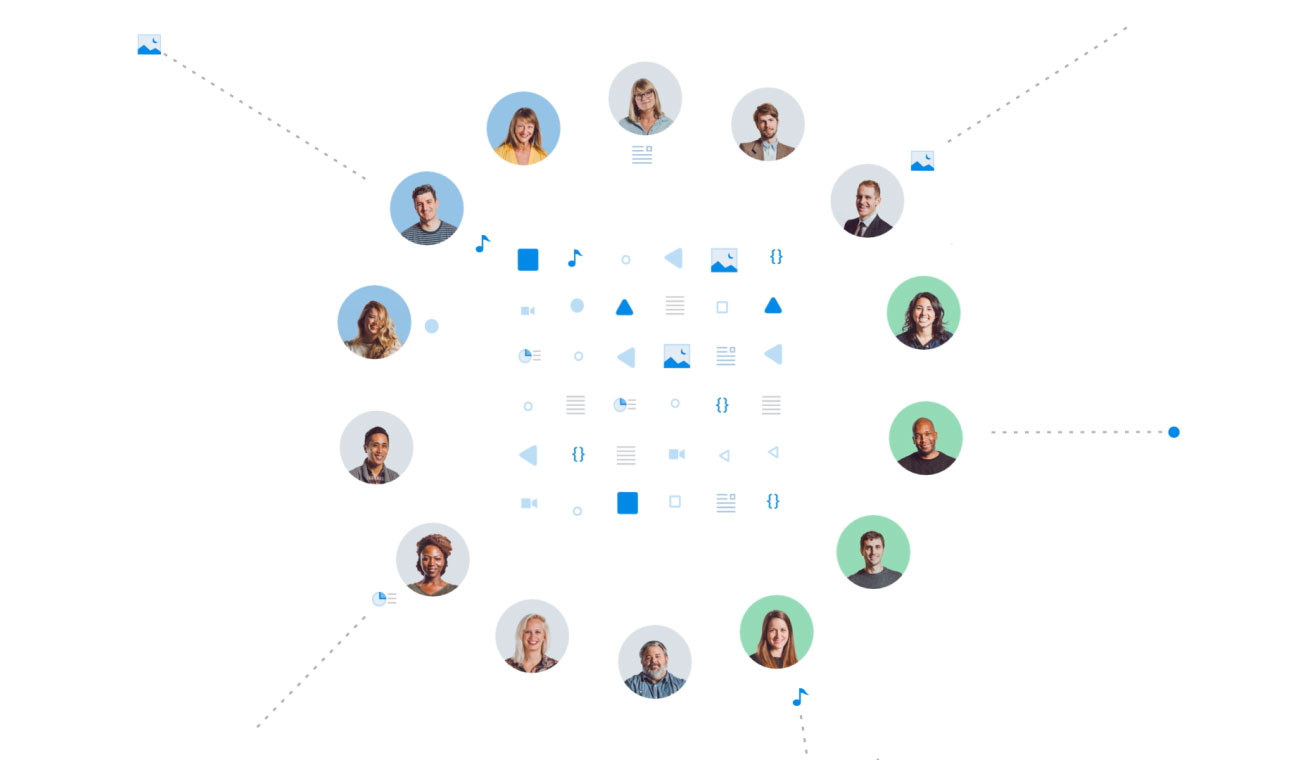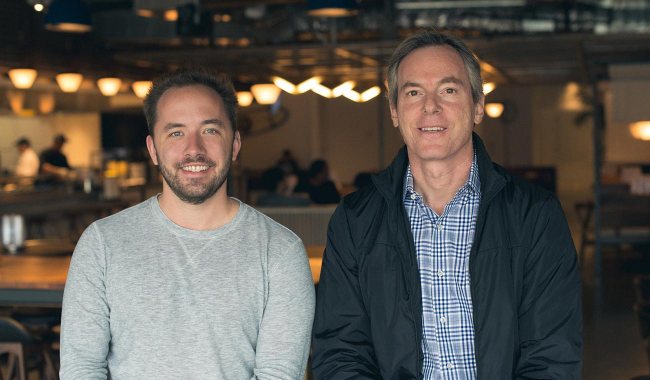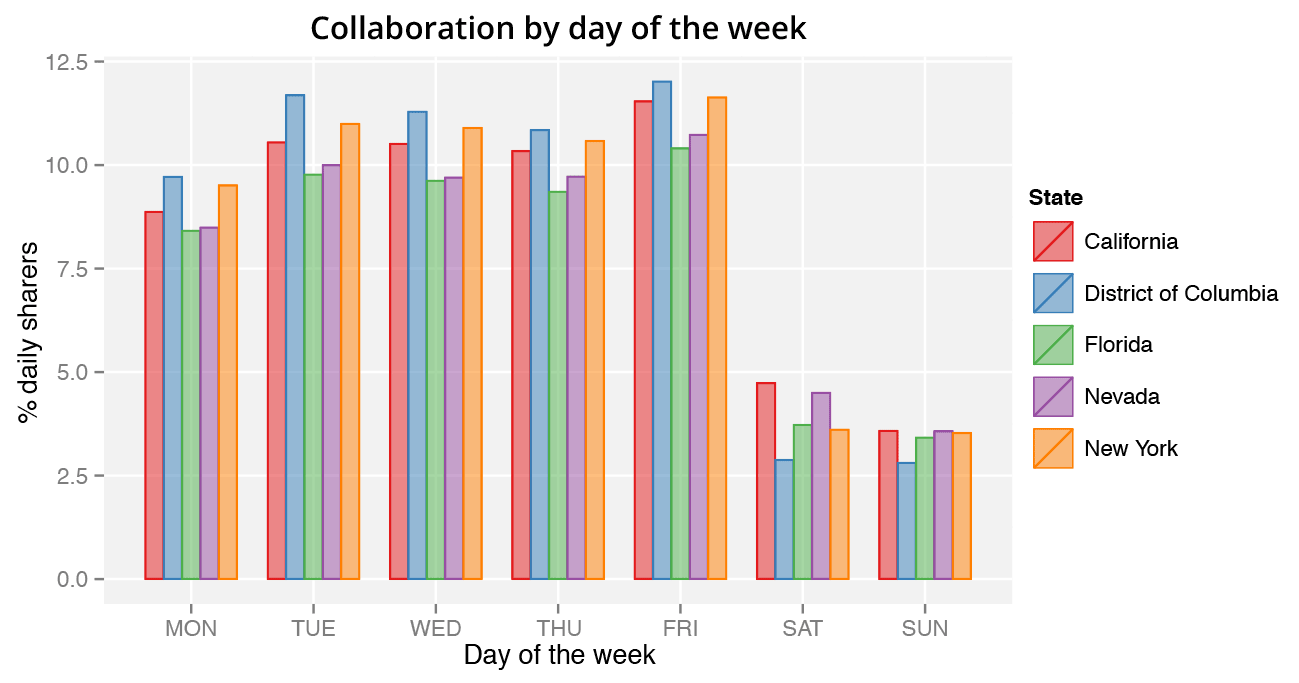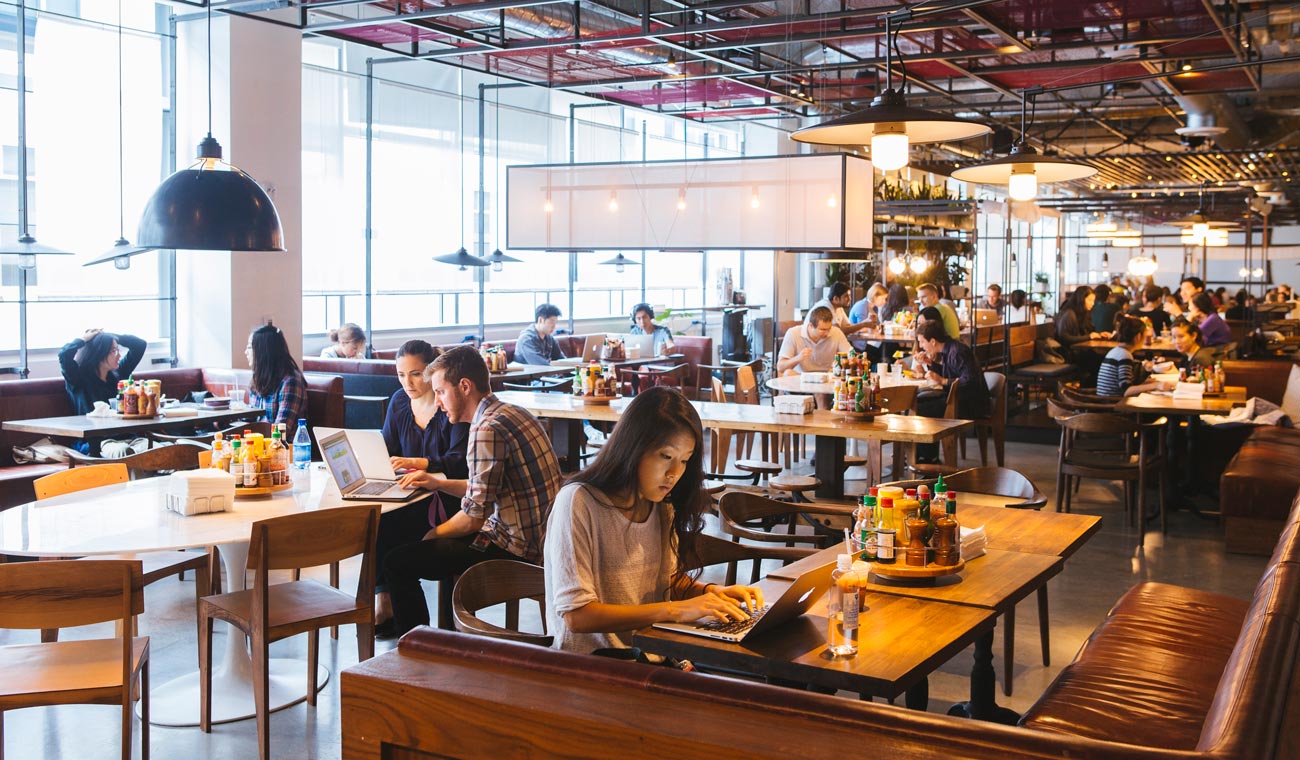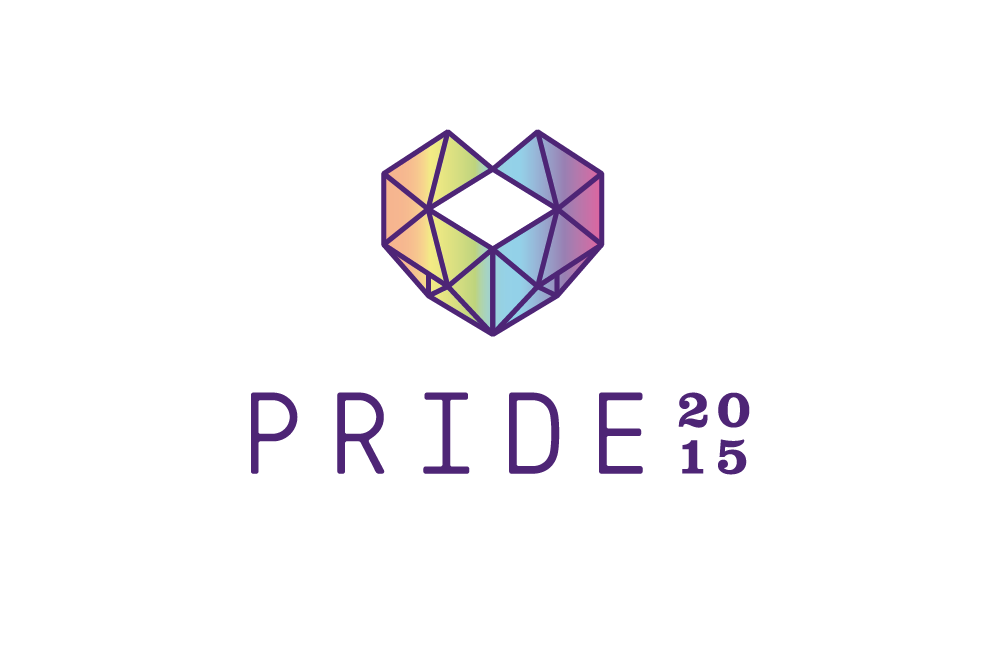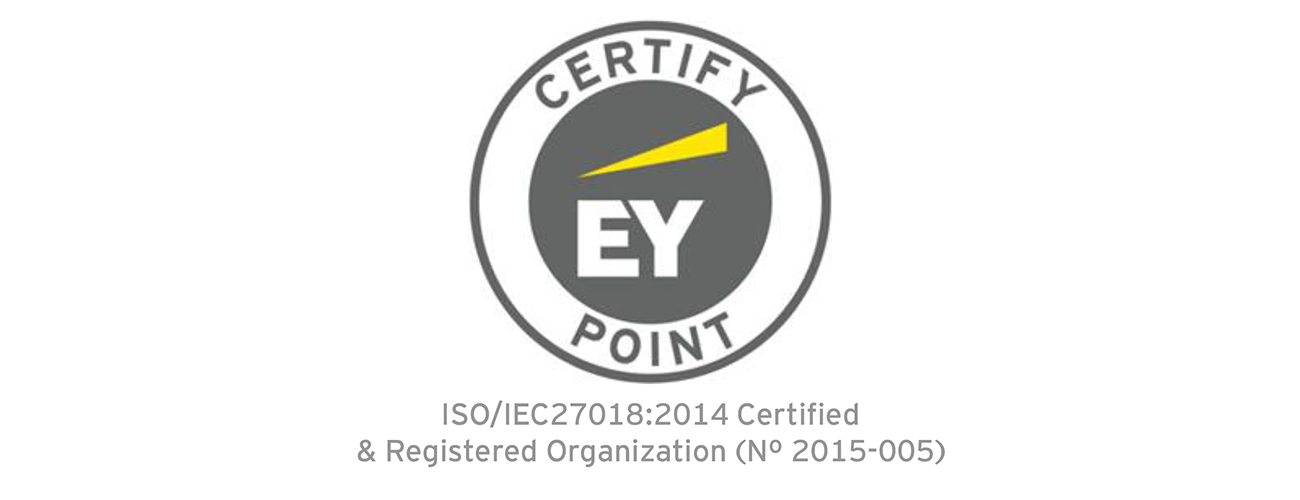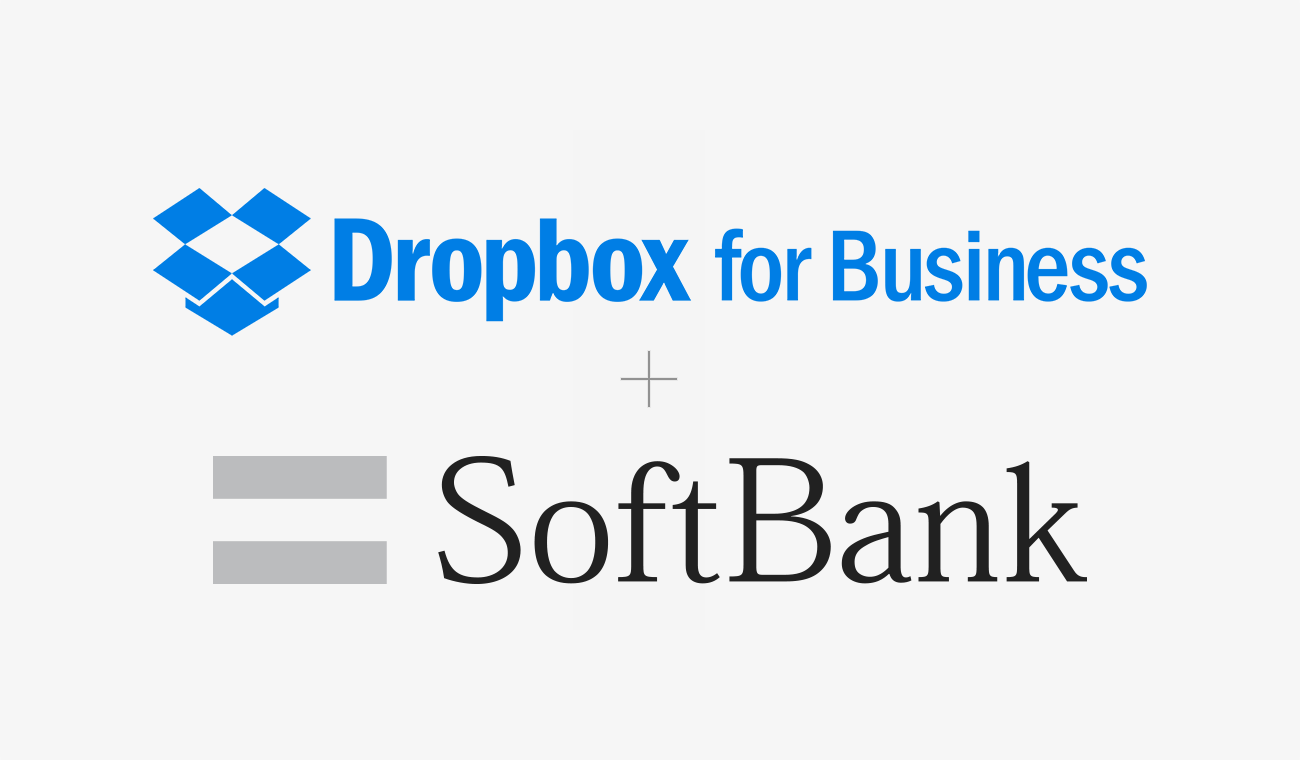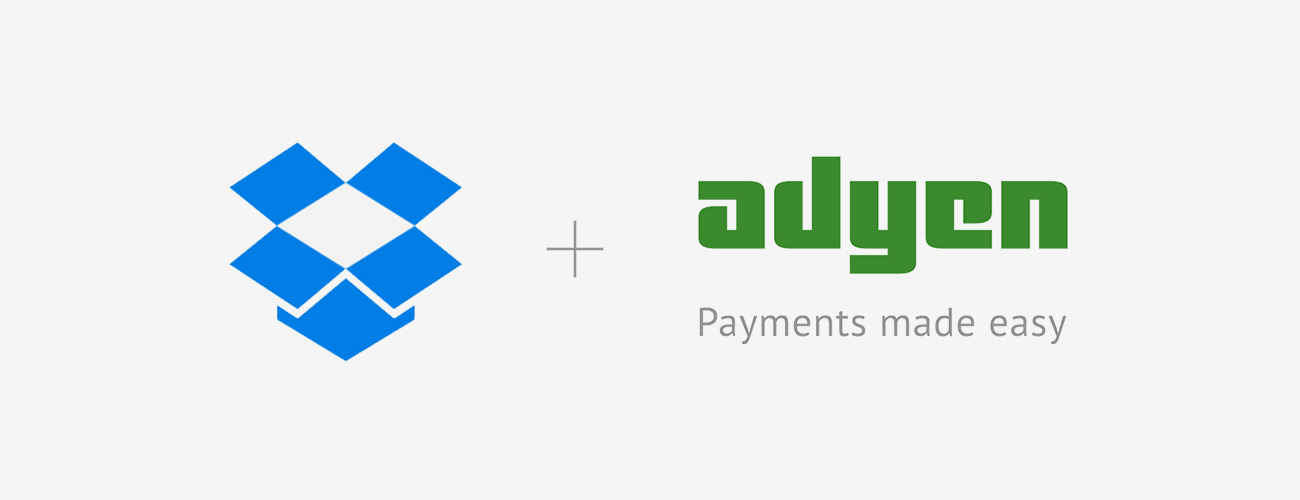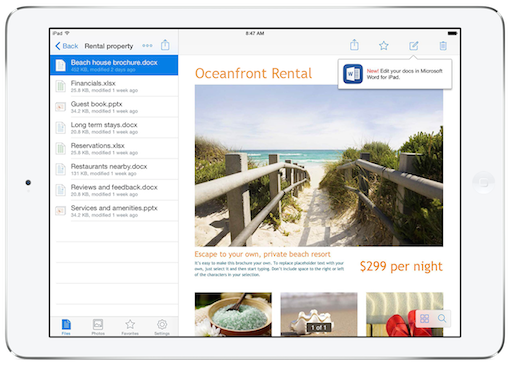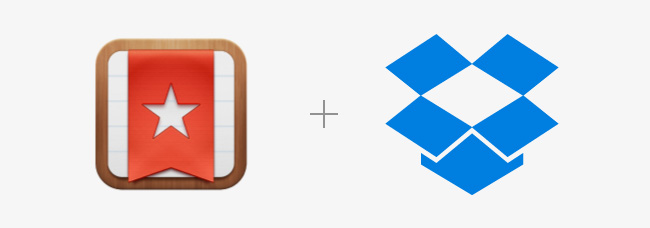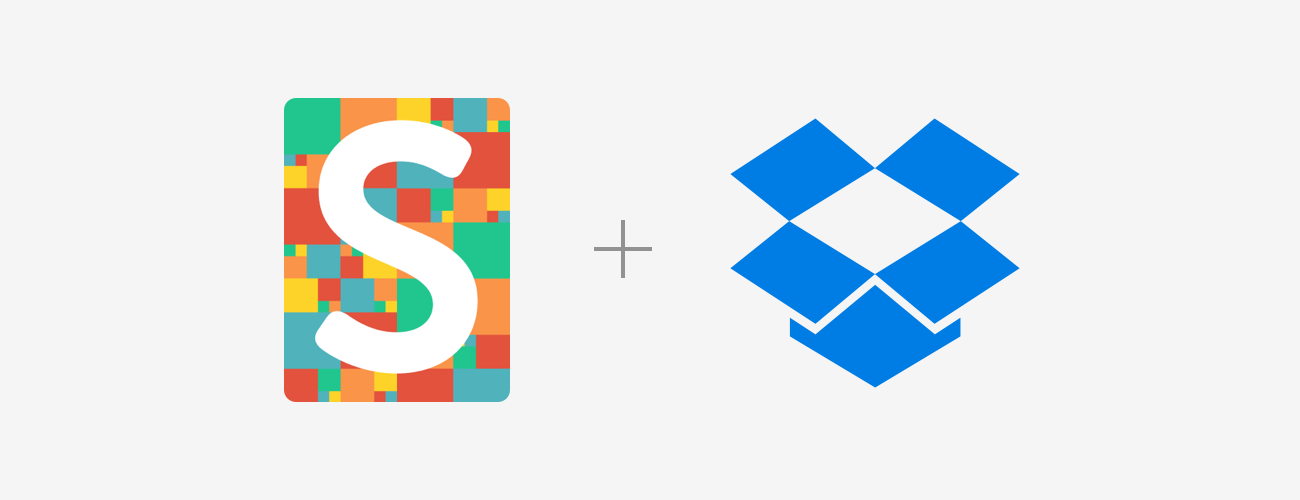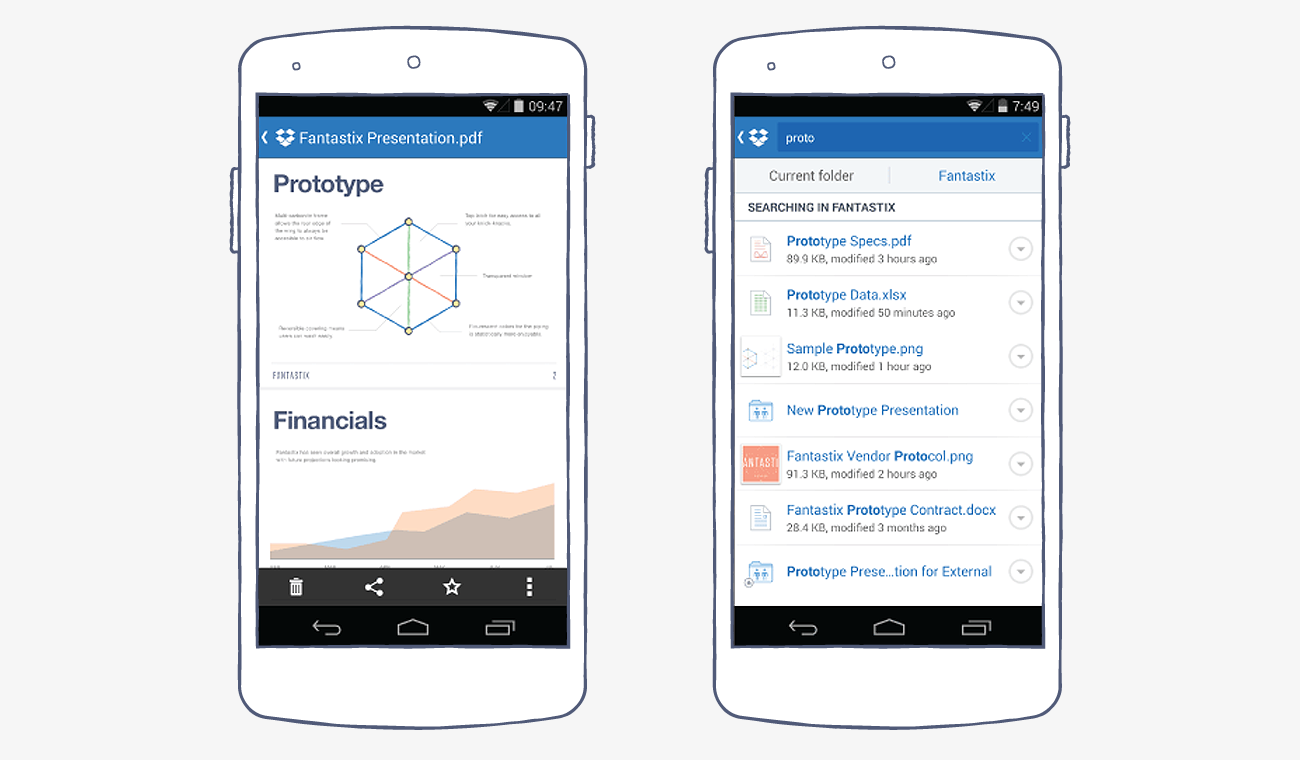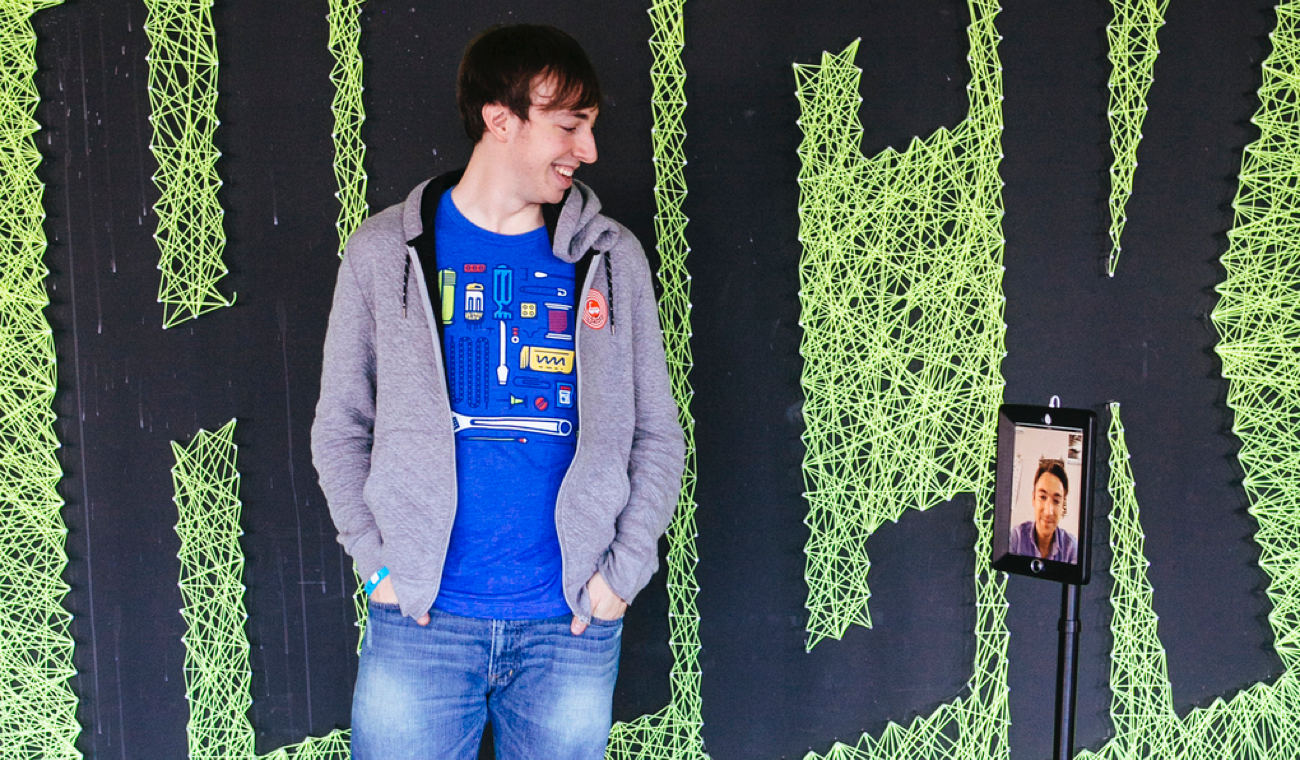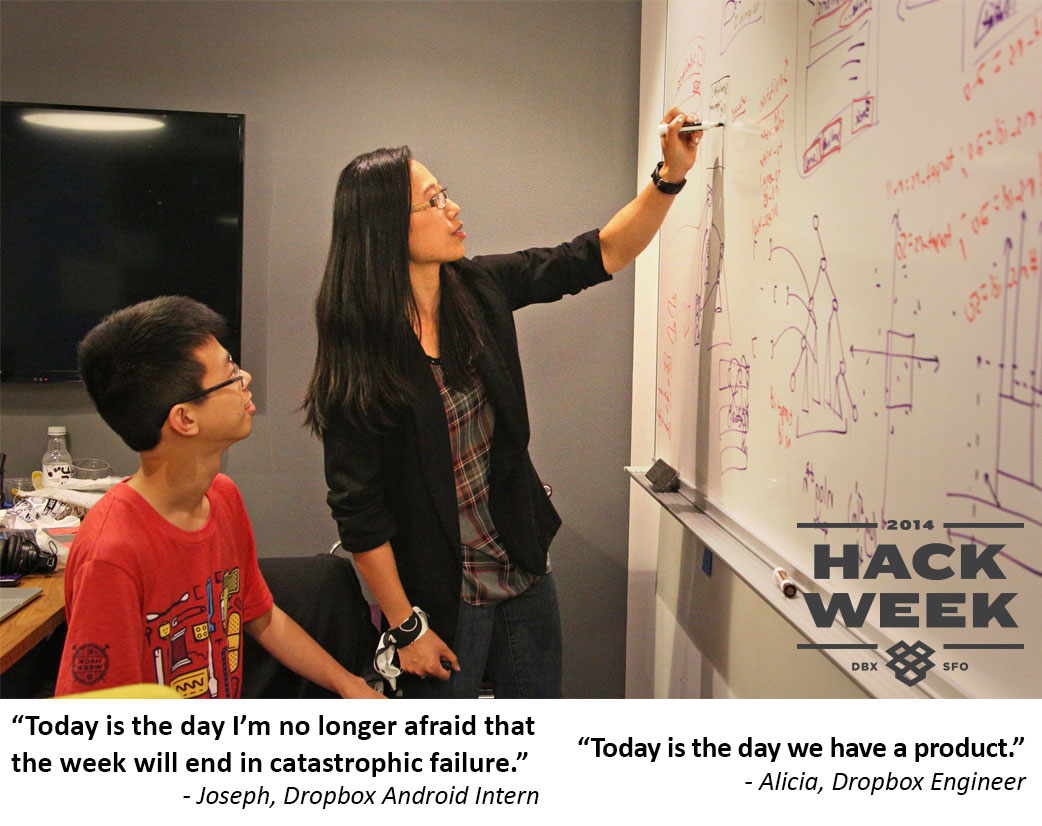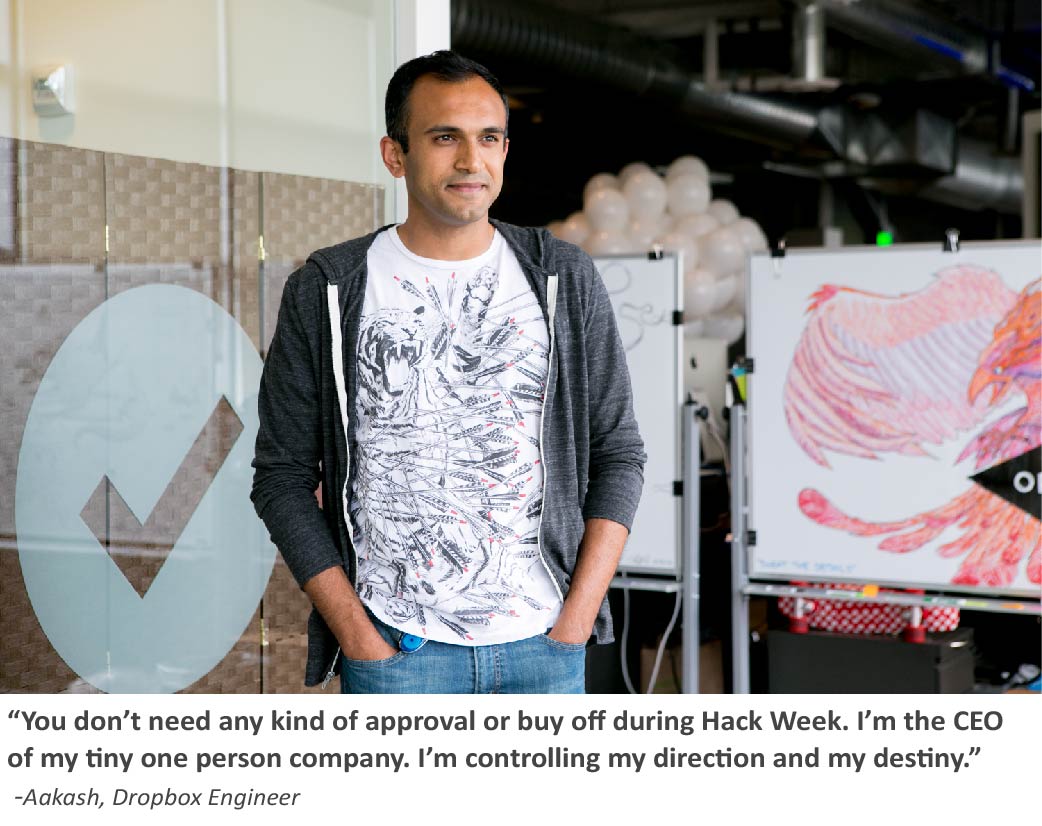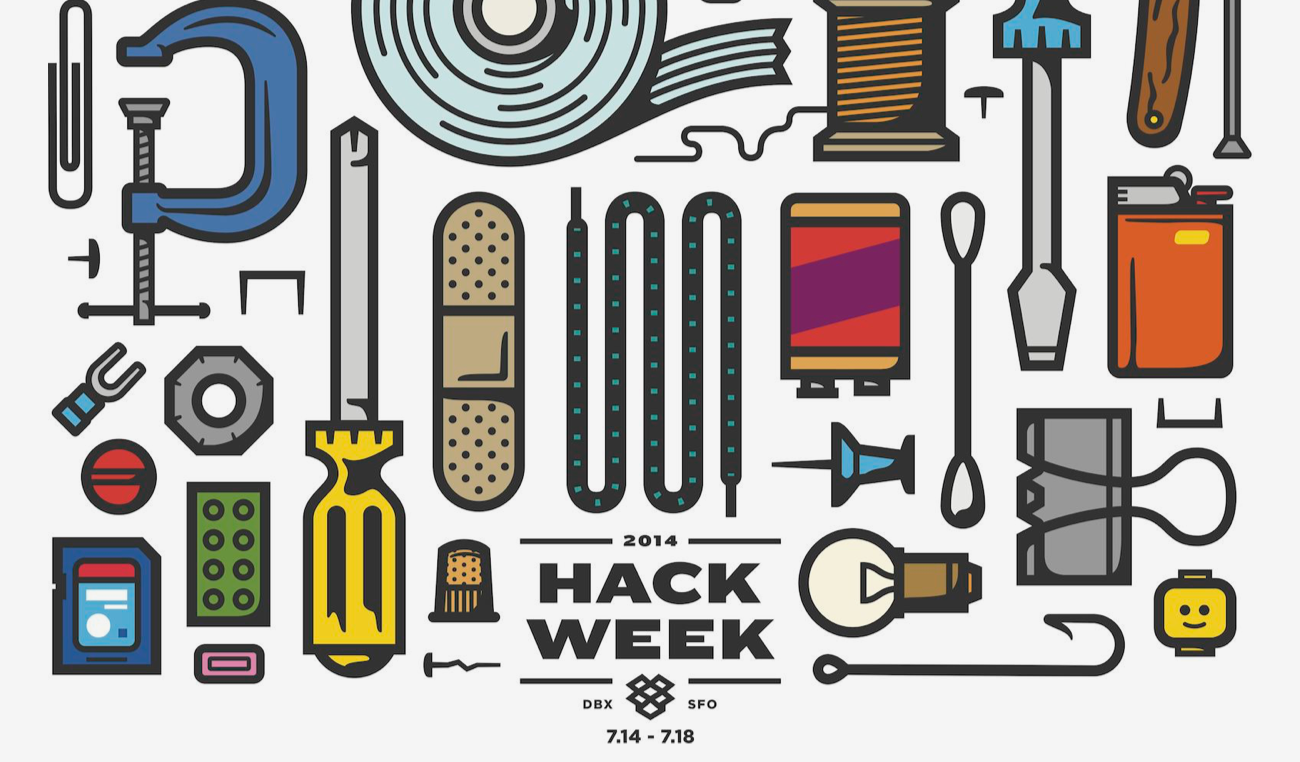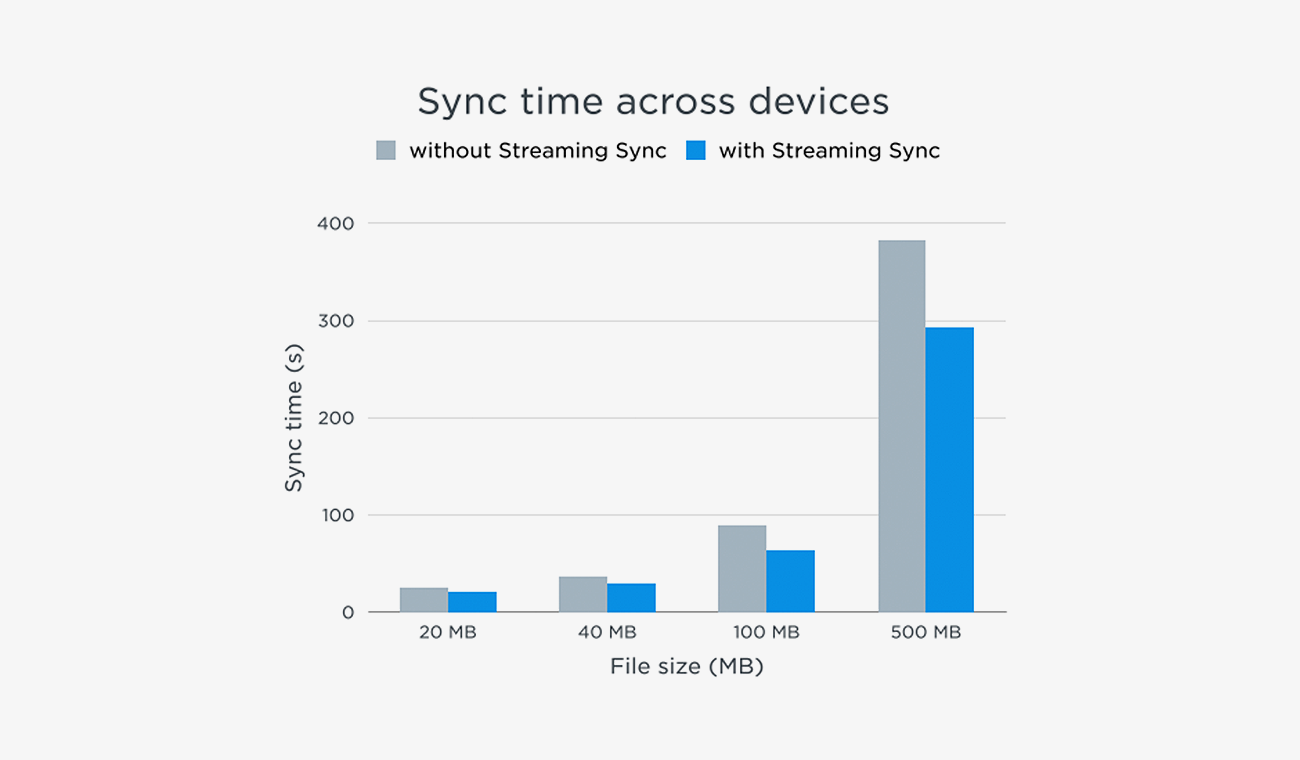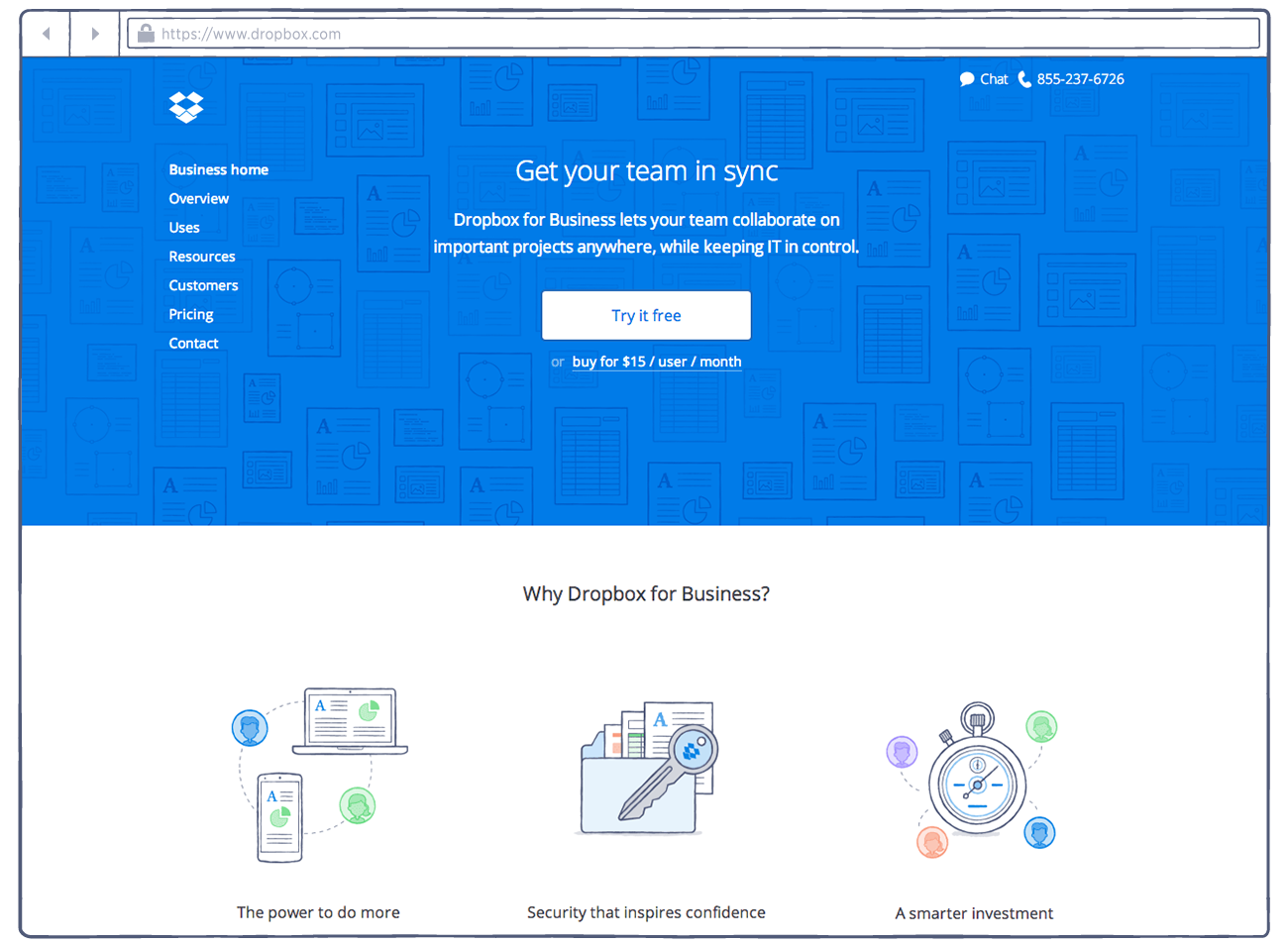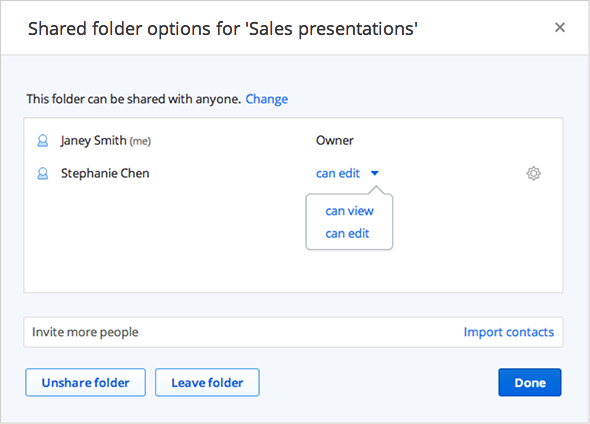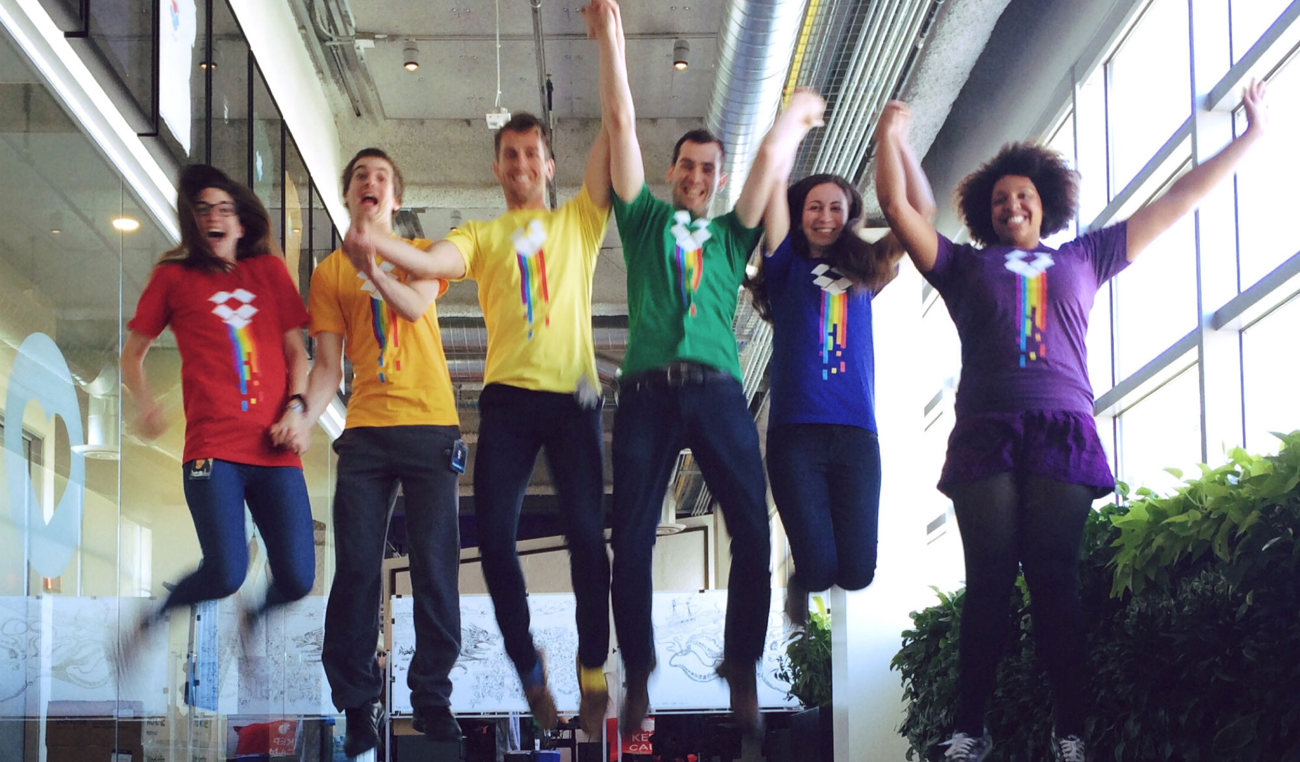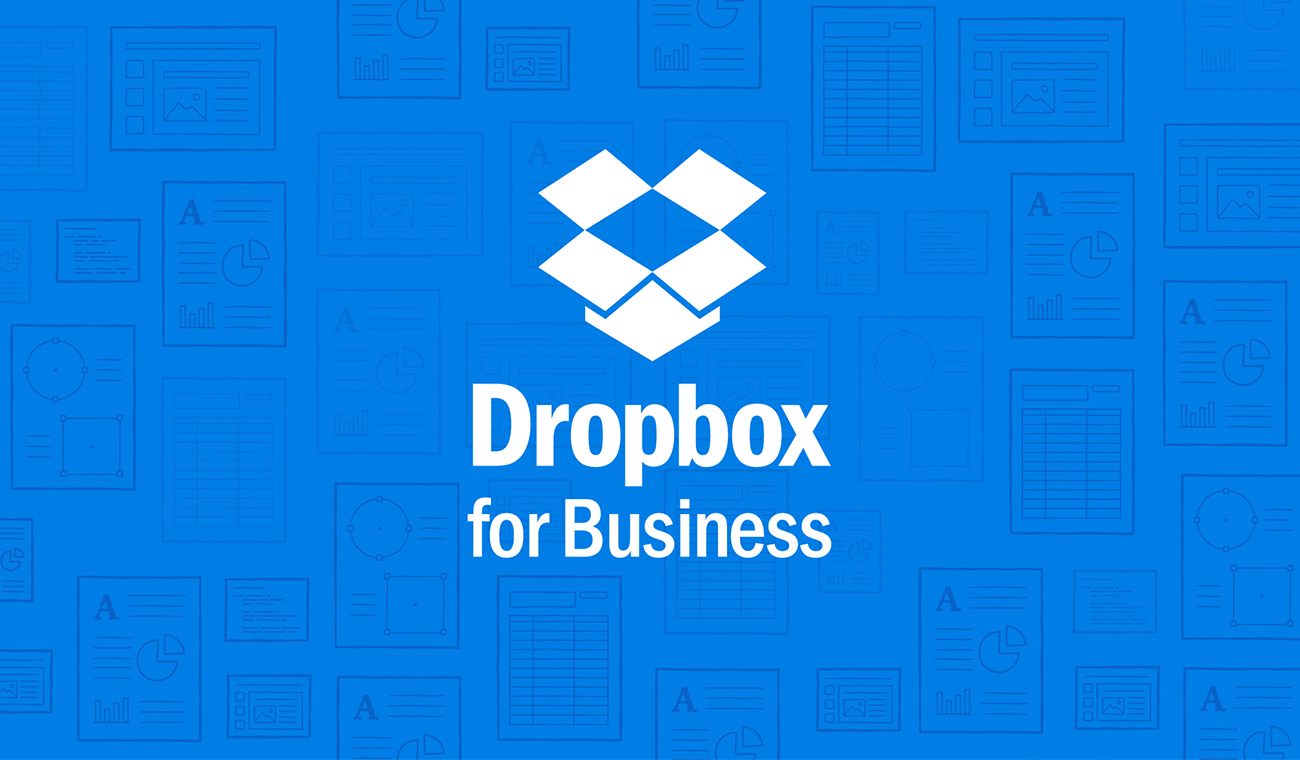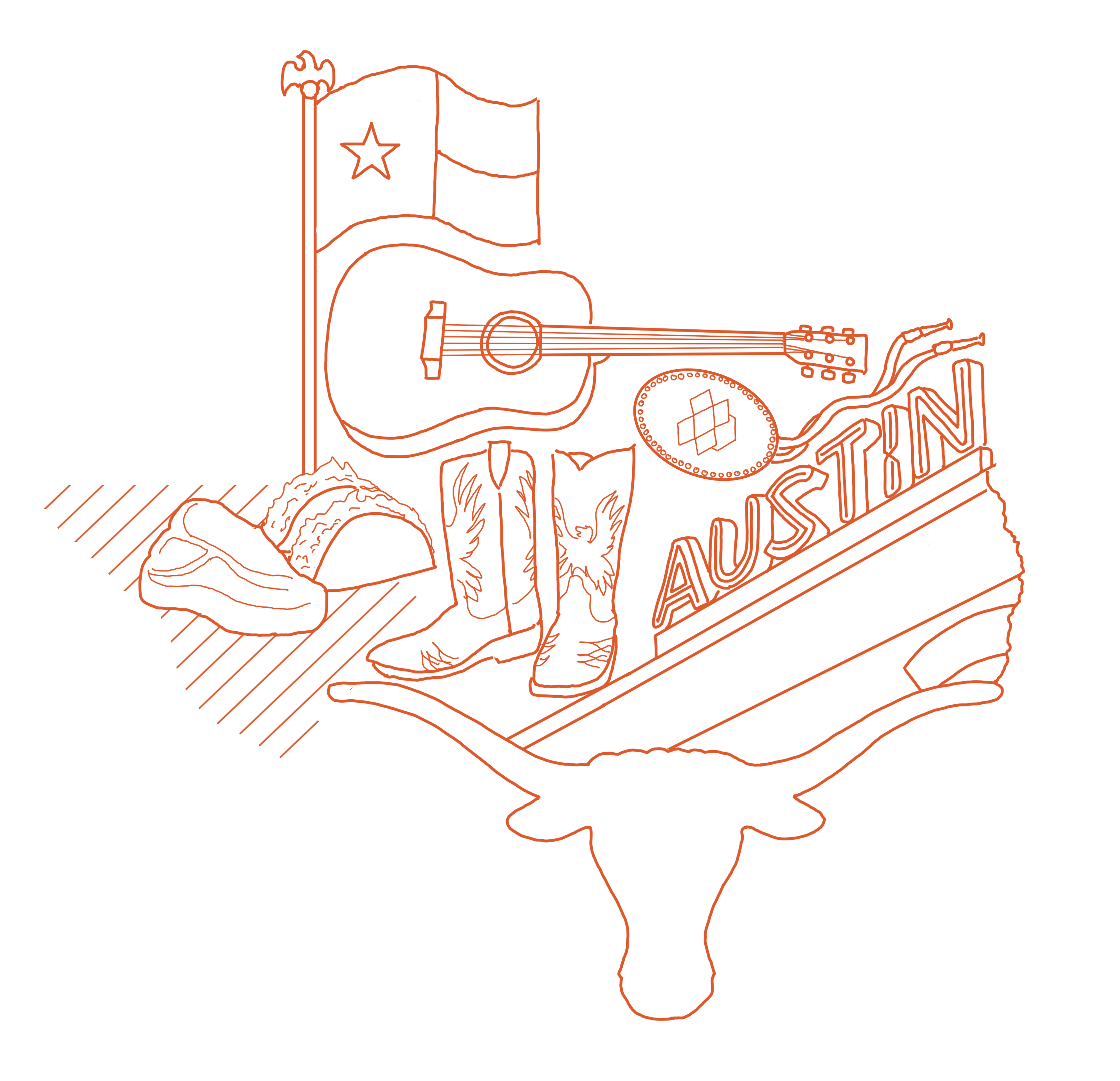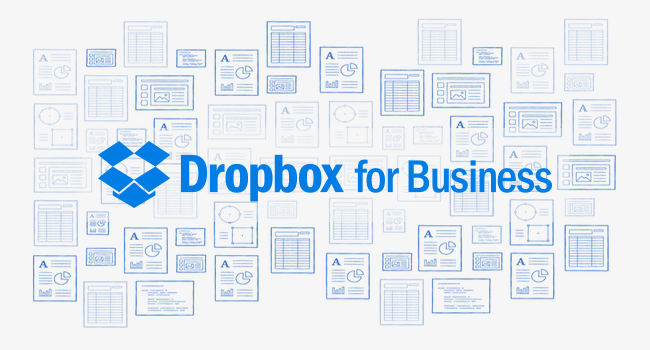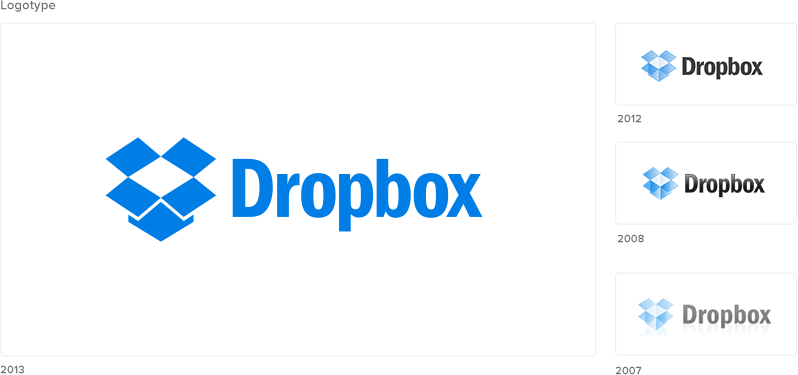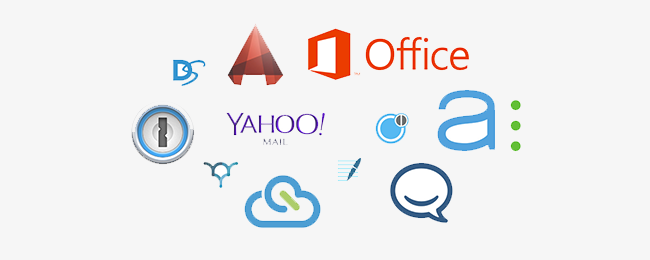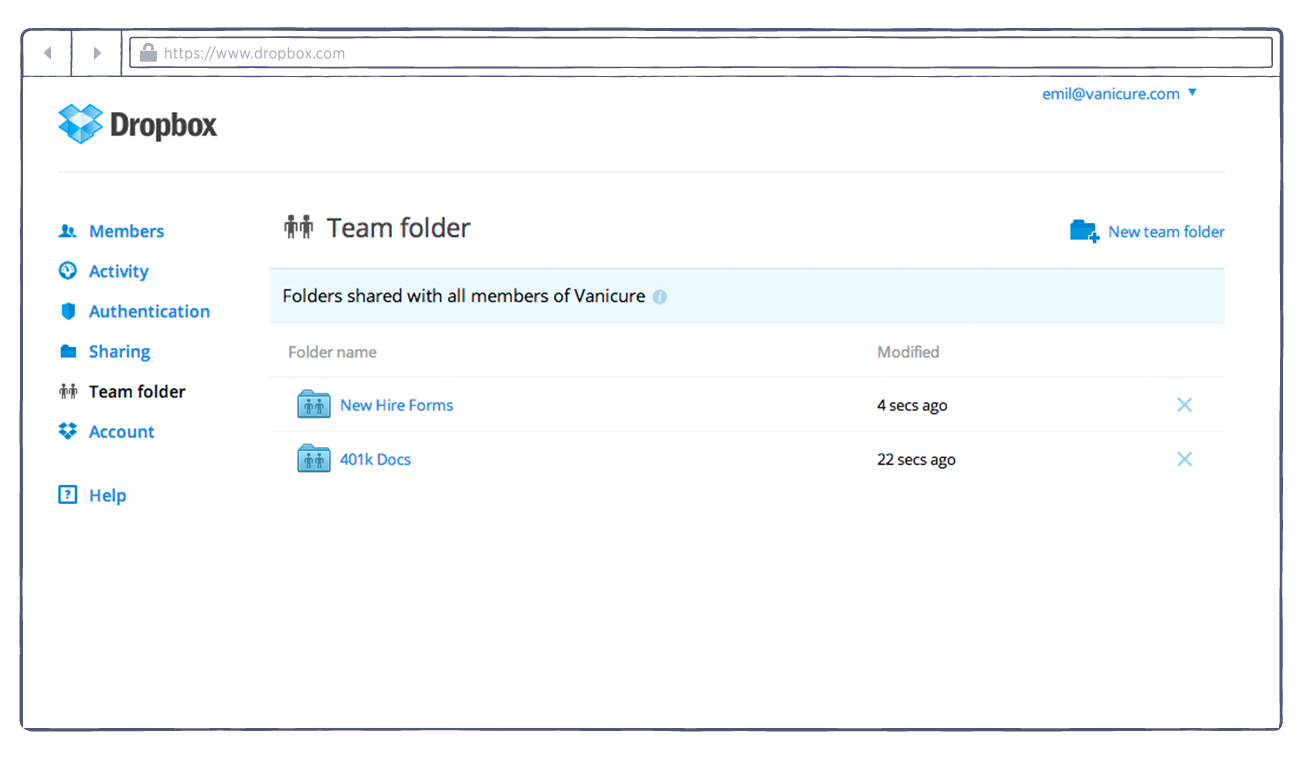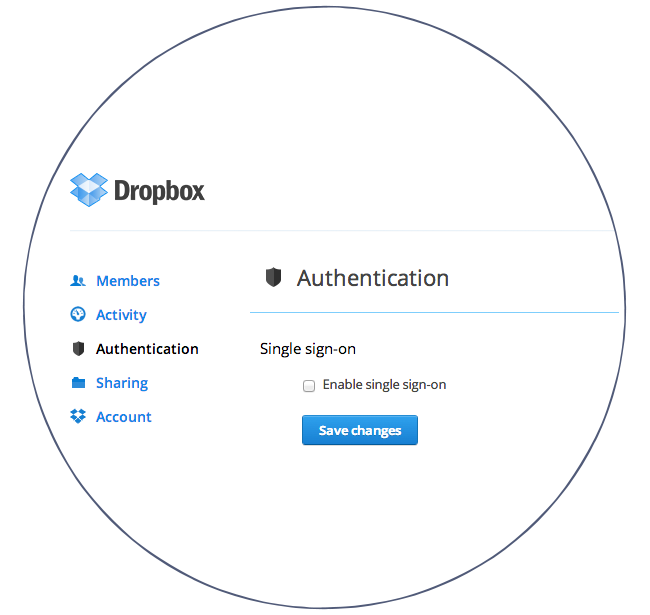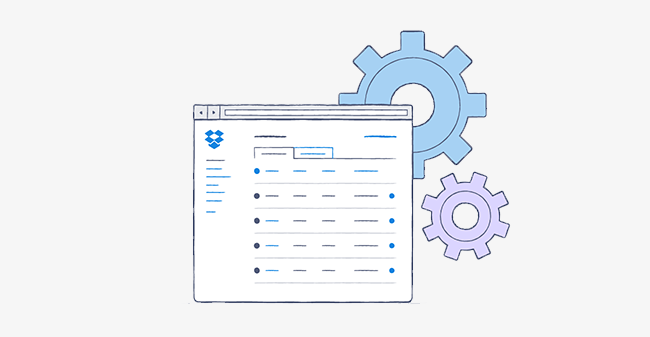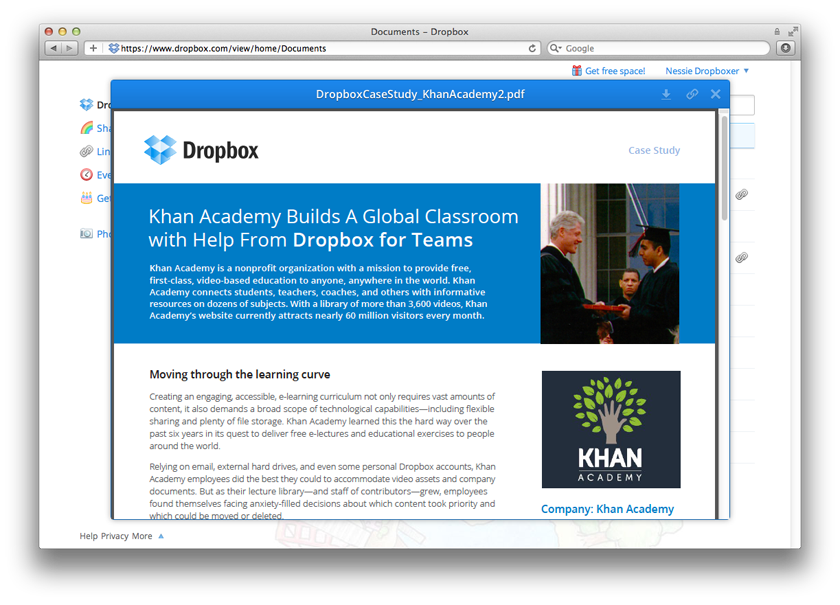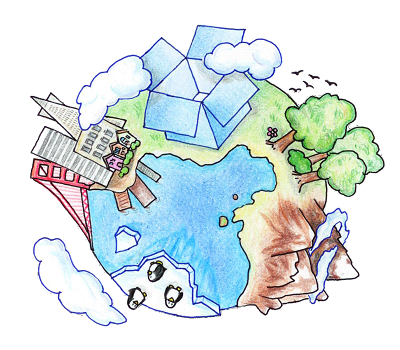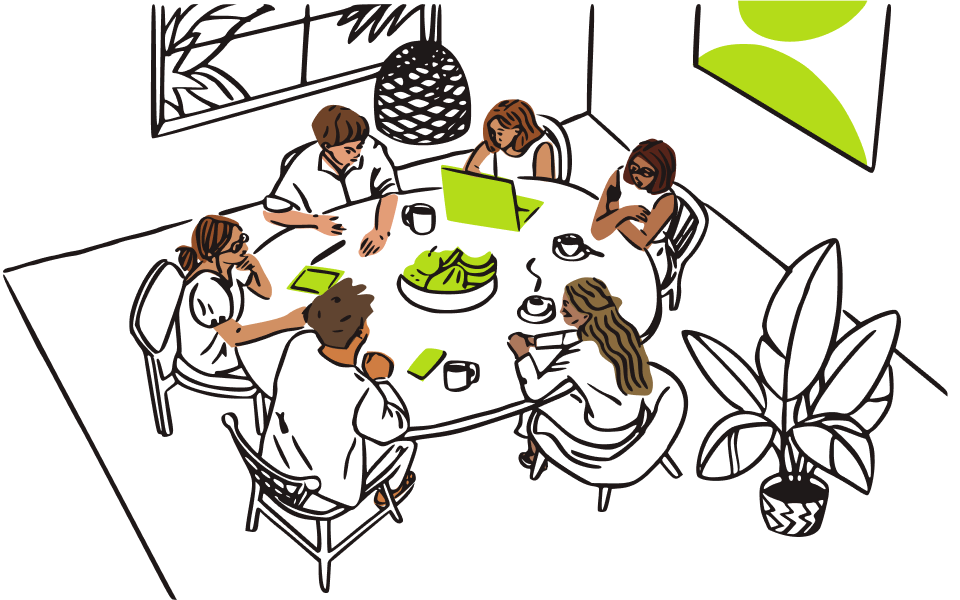
Virtual First, not virtual only: Our latest research on in-person connection
Published on July 31, 2024
Virtual First, our primarily remote working model, was created with intentionality and flexibility at its core. From our frameworks for gathering to the tools we use at work, Virtual First has allowed us to experiment with new approaches and has turned Dropbox into a lab for distributed work.
One of our company values is Make Work Human. While we mostly operate virtually, we firmly believe there’s no substitute for real-life interaction. That’s why we encourage teams to come together regularly in person. These moments of connection are essential for building trust, which not only improves team engagement, but helps us move more quickly and get work done in new ways.
As we blaze our own trail in modern work, we’re excited to share our latest research and learnings around human connection, team effectiveness, and coming together in a distributed world—or, as we call it, the art of gathering in Virtual First.
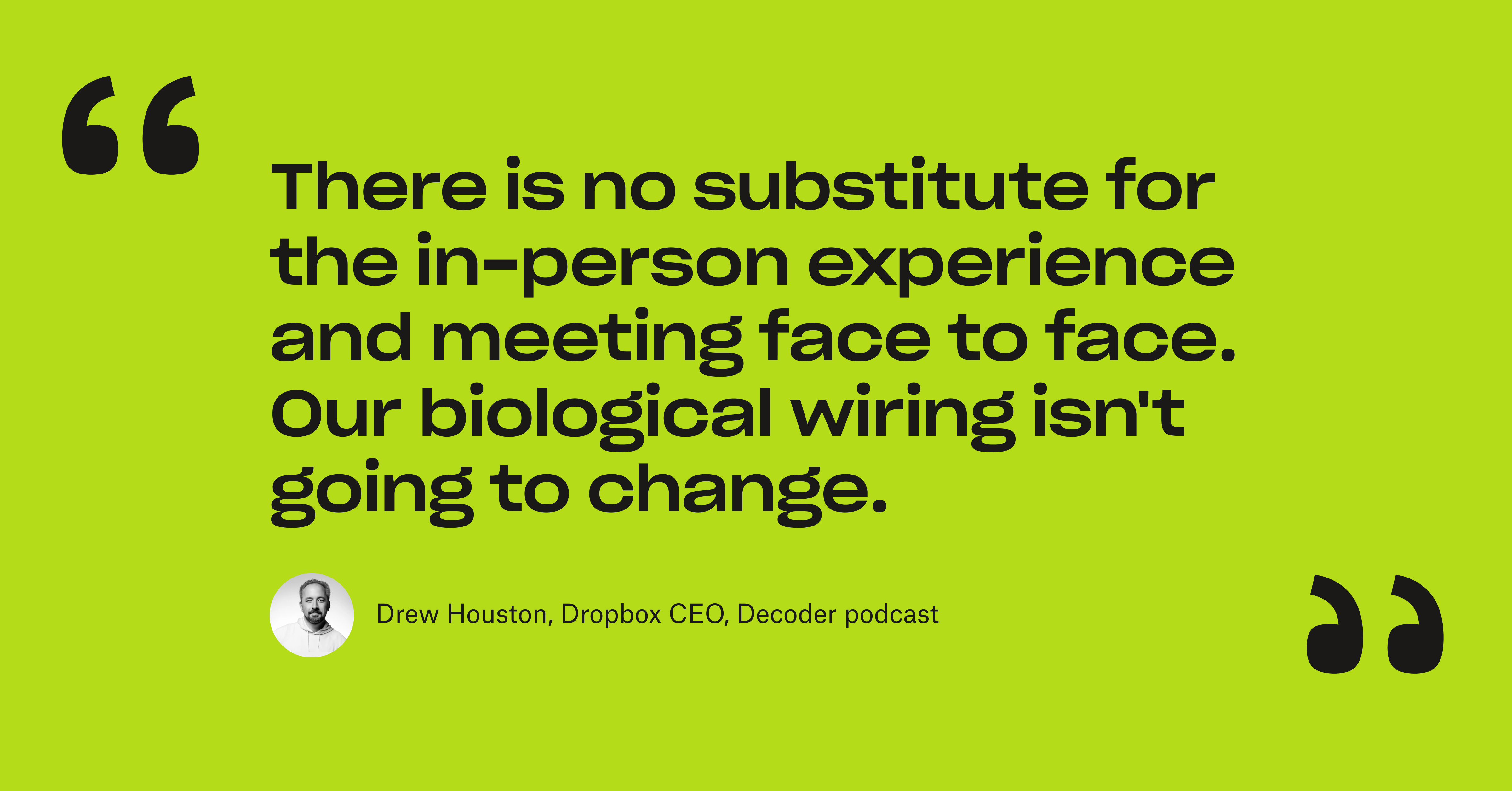
Why we gather
Our teams aim to gather on a set cadence based on their needs and goals. These gatherings help us achieve important business outcomes that influence productivity and effectiveness. In fact, 86% of our employees say that gathering has a meaningful impact on their team working together effectively.
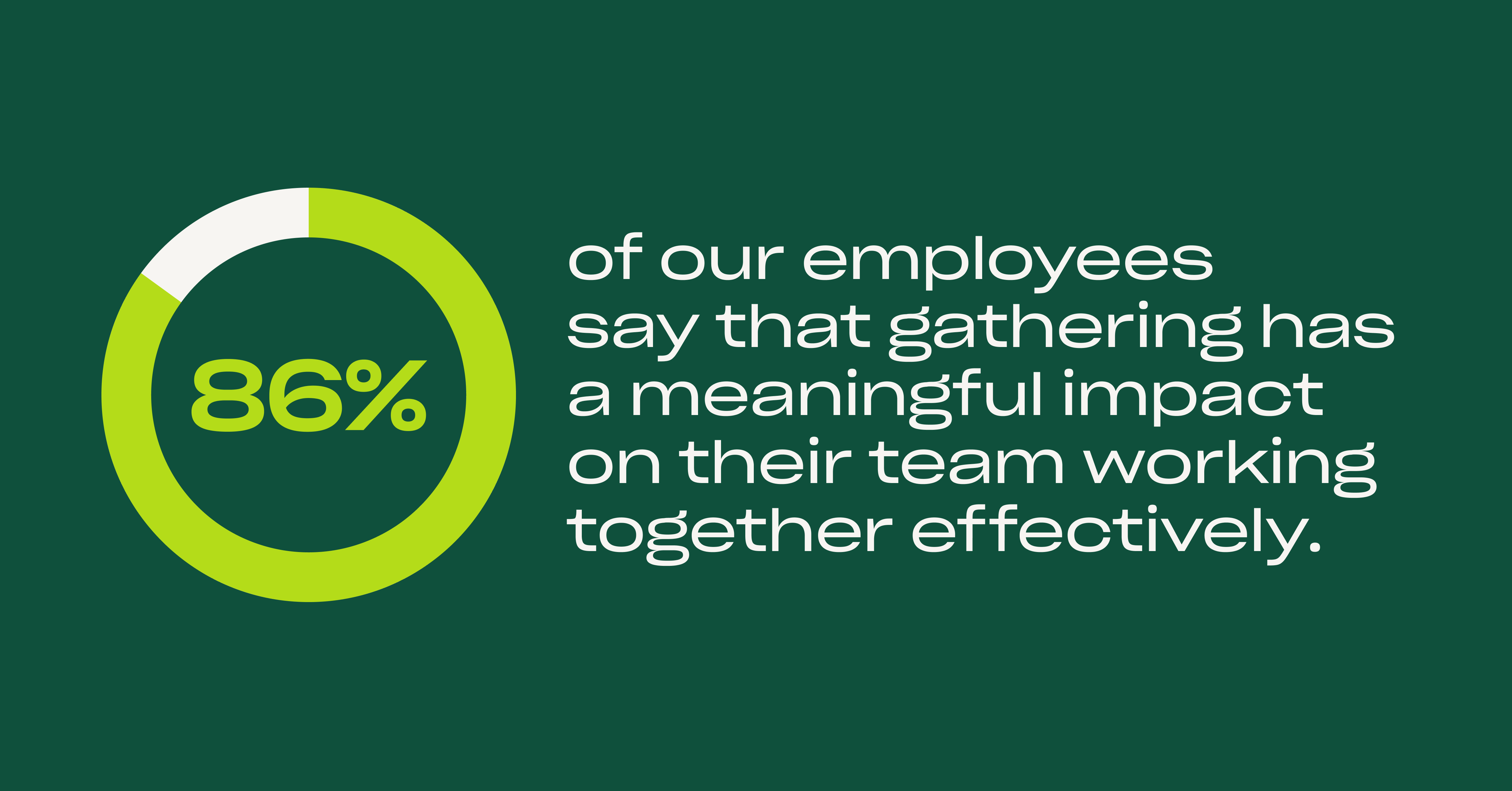
In-person gatherings also foster a sense of belonging, which is core to our operating model. Notably, employees who feel successful in Virtual First are nearly twice as likely to feel a sense of belonging at work. We found that belonging at Dropbox is highly impacted by strong team relationships and opportunities for self-expression. Employees highlighted in-person touch points like offsites and Dropbox Neighborhood events as reasons they felt that sense of belonging.
We’re also mindful that moments of connection are key to combating feelings of loneliness, isolation, and burnout. We design our in-person gatherings with this in mind. Along with solving complex problems, teams focus on building trust and creating psychological safety.
Methods of gathering
Different teams have different needs for coming together in person. With a more defined gathering matrix model—how we decide what method of meeting is best for the desired outcome—we’re able to meet those needs in a way that doesn’t try to fit every gathering into one box.
Traditional offsites
Traditional team offsites are held at a Dropbox Studio or on-demand space and involve a structured agenda of events, including strategy or planning sessions, along with team building activities.
From surveying employees about their experiences with traditional offsites in the first half of the year, we found:
- 95% of respondents were satisfied with their overall offsite experience.
- 71% noted they felt more connected to their team after attending the offsite.
“After surveying employees who recently came together for their team offsite, three main business outcomes were reported as a result: aligned on future plans; learned something new together as a team; and increased our team’s ability to share relevant information. This is a great indication of the impact of in-person connection in a virtual world, not only for our relationships, but for the effectiveness of our teams, and ultimately for our business and company initiatives overall.”- Caileigh McElvain, Lead Analytics Business Partner for Virtual First
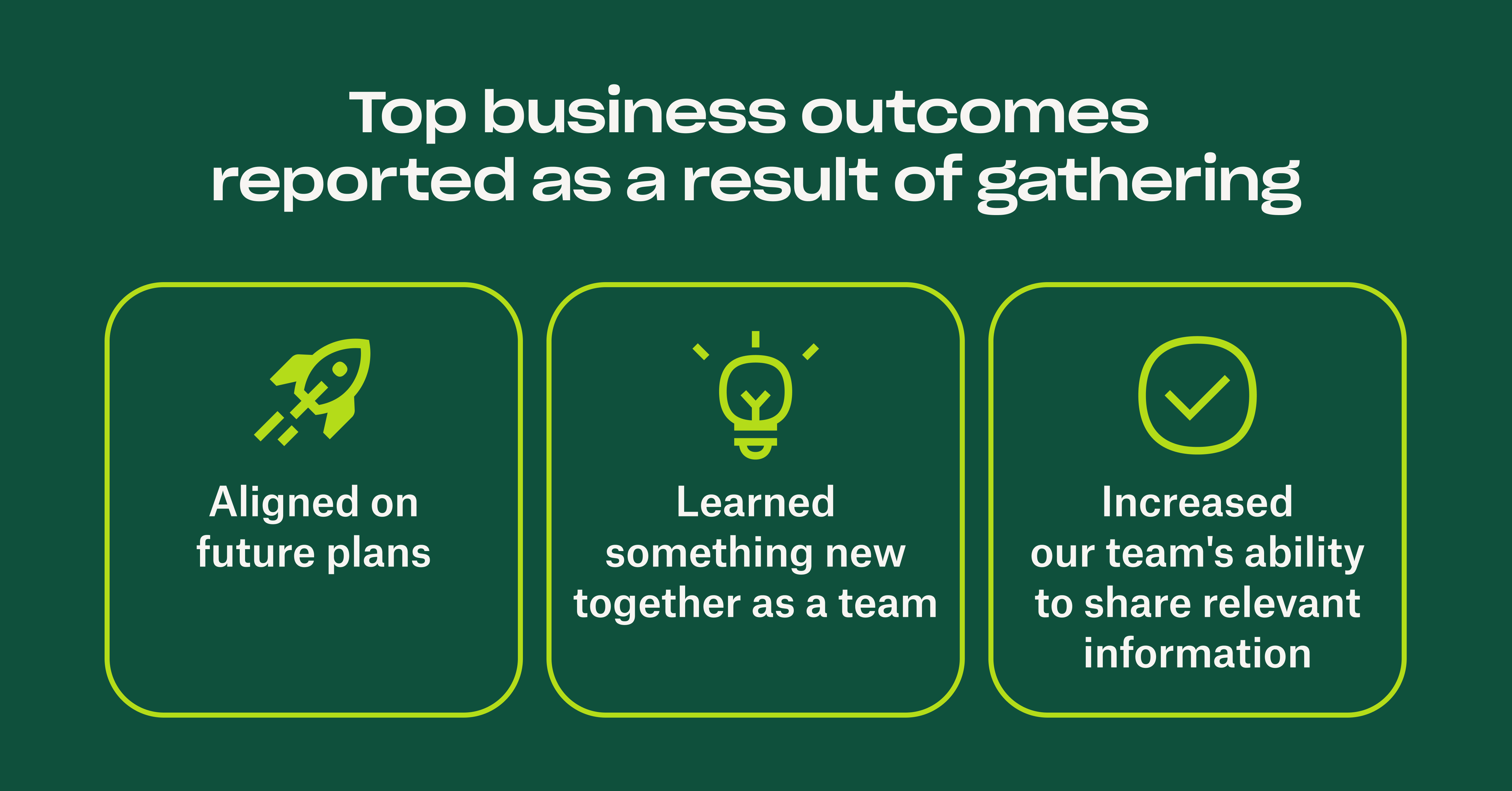
Retreat-style offsites
When the priority is team cohesion, bonding, and sparking innovation, we recommend retreat-style offsites. These highly curated, experiential gatherings help teams find inspiration, deeper focus and meaningful connection. At retreat-style offsites, employees can participate in activities like team building exercises, deep dives around effectiveness and innovation, or creative workshops, which helps build better connection and clear communication, and allows for personal expression.
As a result of attending the retreat-style offsite:
- 99% of respondents were satisfied with their overall retreat-style offsite experience.
- 93% noted they felt more connected to their team after attending the retreat-style offsite.
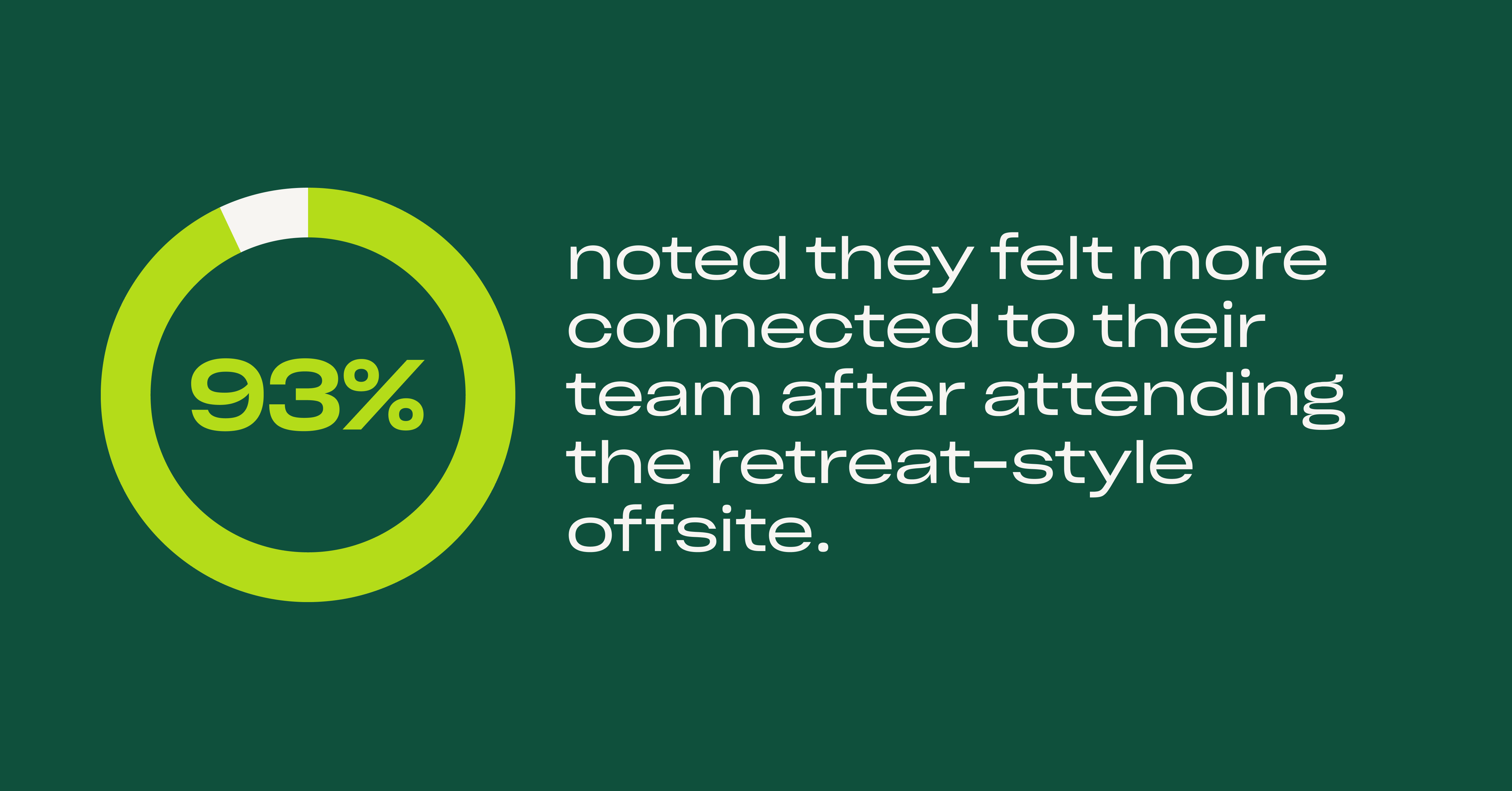
Coworking
Teams also have the choice to gather for general coworking, where immediate teams come together to make progress on an output-based goal. These typically include working on day-to-day projects or business moments like product launches. Teams who gather for general coworking on end-of-year goals have reported it’s helped them make faster decisions and execute projects better.
We’ve also heard from teams that they’d love even more opportunities to collaborate with cross-functional partners in person. To meet this need, we recently launched anchor weeks, which allow larger working groups to execute on specific goals, collaborate on urgent deliverables and overlapping projects, and streamline decision making. These gatherings are more informal and planned as-needed, with no agendas except coworking together on set objectives and desired outcomes. We’ve found this also has the added benefit of relationship building, as trust is often built through solving hard problems together across a variety of teams.
Upping our in-person game
By offering different gathering options, we’ve been able to see what resonates and makes the most impact, and make adjustments as needed to improve in-person connection. We also understand that planning these gatherings requires a lot of time, effort, and for some leaders, new skills. With that in mind, we launched our Offsite Planning Team (OPT), a concierge of internal employees who offer end-to-end support on everything from location scouting and event space bookings to programming and travel.
According to our most recent Offsite Planning Team Report:
- The OPT planned over 70 offsites across the company in the first half of the year.
- 96% were specifically satisfied with their support from OPT.
- Across all offsite modalities, the Offsite Planning Team helped Dropbox employees reduce time spent planning offsites by 30% in the first half of this year.

As a supplement to our Offsite Planning Team, we’ve created a self-service version of our concierge team, called “Offsite In A Box.” Similar to working with the Offsite Planning Team, this is an end-to-end resource for planning team gatherings. Employees can now easily access the same planning playbooks utilized by the Offsite Planning Team, which takes the guesswork out of planning an in-person gathering, regardless of which modality you choose. According to our recent OPT report, 95% of respondents noted they were satisfied with the self-serve resources offered to them.
To ensure we’re maximizing the gathering schedule across the company, we’ve also rolled out a company-wide offsite calendar that provides visibility into all offsites and events happening across Dropbox. This calendar tool has made it easier for cross-functional teams to sync in person or coordinate their respective offsites for heightened collaboration opportunities, as well as find inspiration and efficiencies in planning future gatherings.
"The connections I have made at our offsites have been so valuable. I know more about what my team members and cross-functional team members are working on, what is top of mind for them, and what org priorities we have." - Dropbox survey participant feedback around in-person gatherings
We’ve learned so much on our Virtual First journey about connection and collaboration that has transformed how we gather in person. Looking ahead, we plan to further build out our full suite of gathering playbooks and pilot new methods of working together to improve our concierge experience and the self-serve content we offer.
As the conversation around work evolves beyond simply remote versus the office, so does our approach to Virtual First. We’ll continue to explore the role of intentional, in-person connection—what it means for individual employees, teams, and companies—because we believe it’s key to the future of work.
And we look forward to sharing more of what we learn about the art of gathering in the future!


.png/_jcr_content/renditions/hero_square%20(1).webp)




.jpg/_jcr_content/renditions/1200x628%20(8).webp)


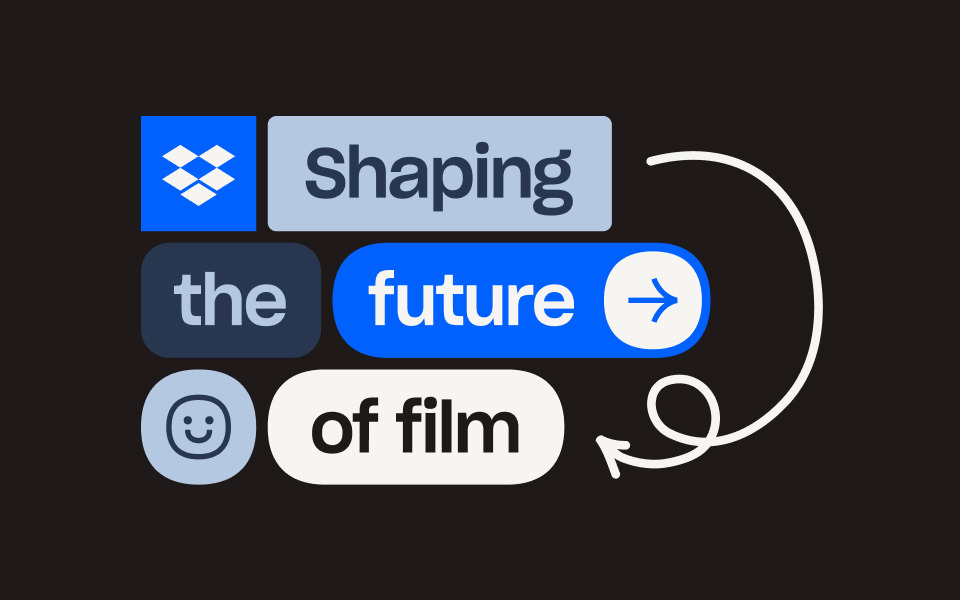



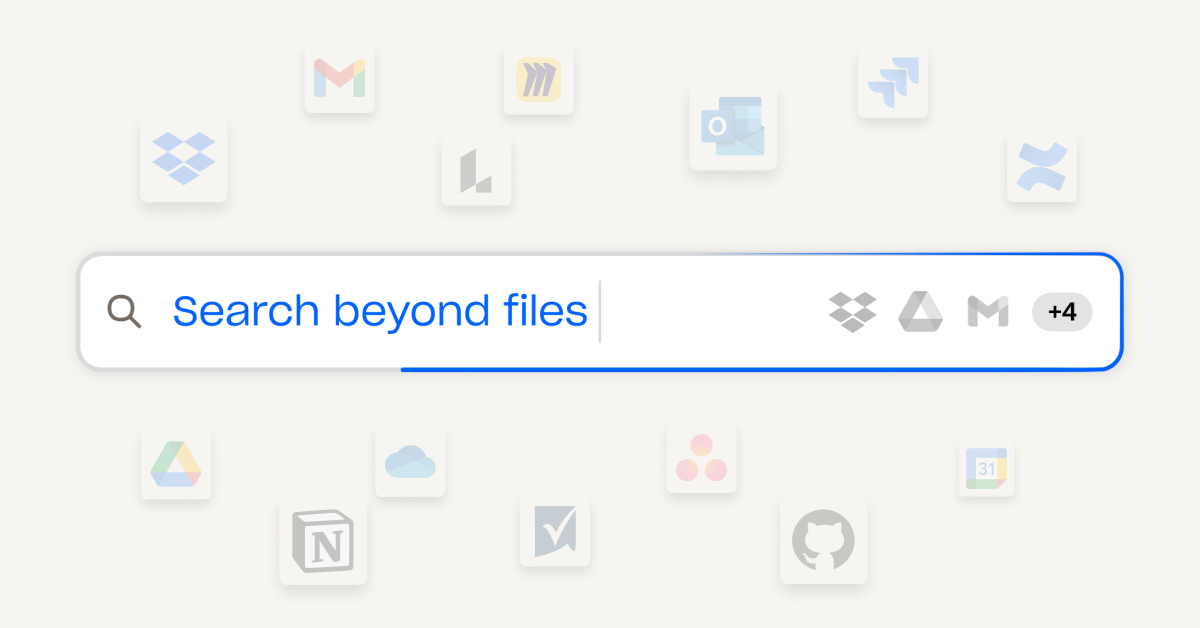
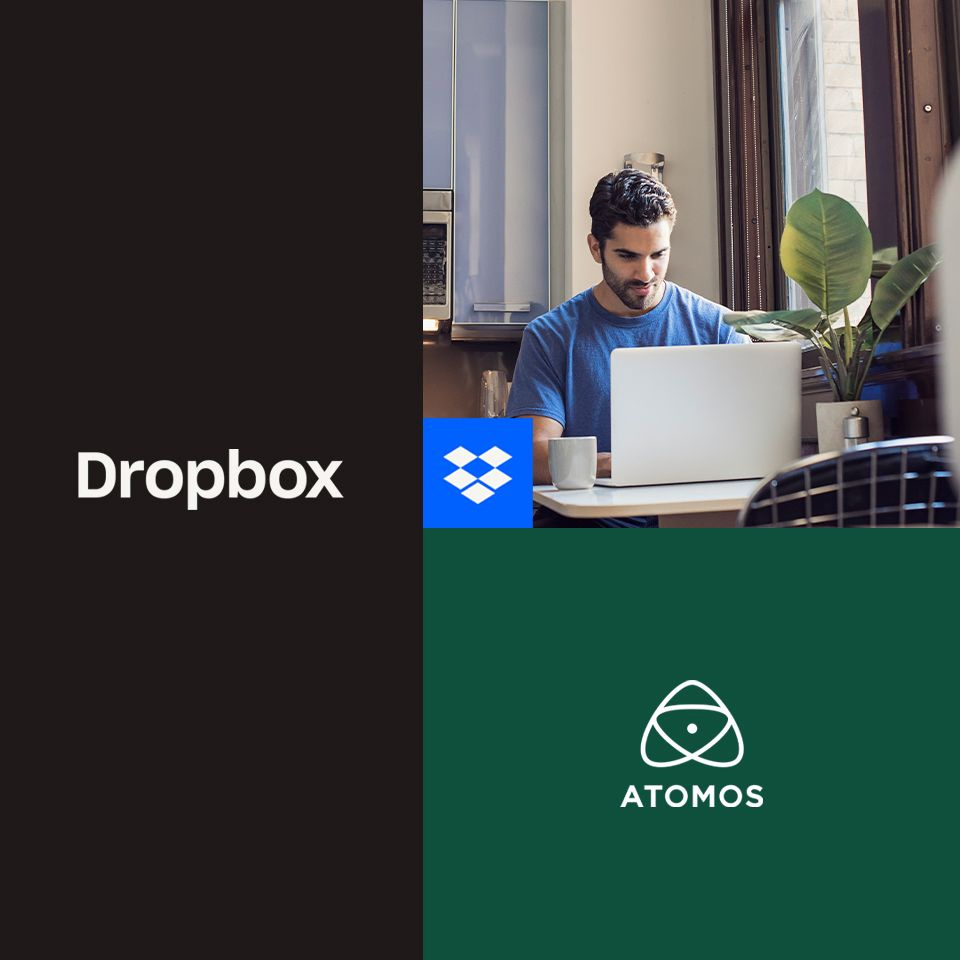


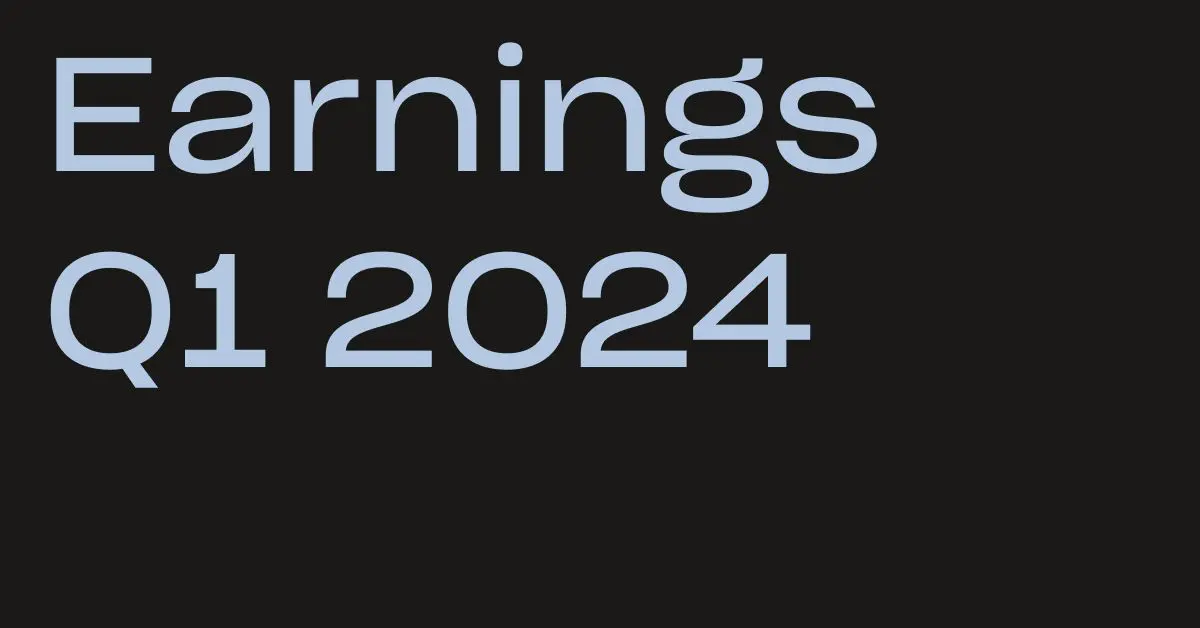
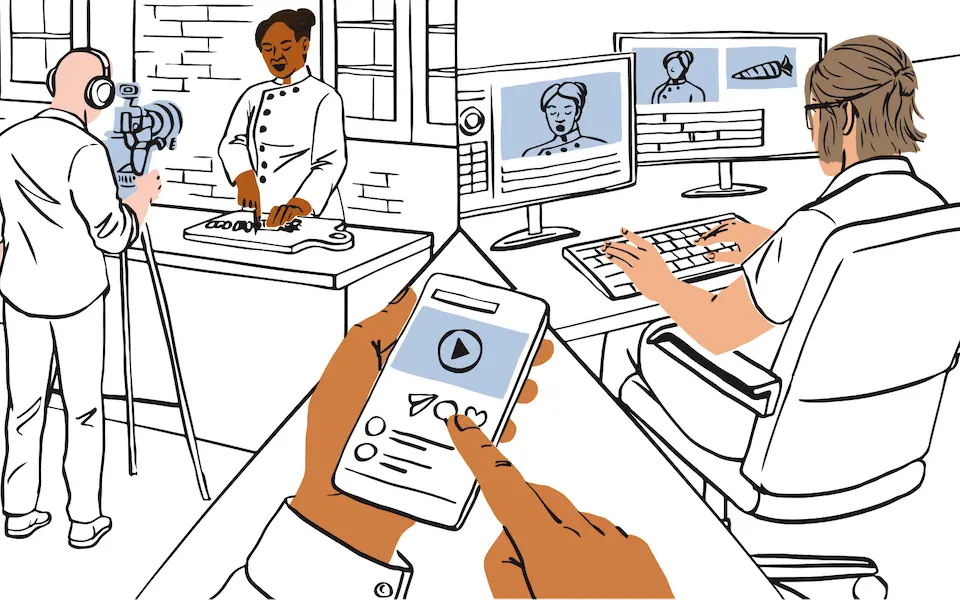

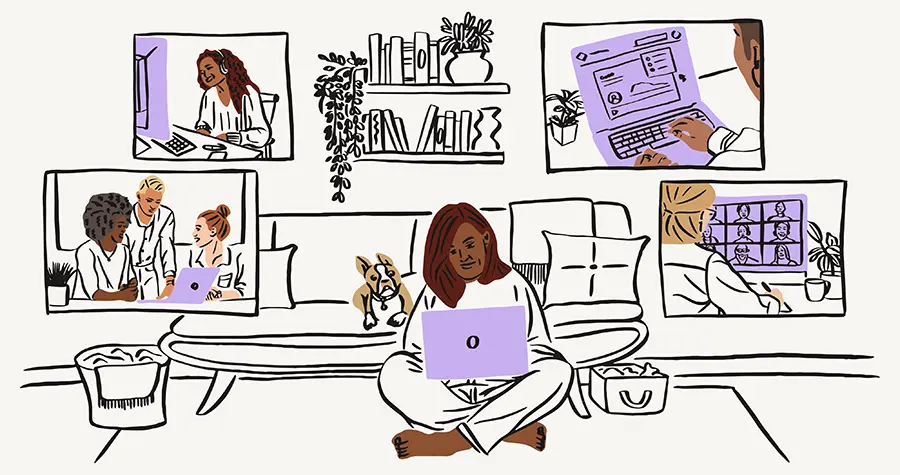

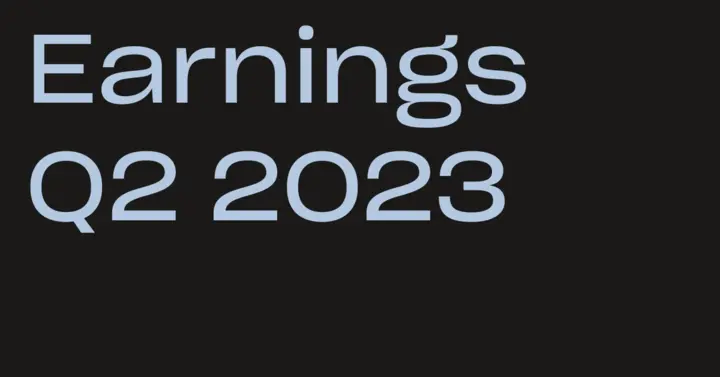
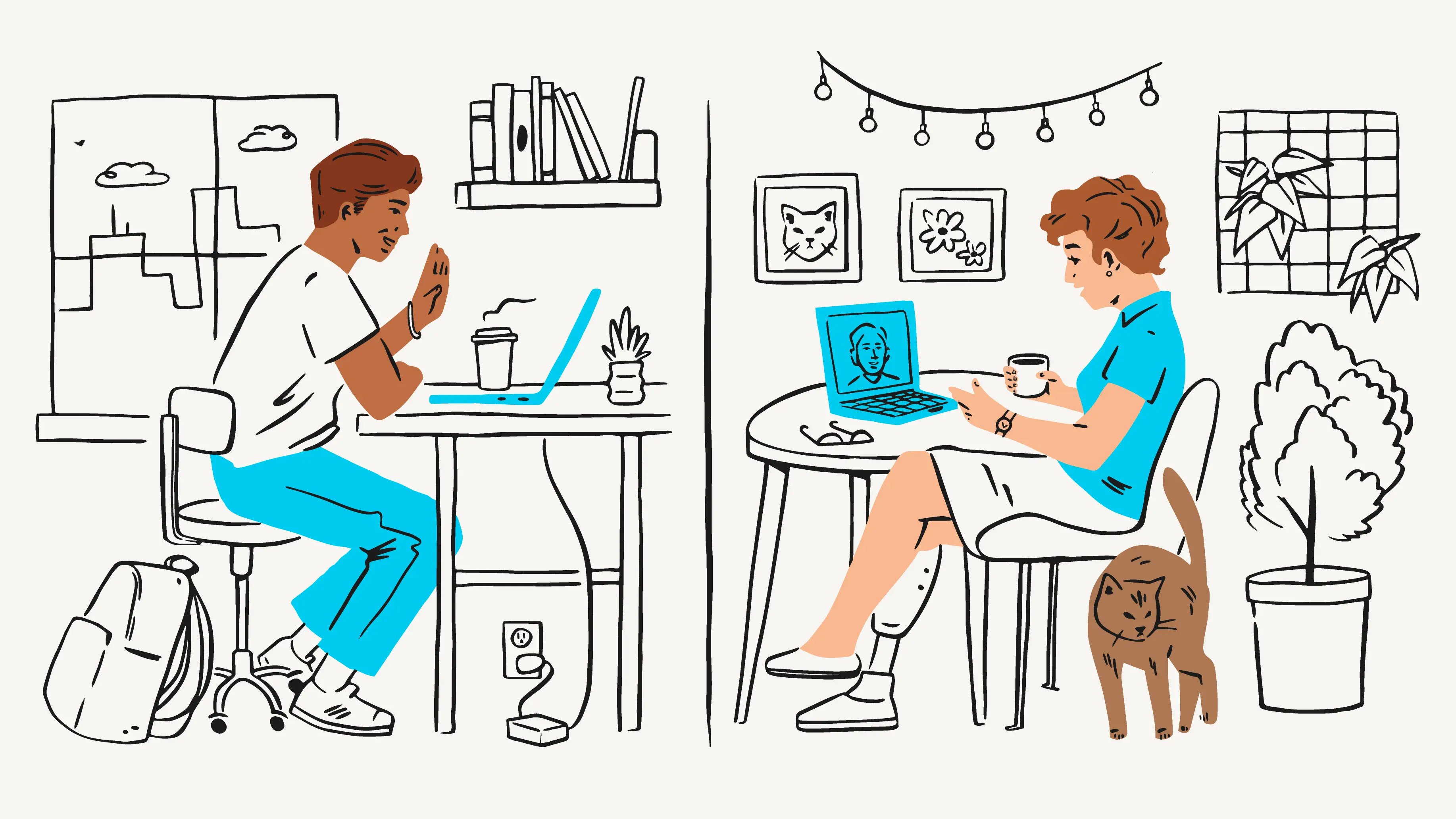
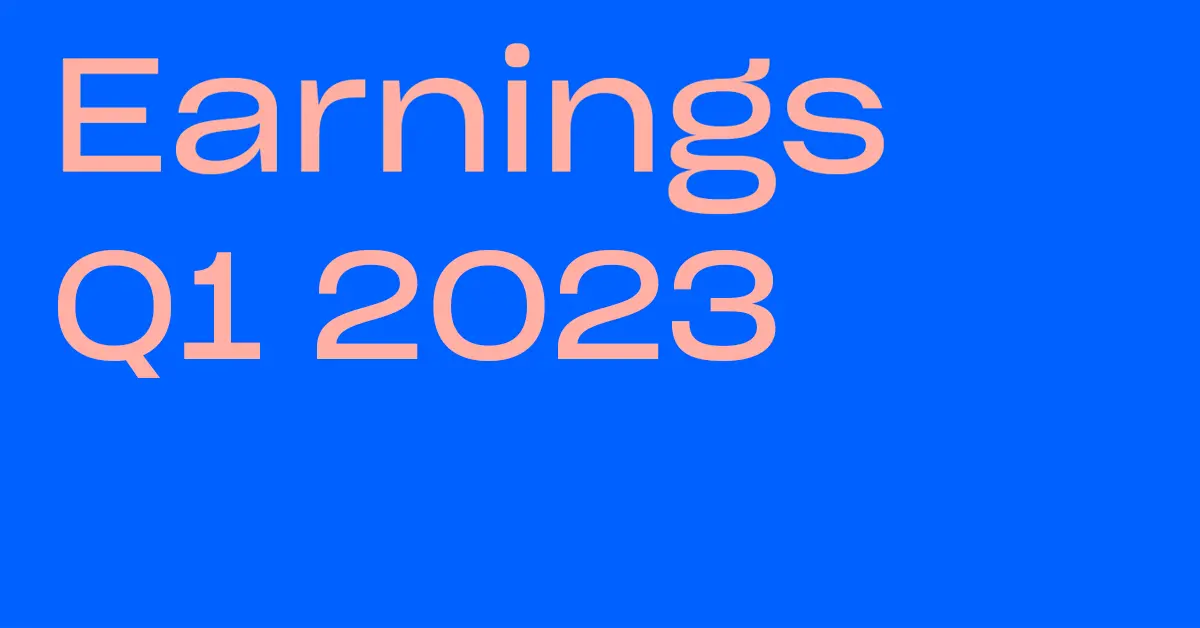

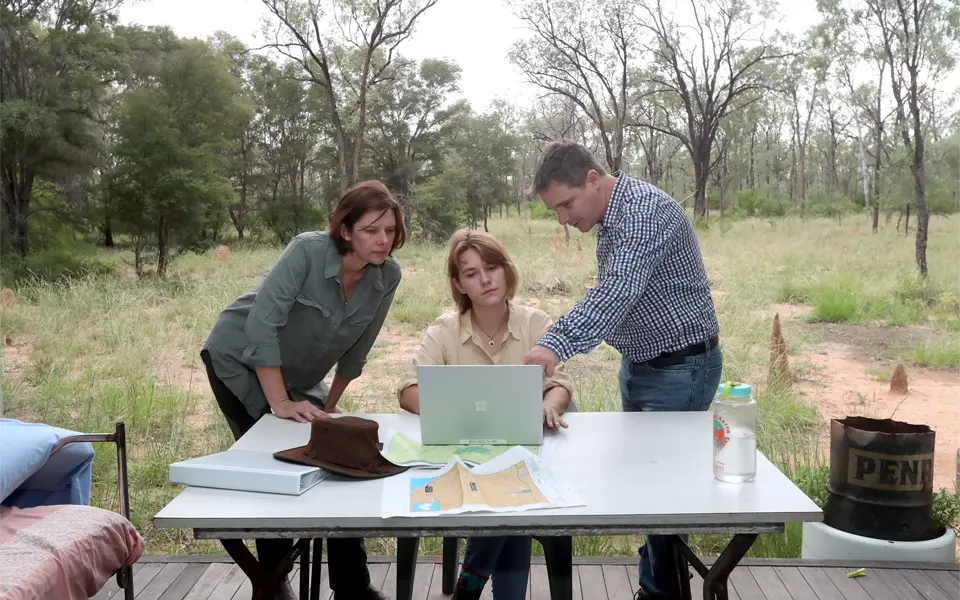
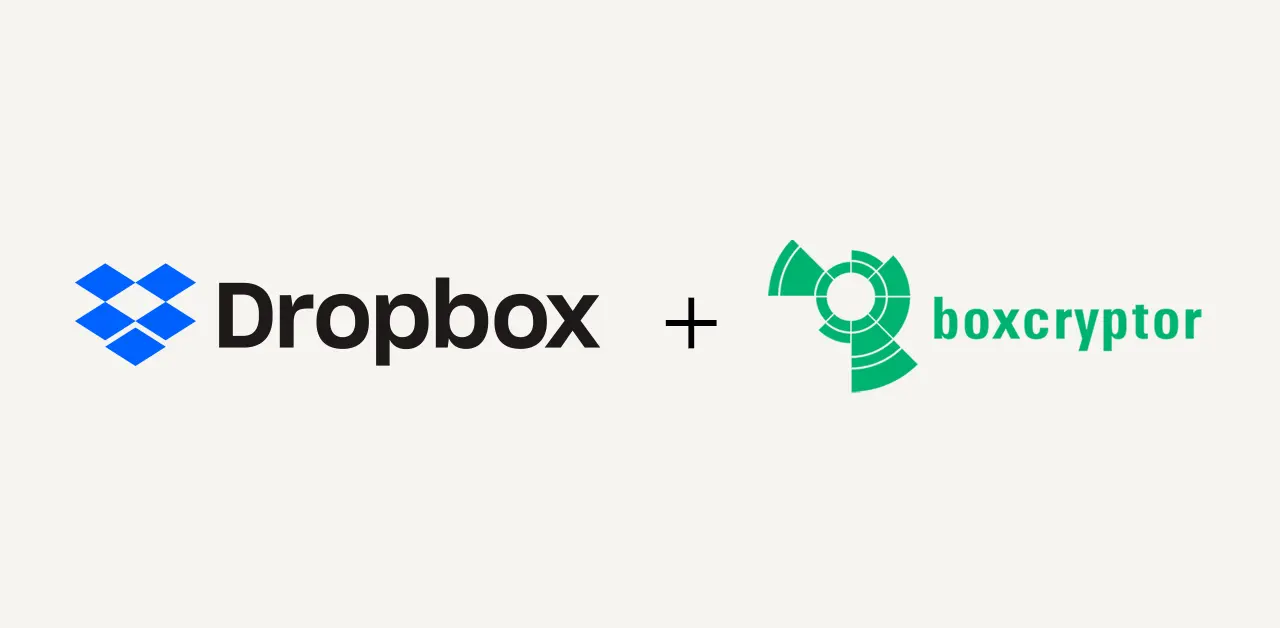
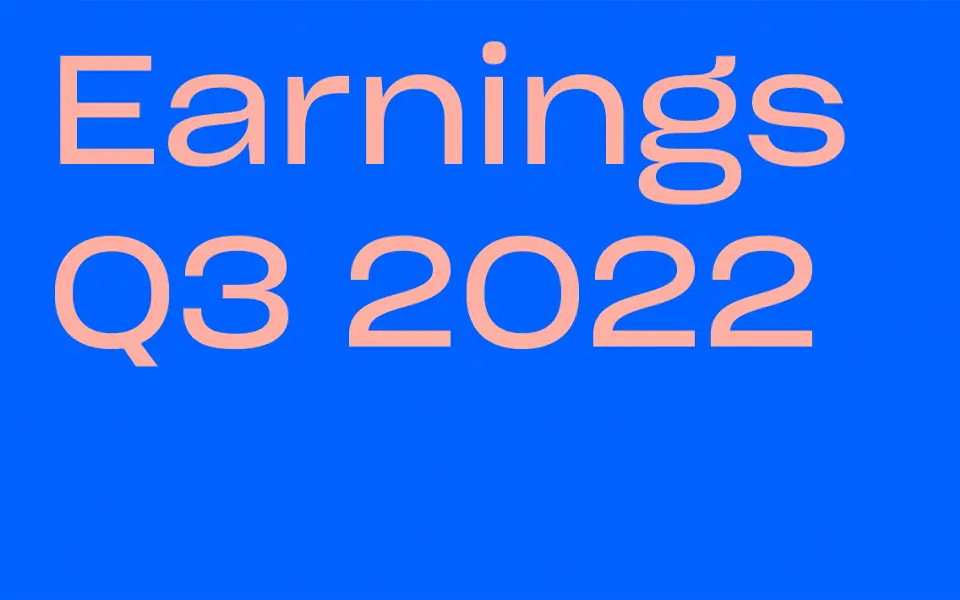


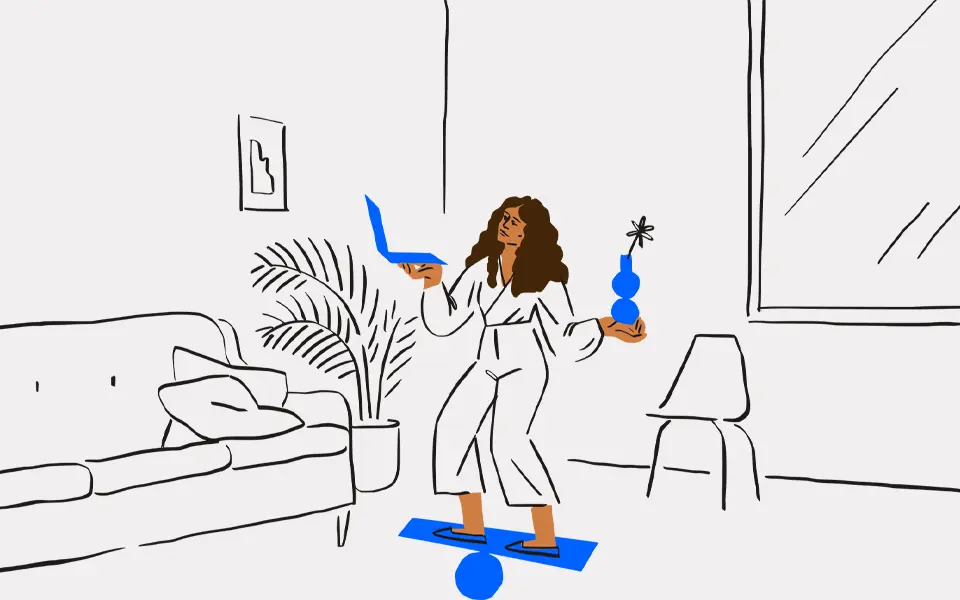



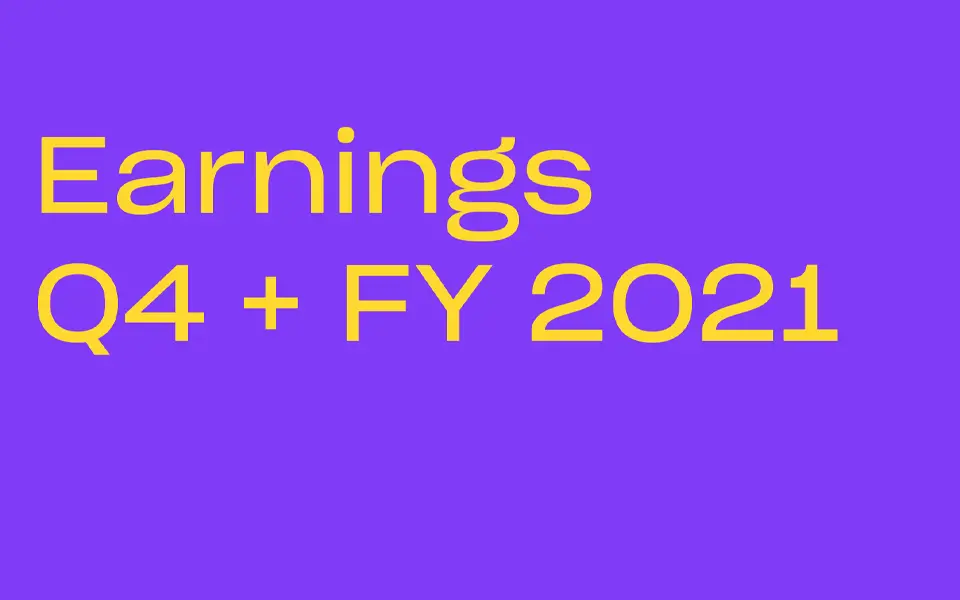
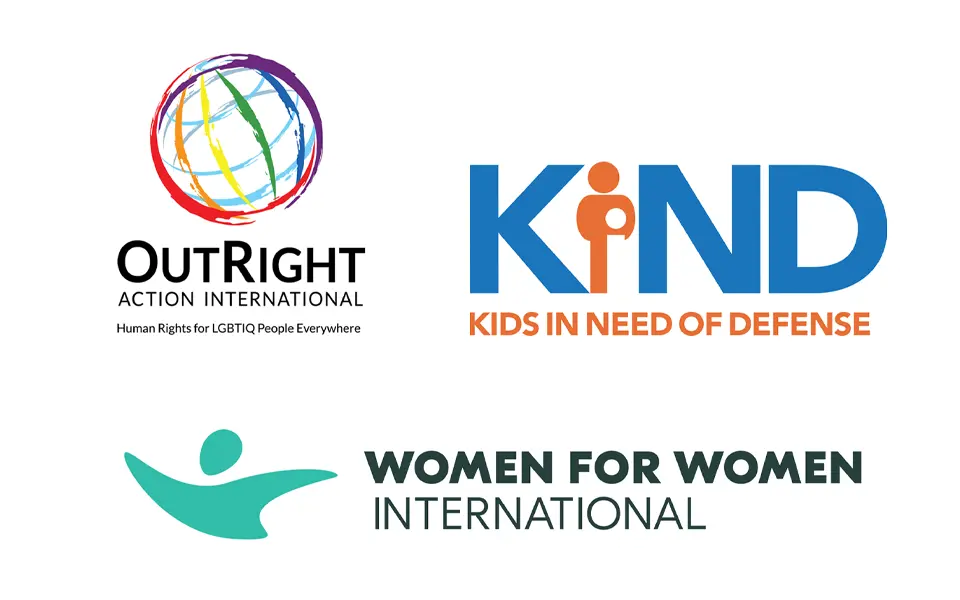
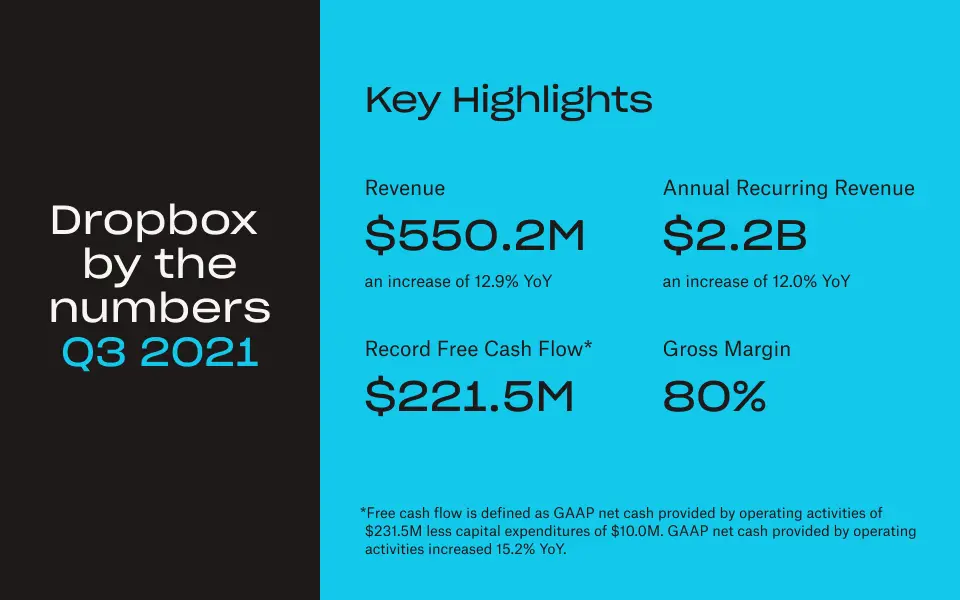

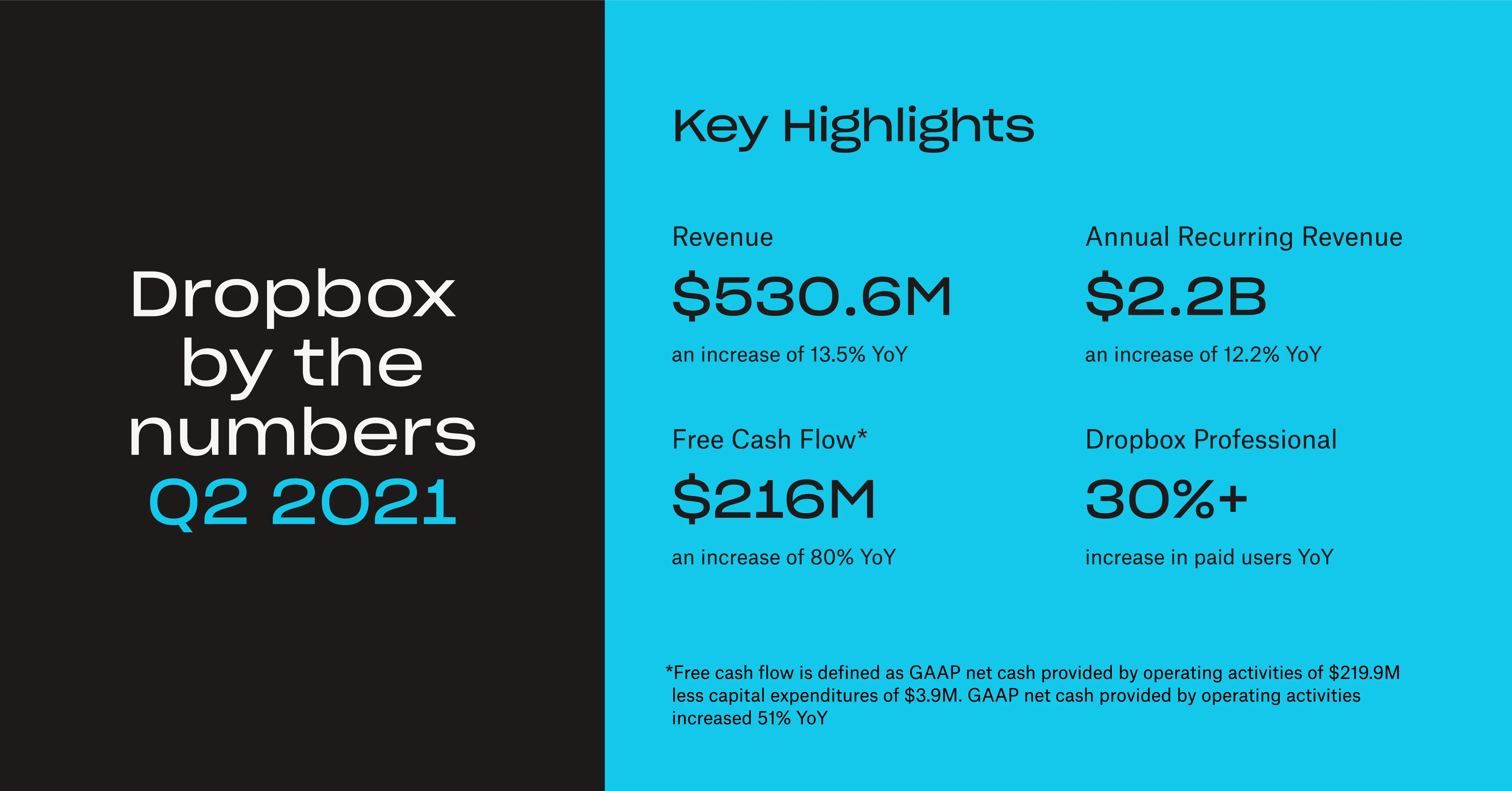


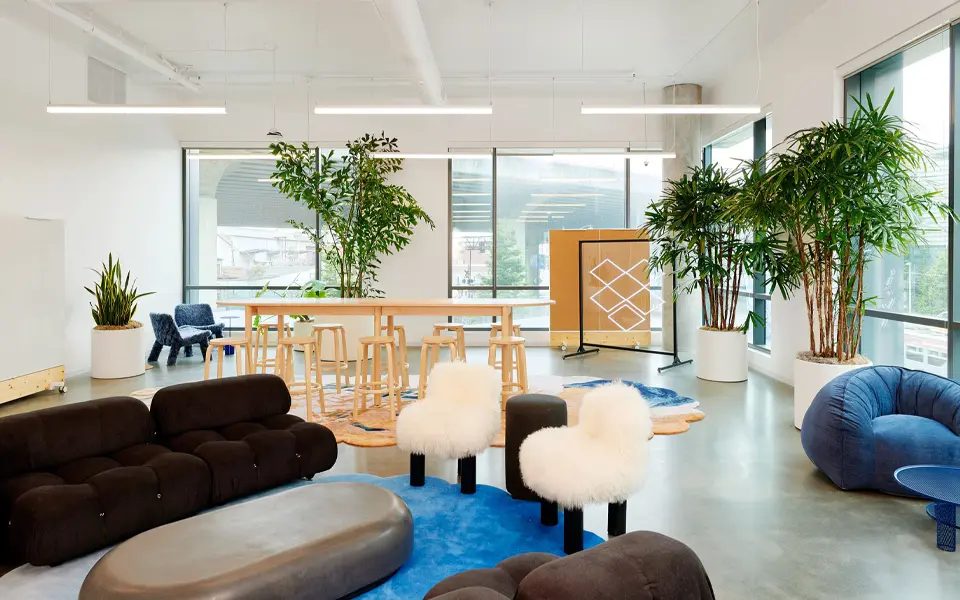


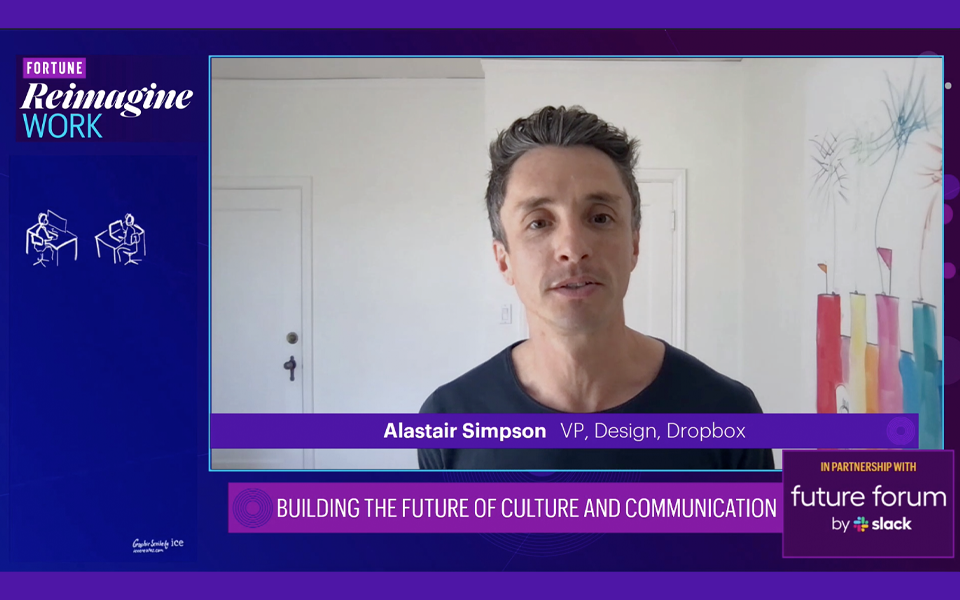
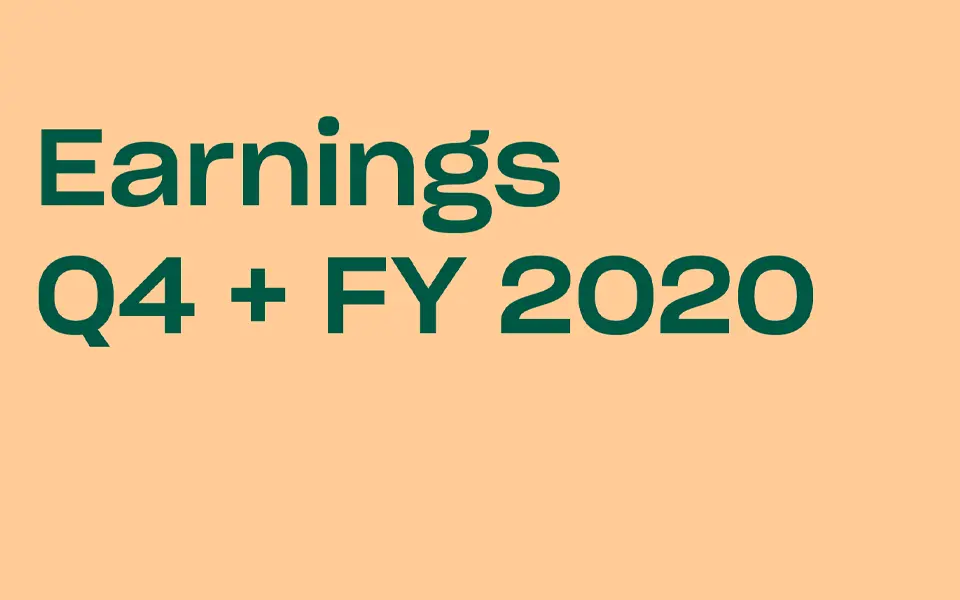
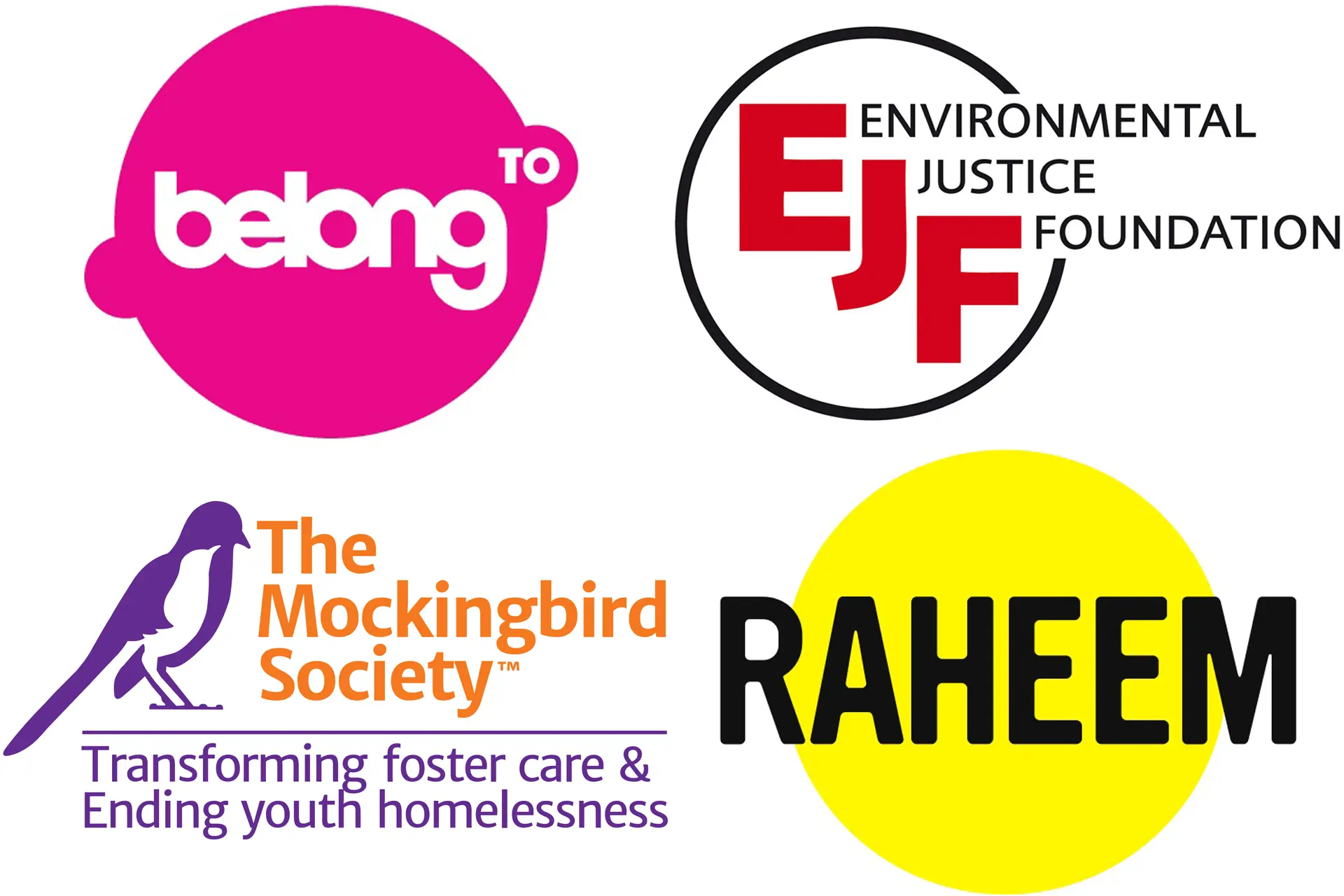
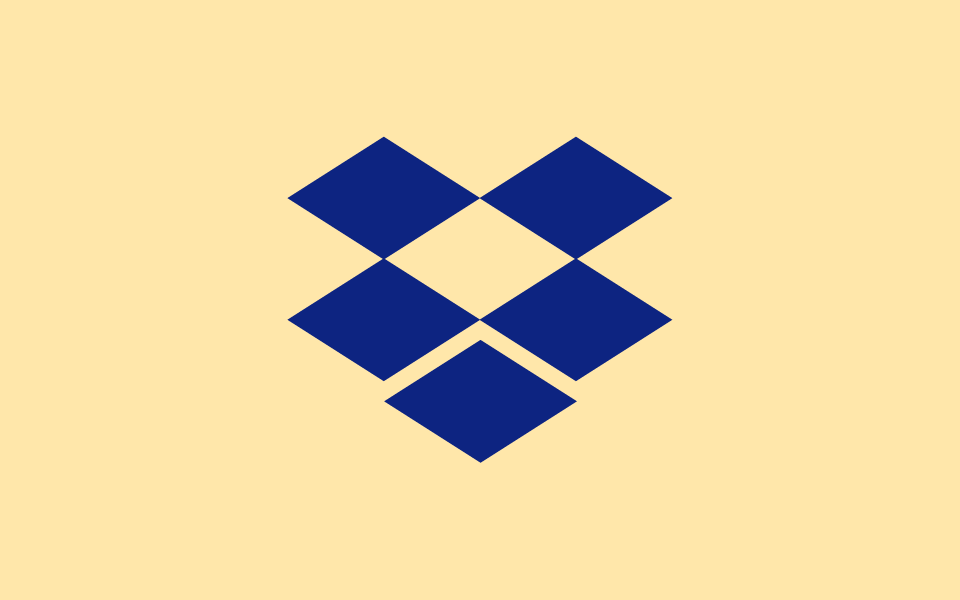




.png/_jcr_content/renditions/blog_(960x960).webp)
